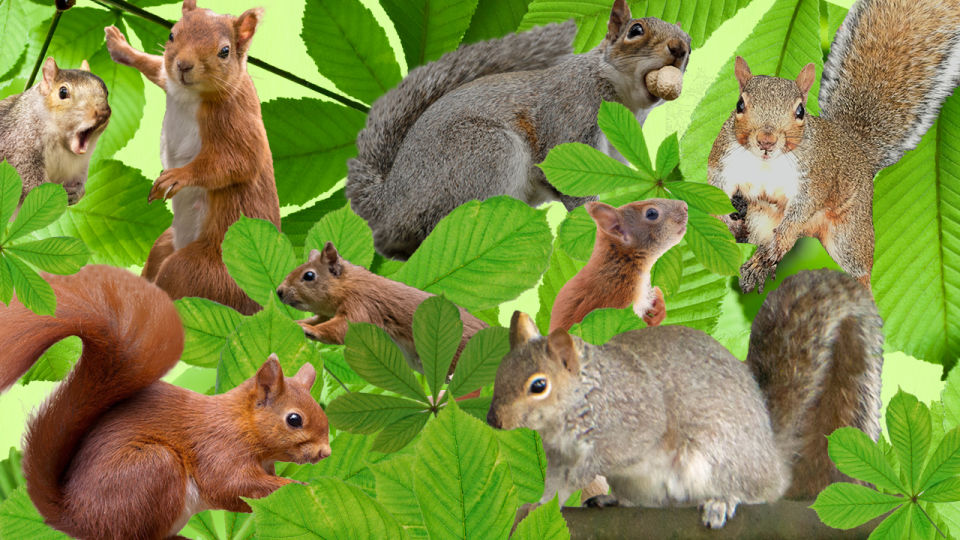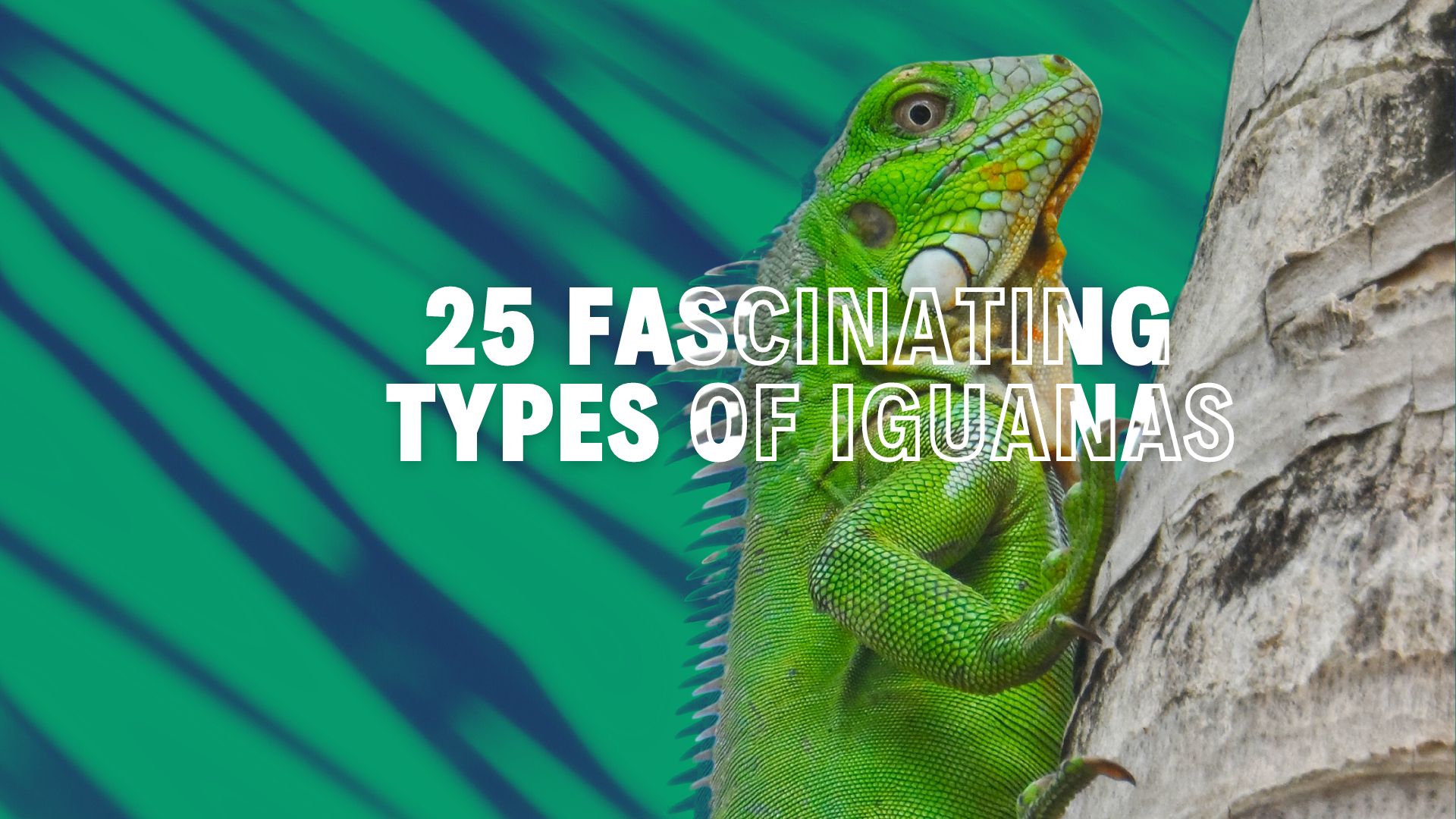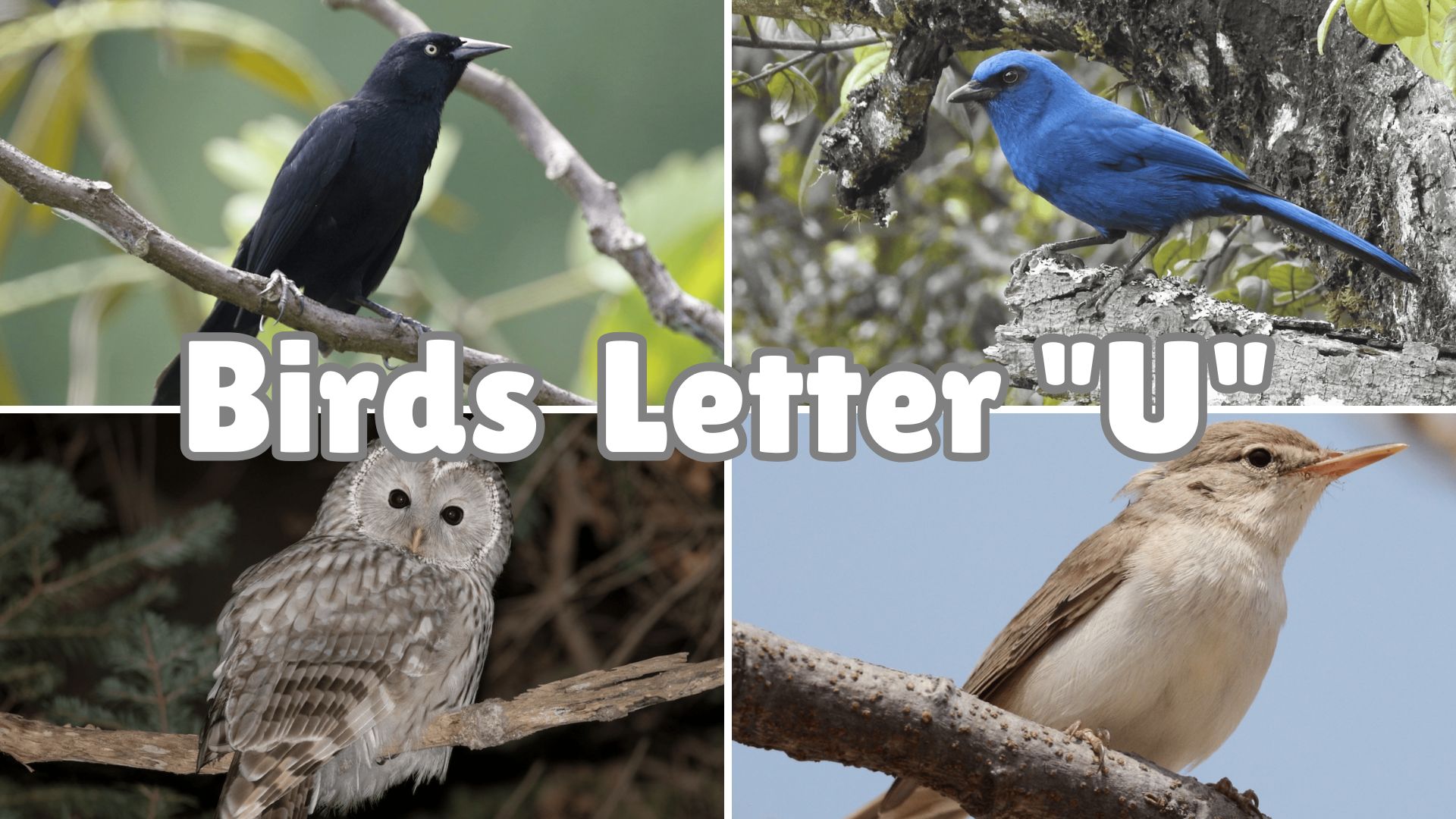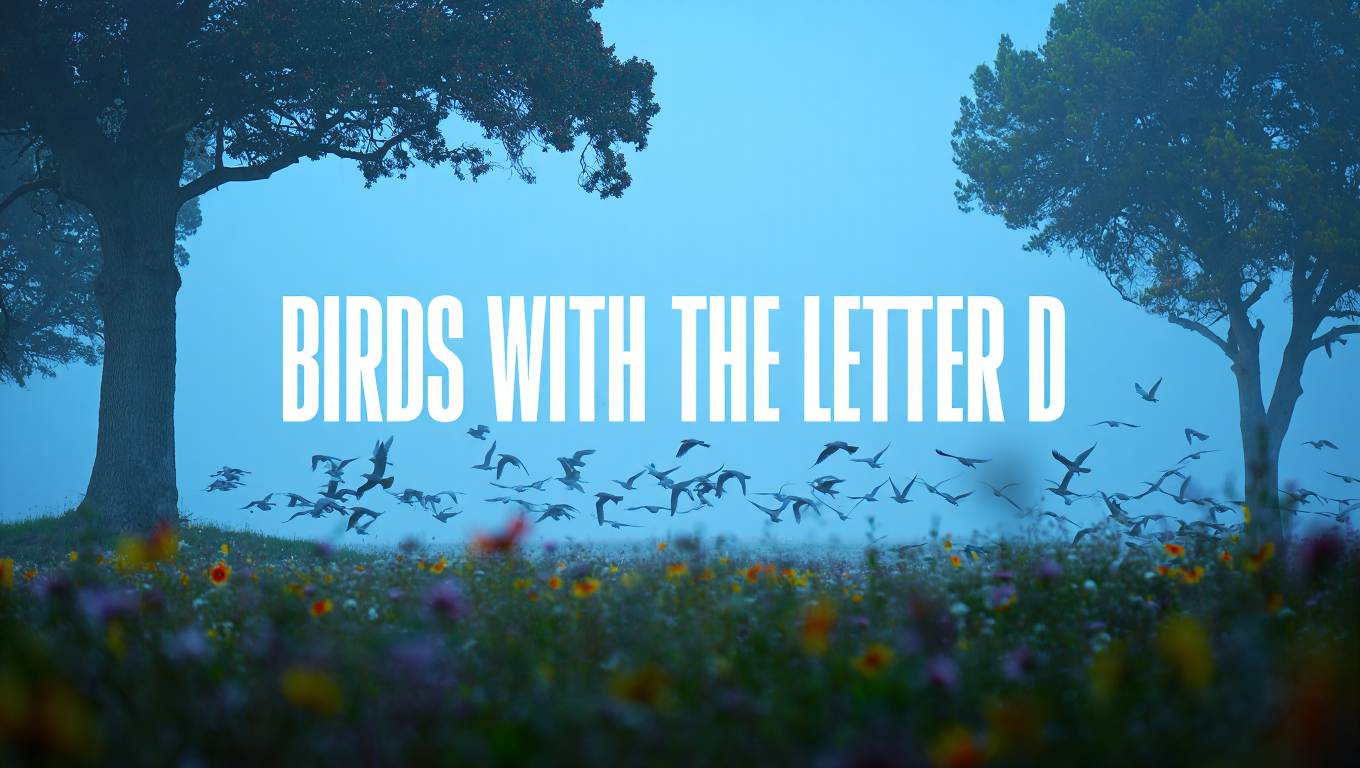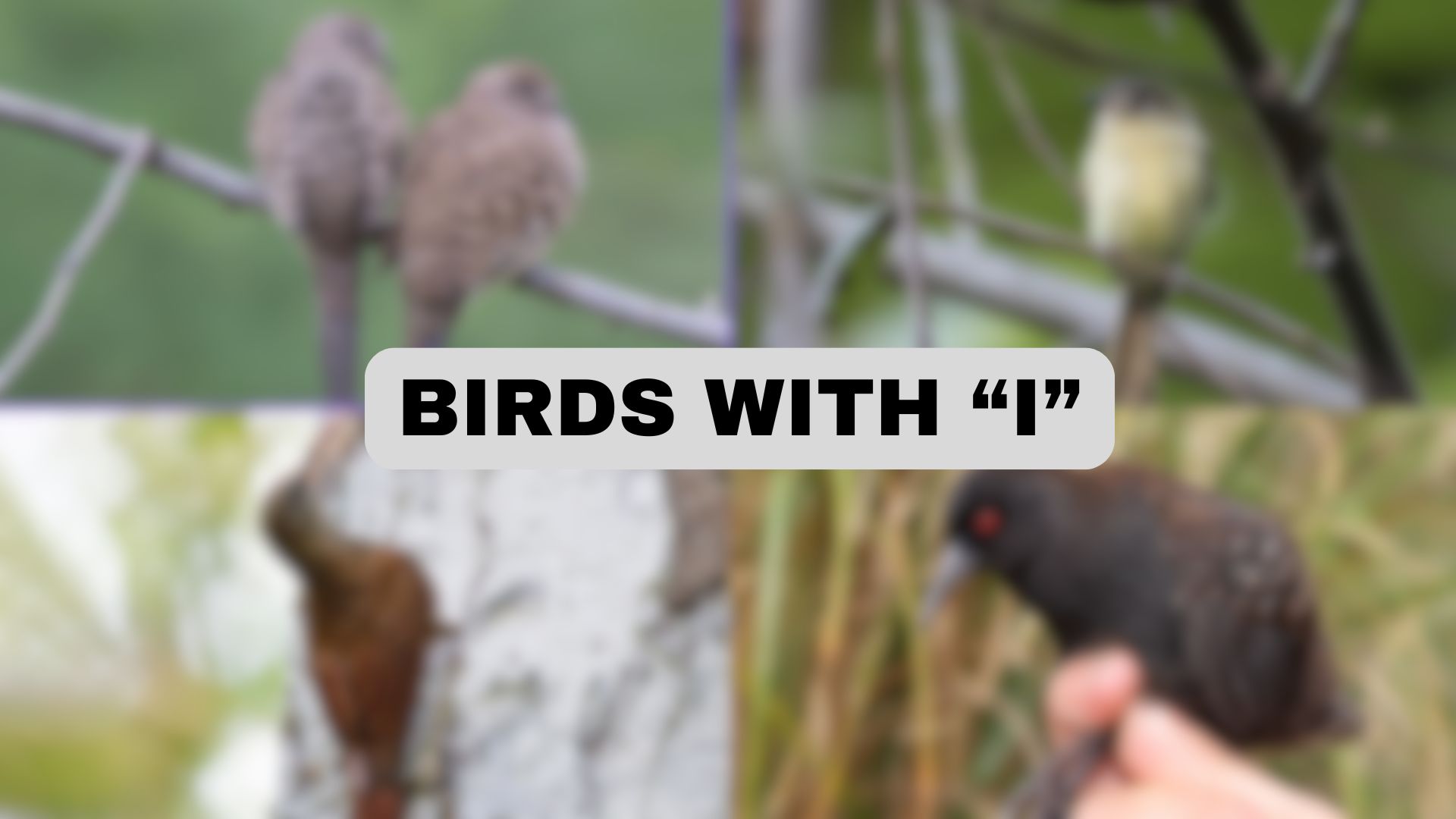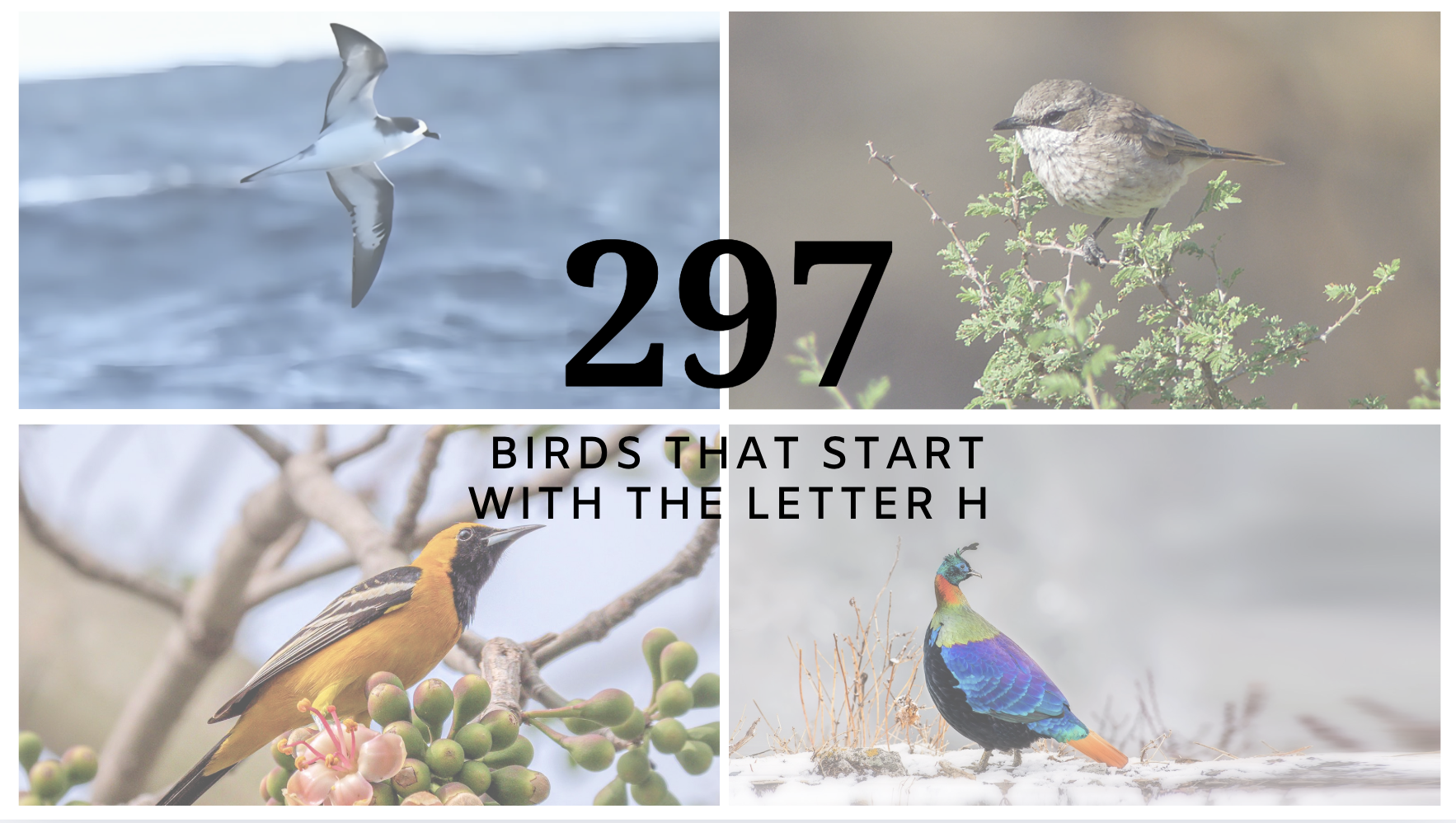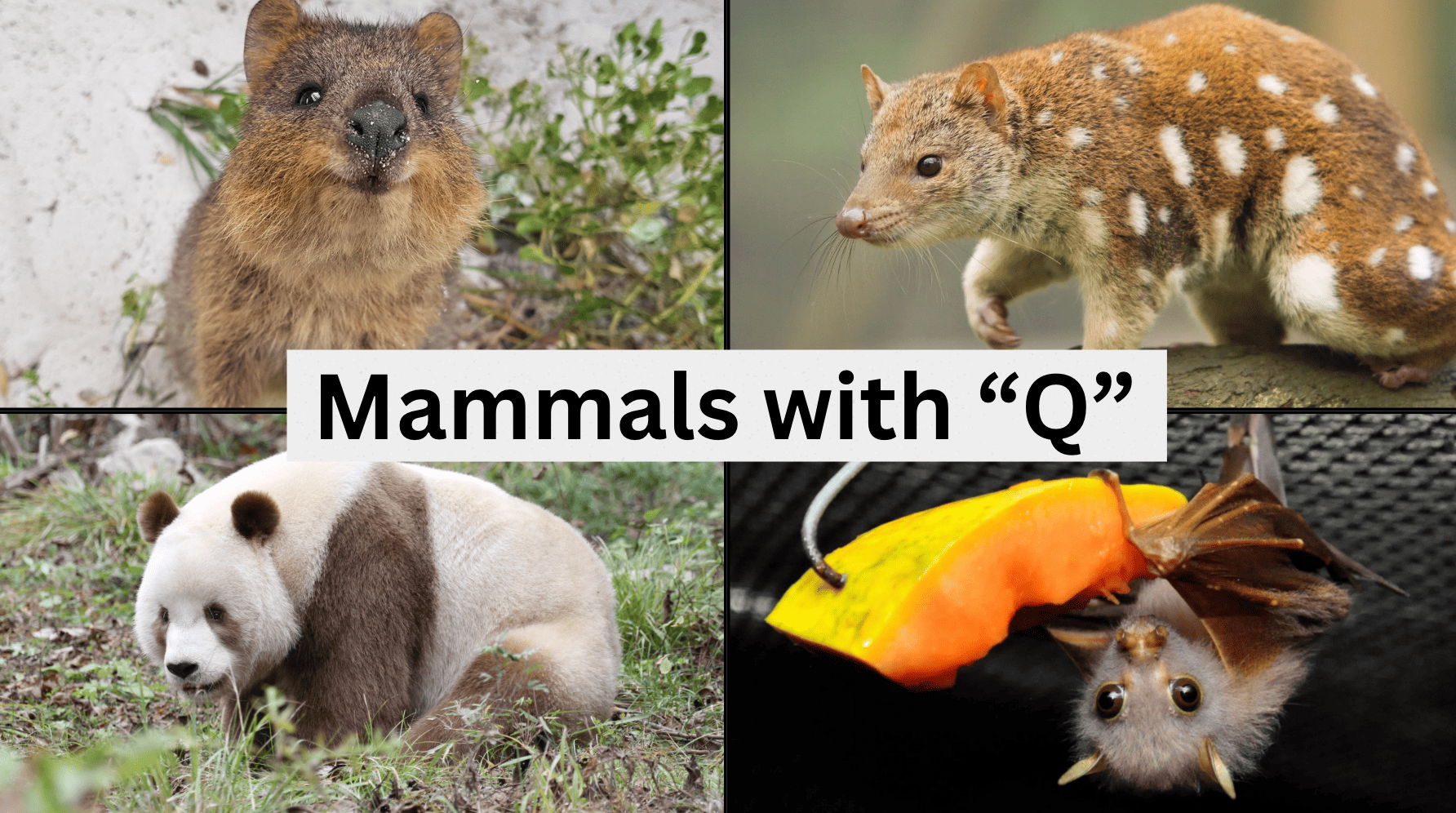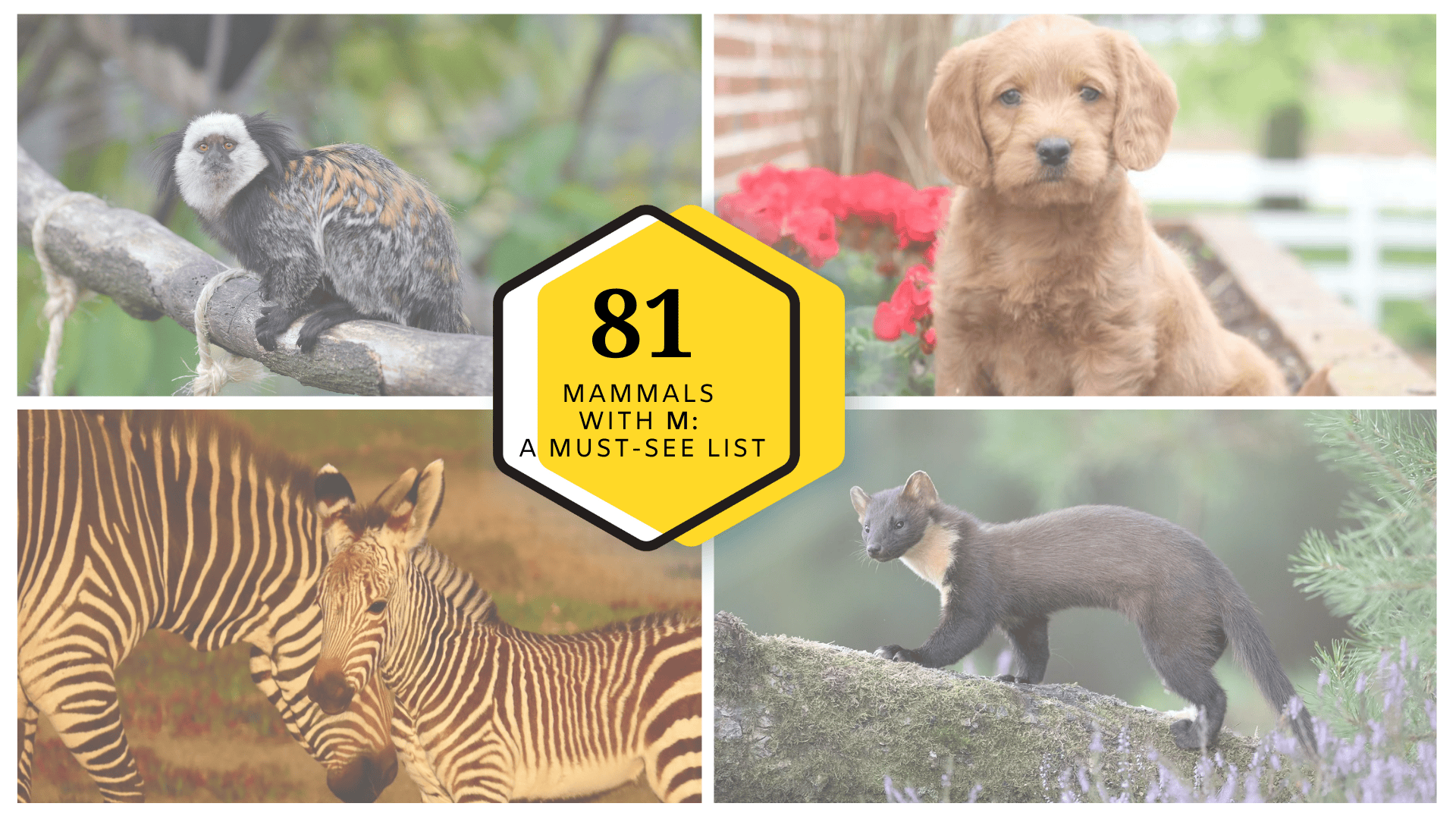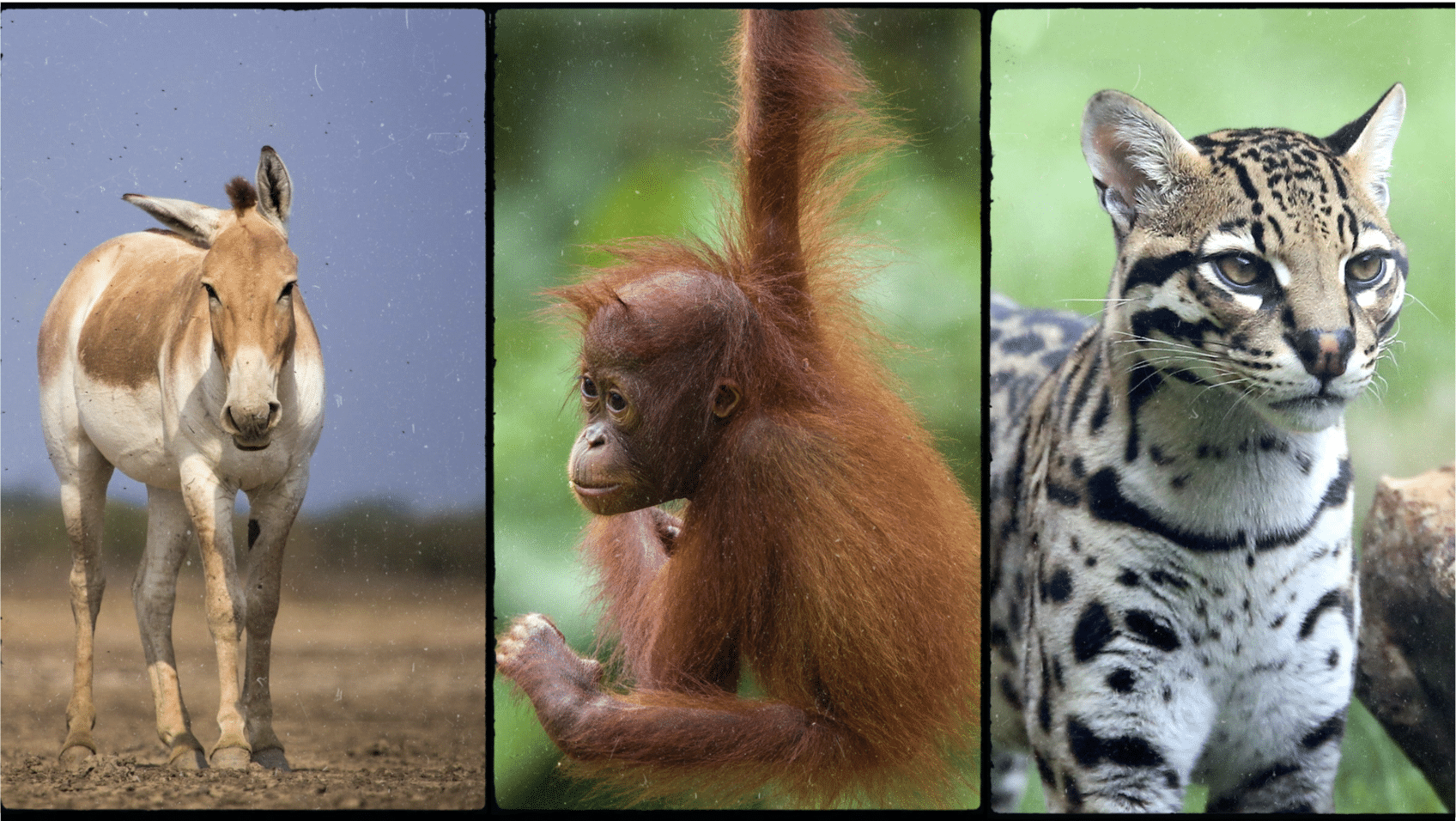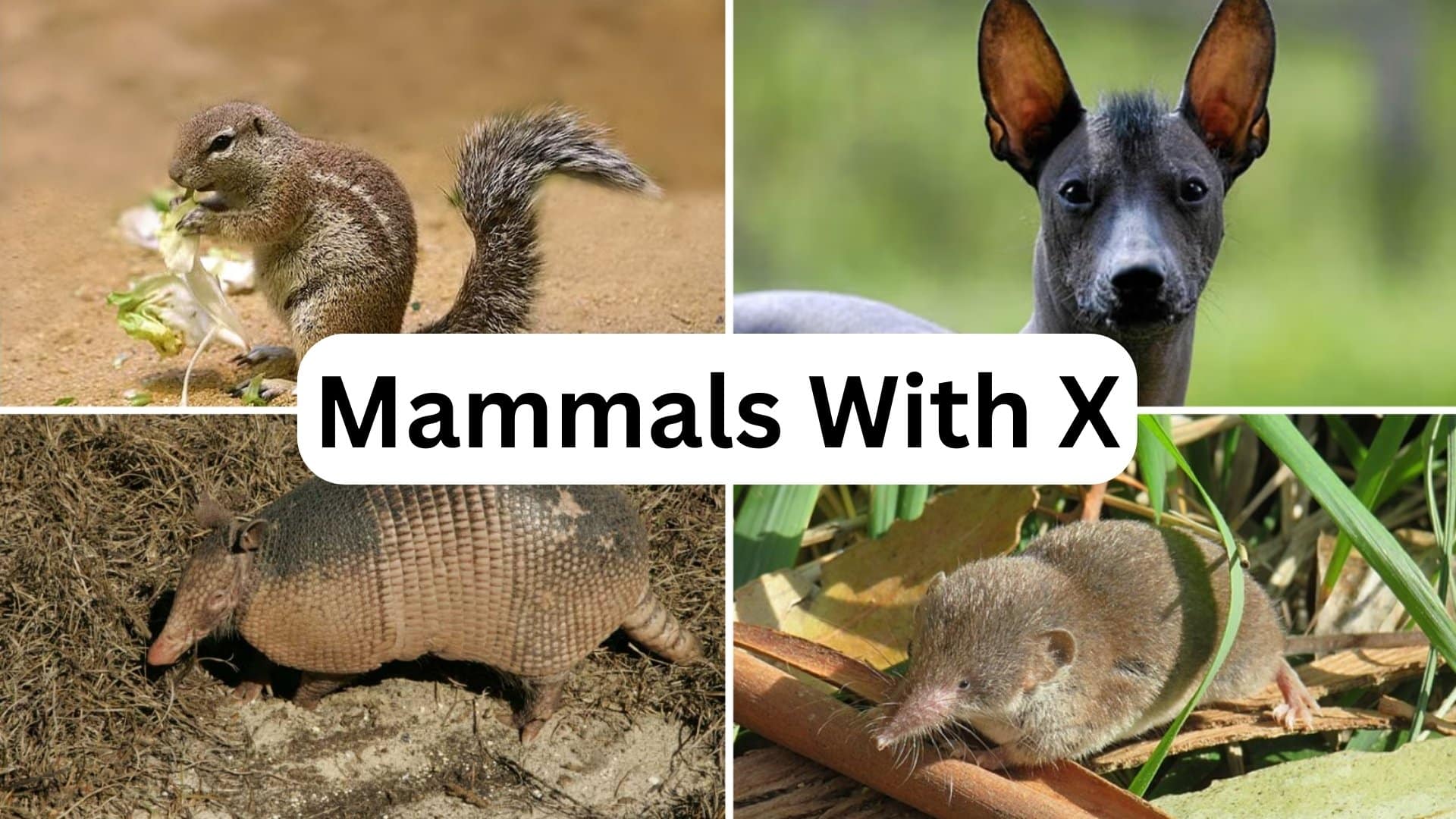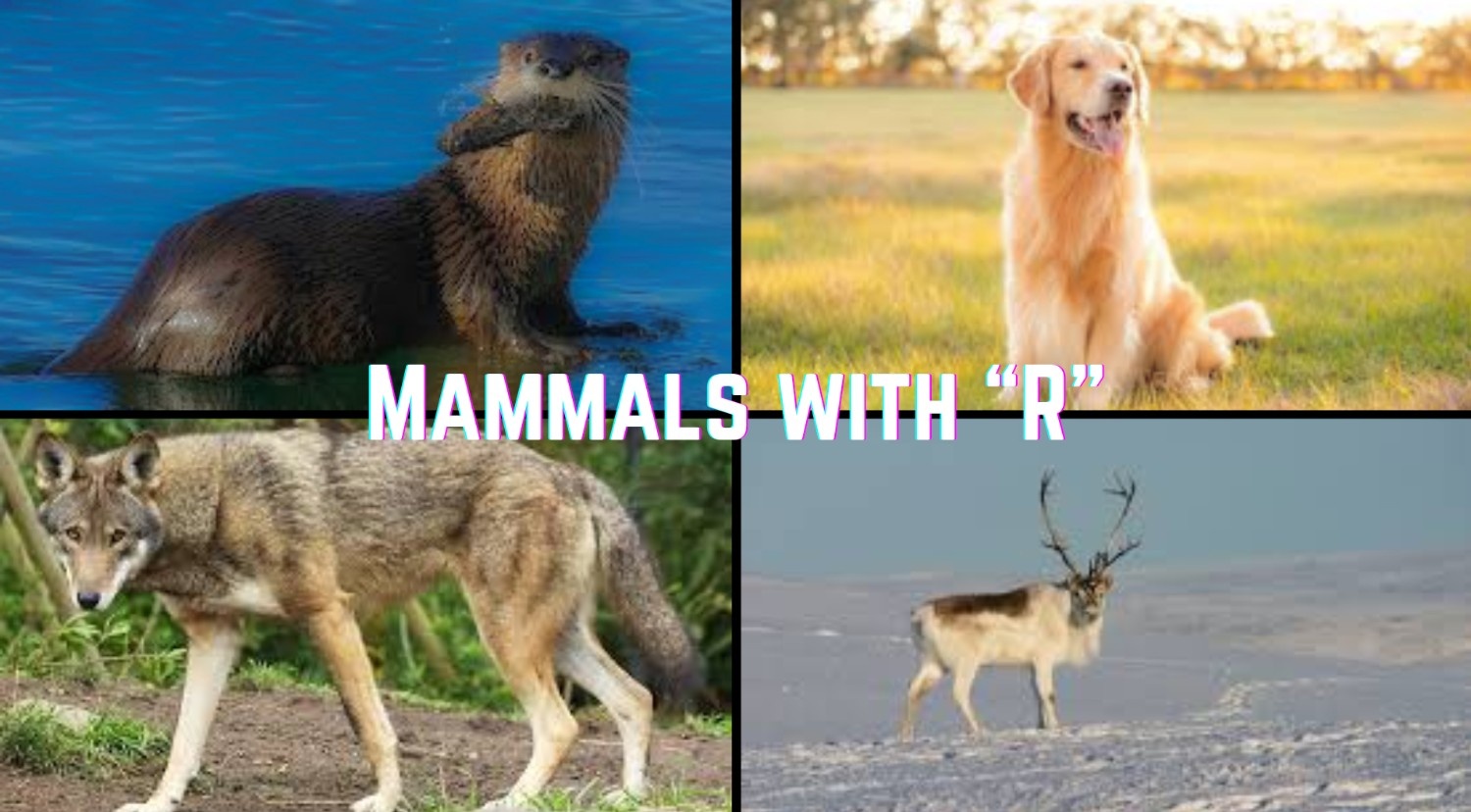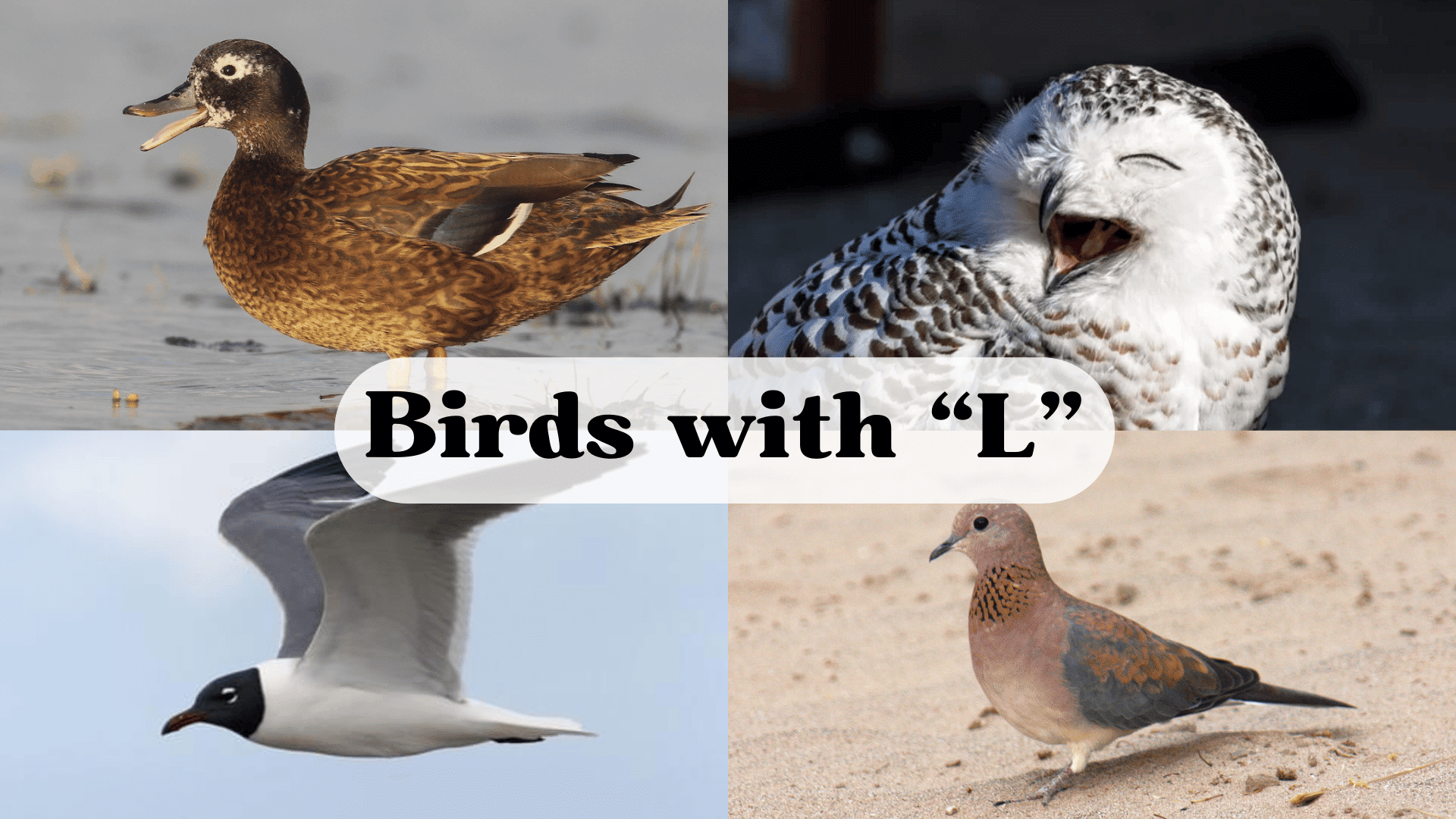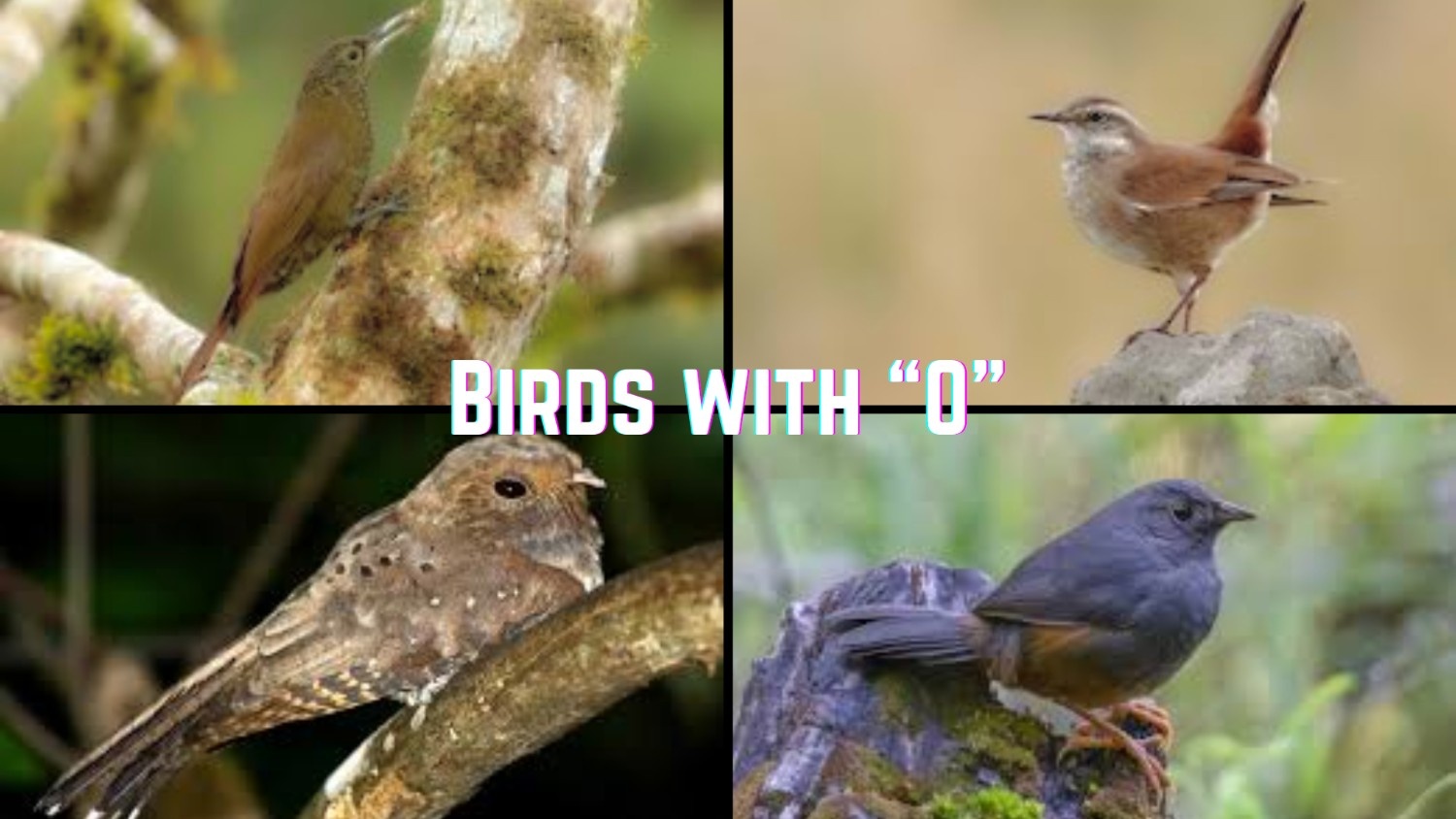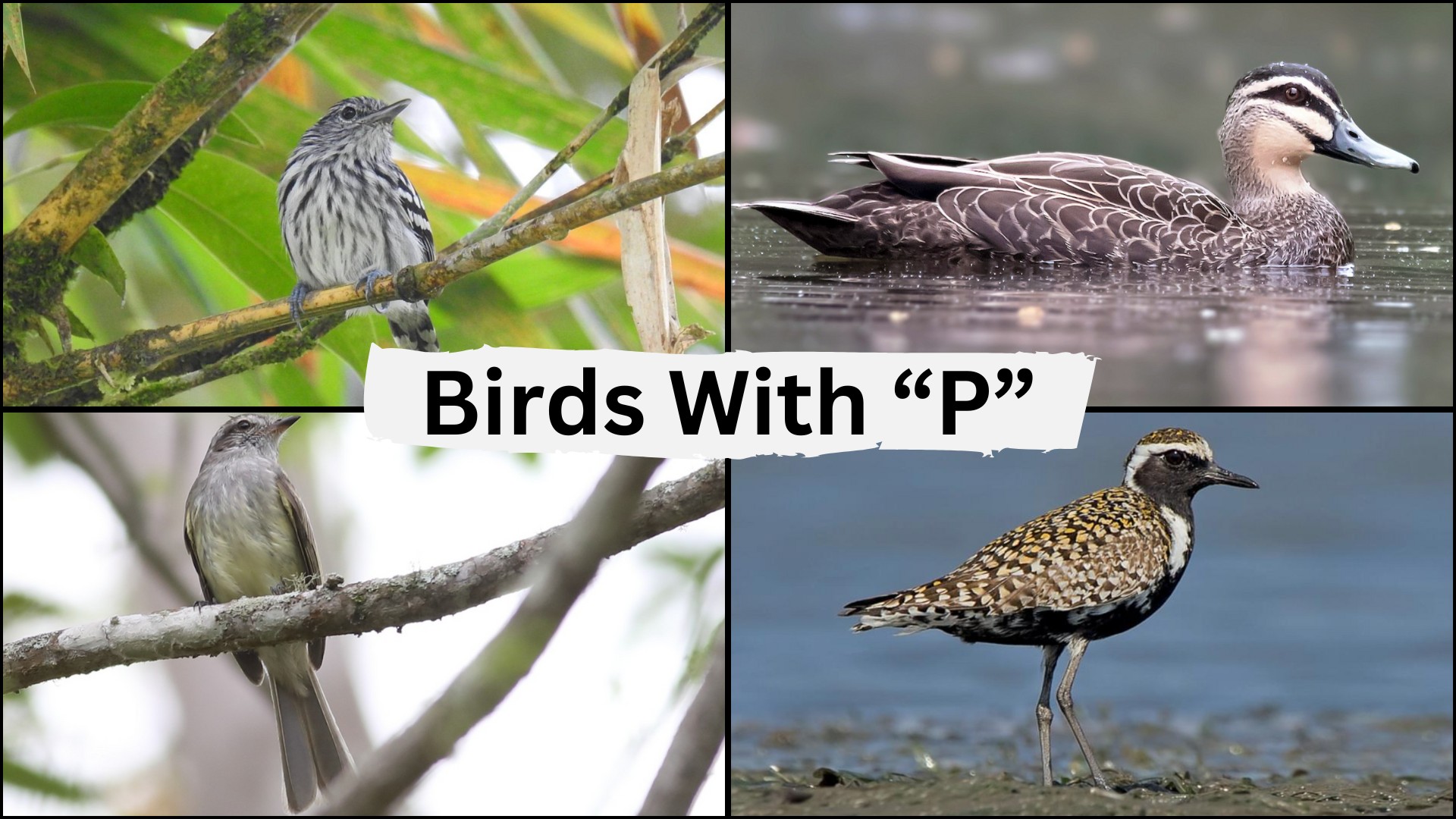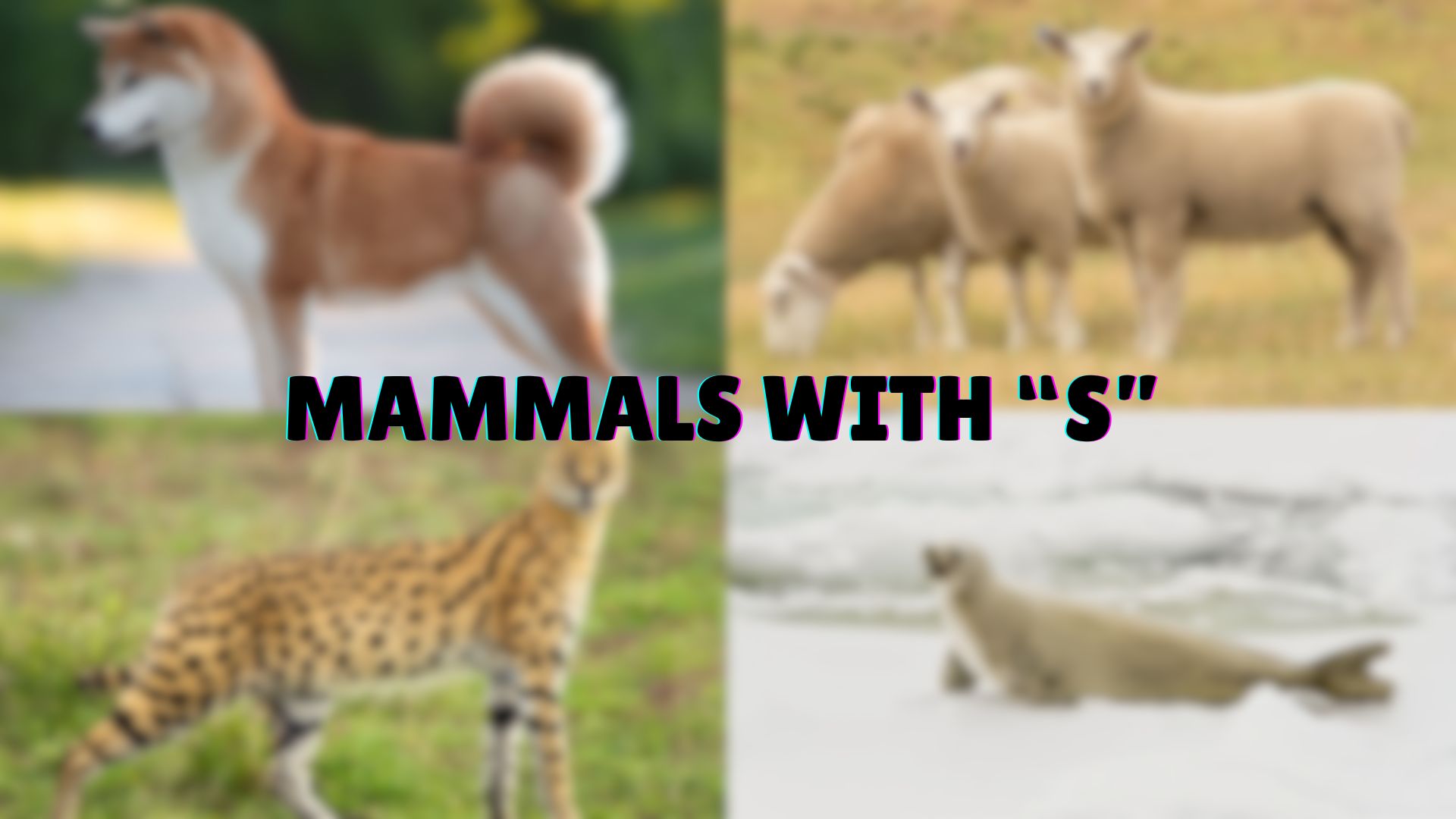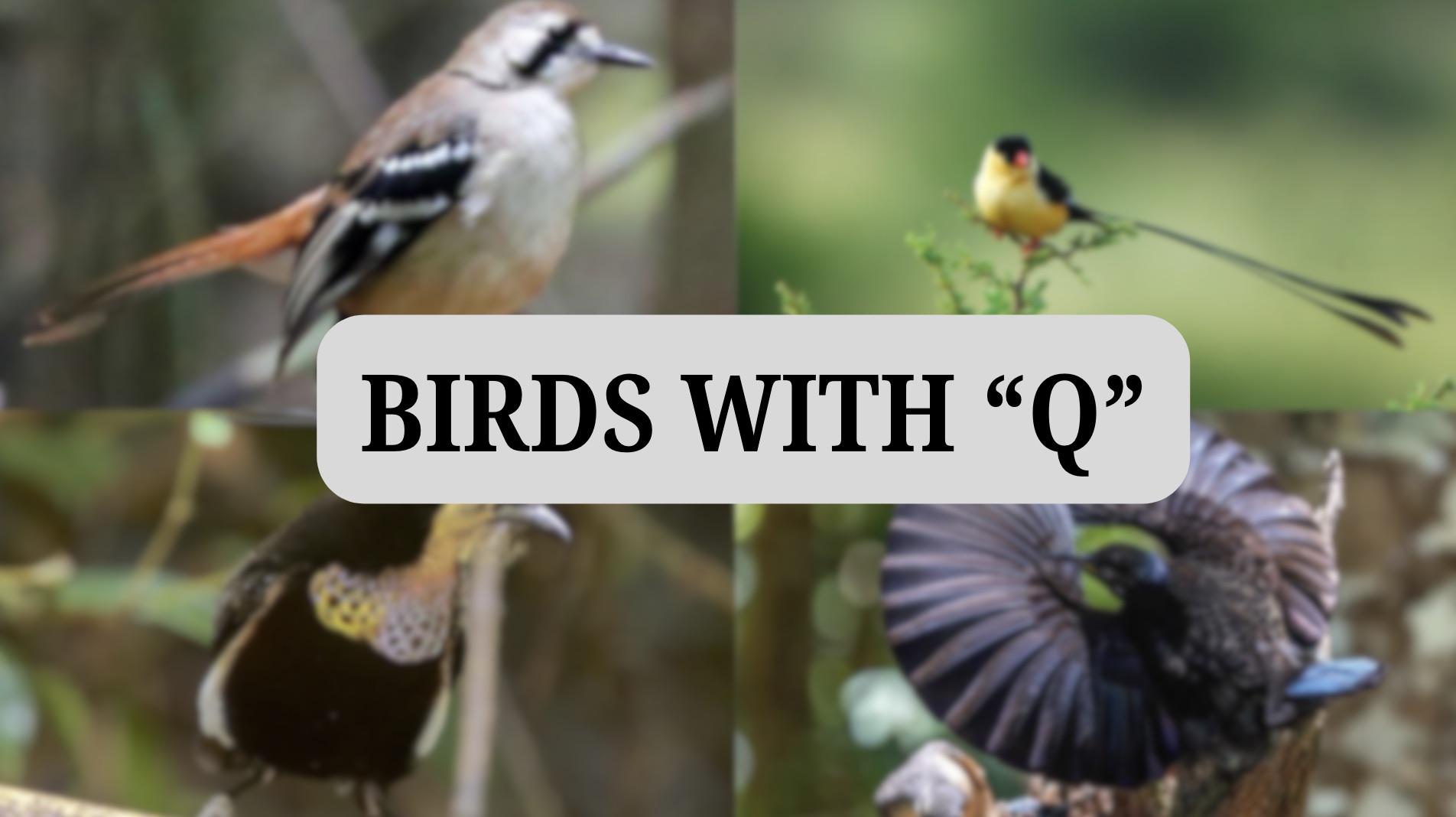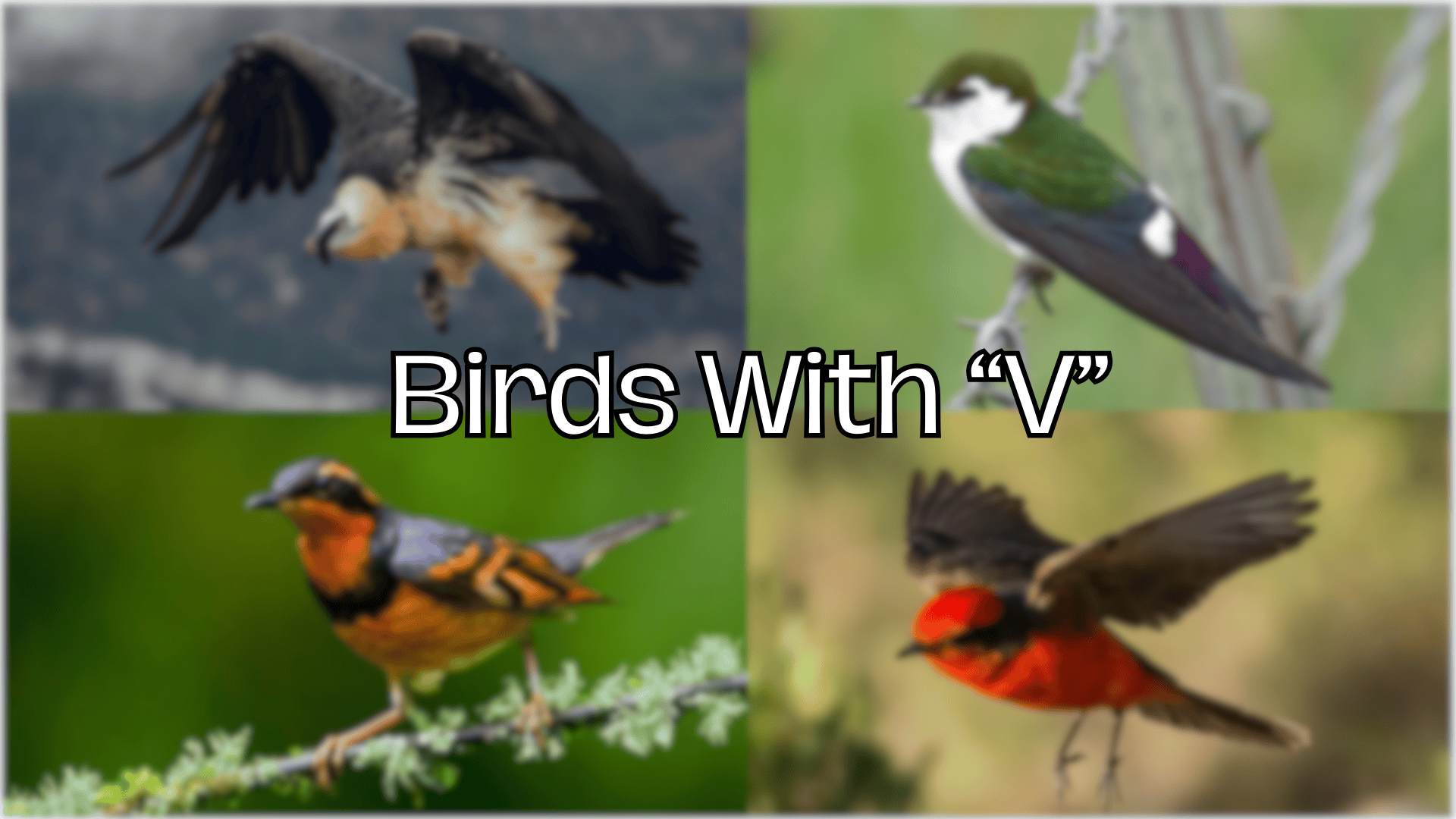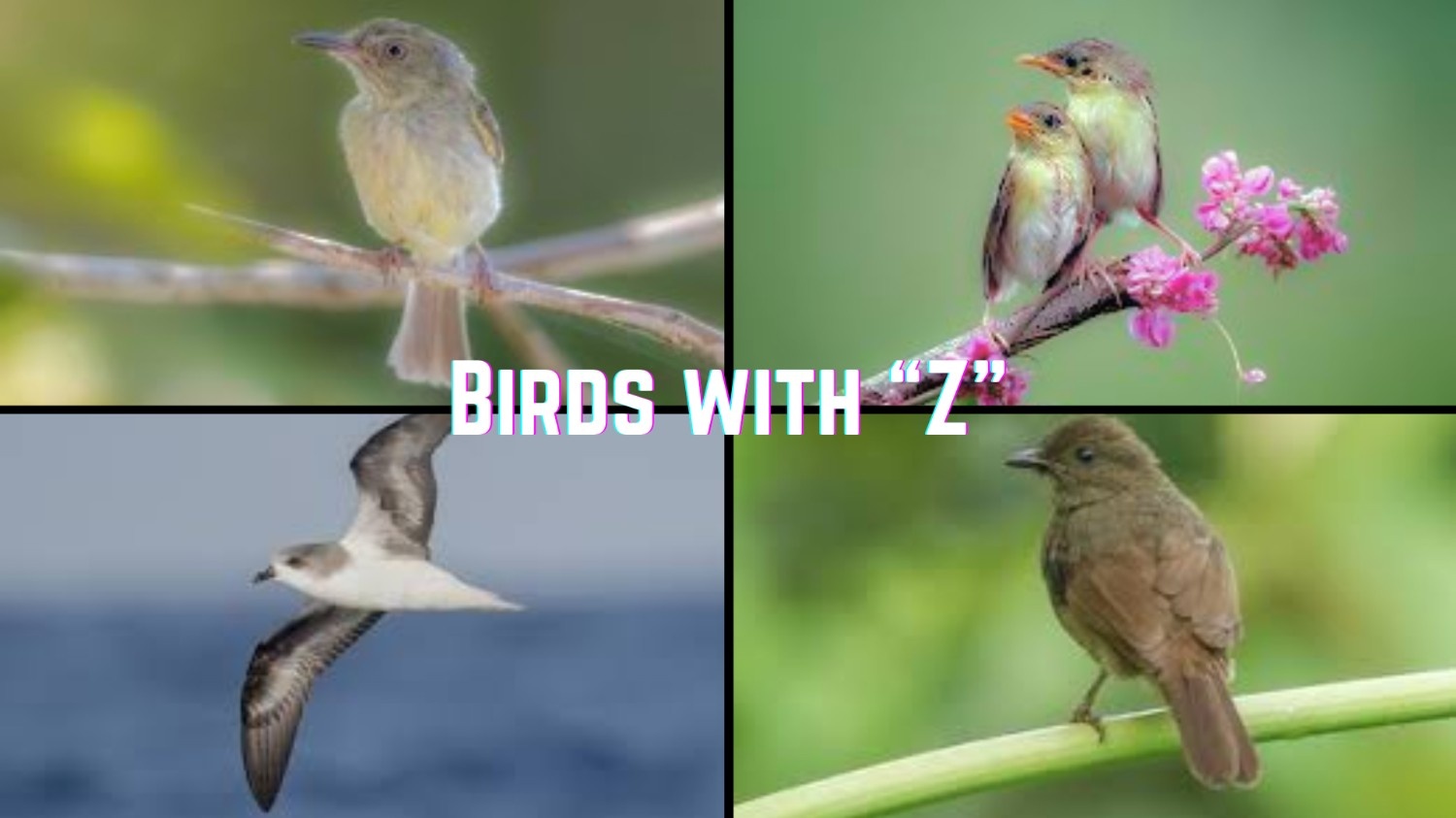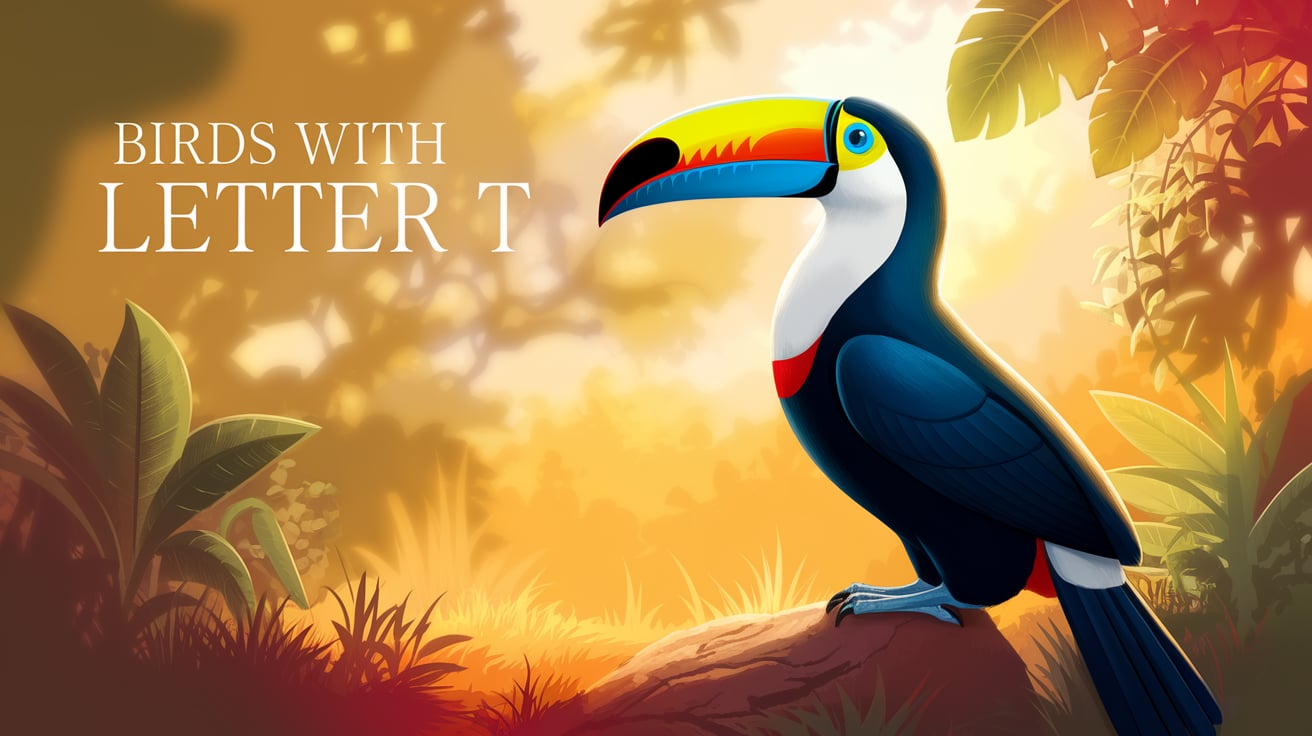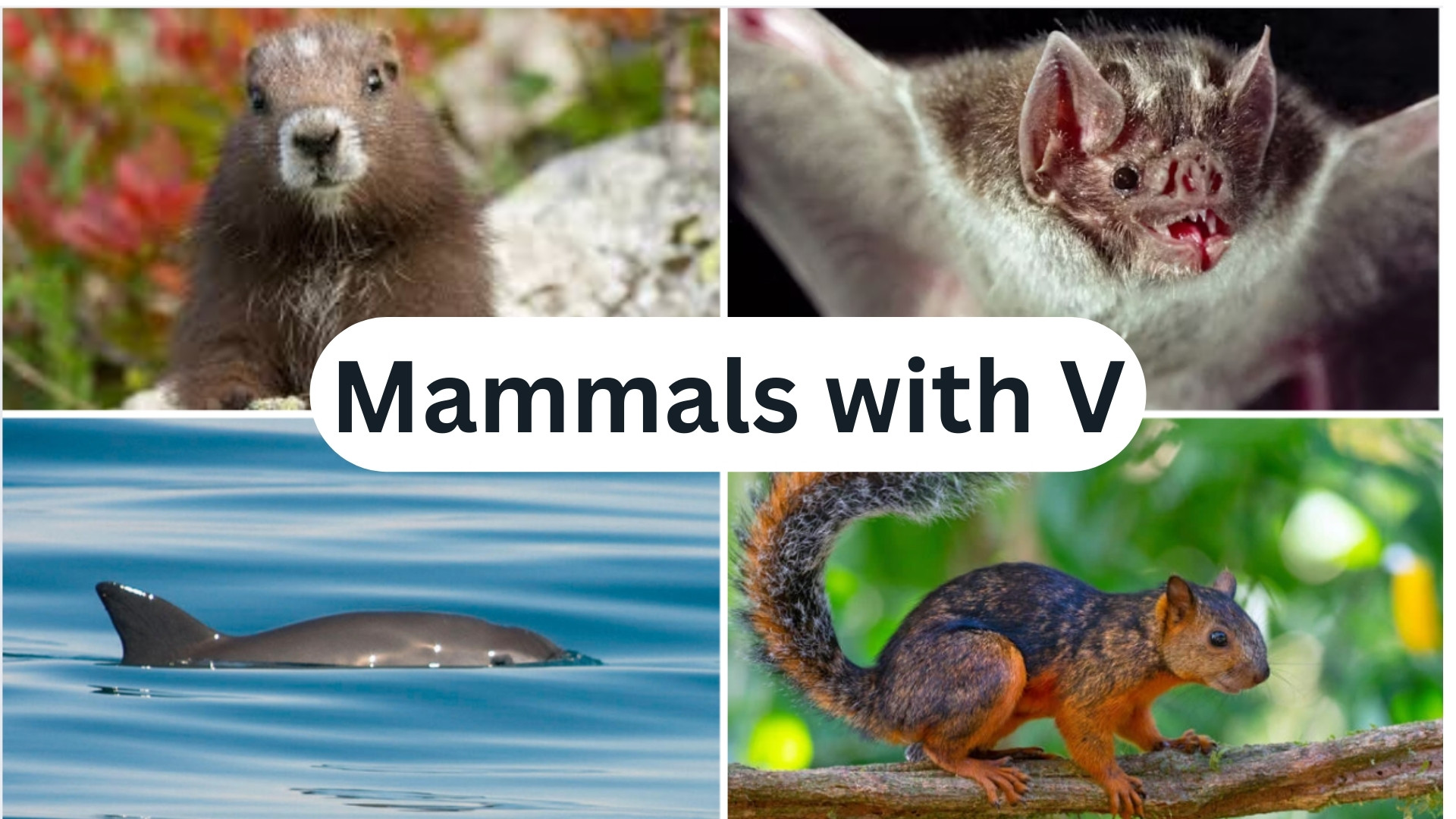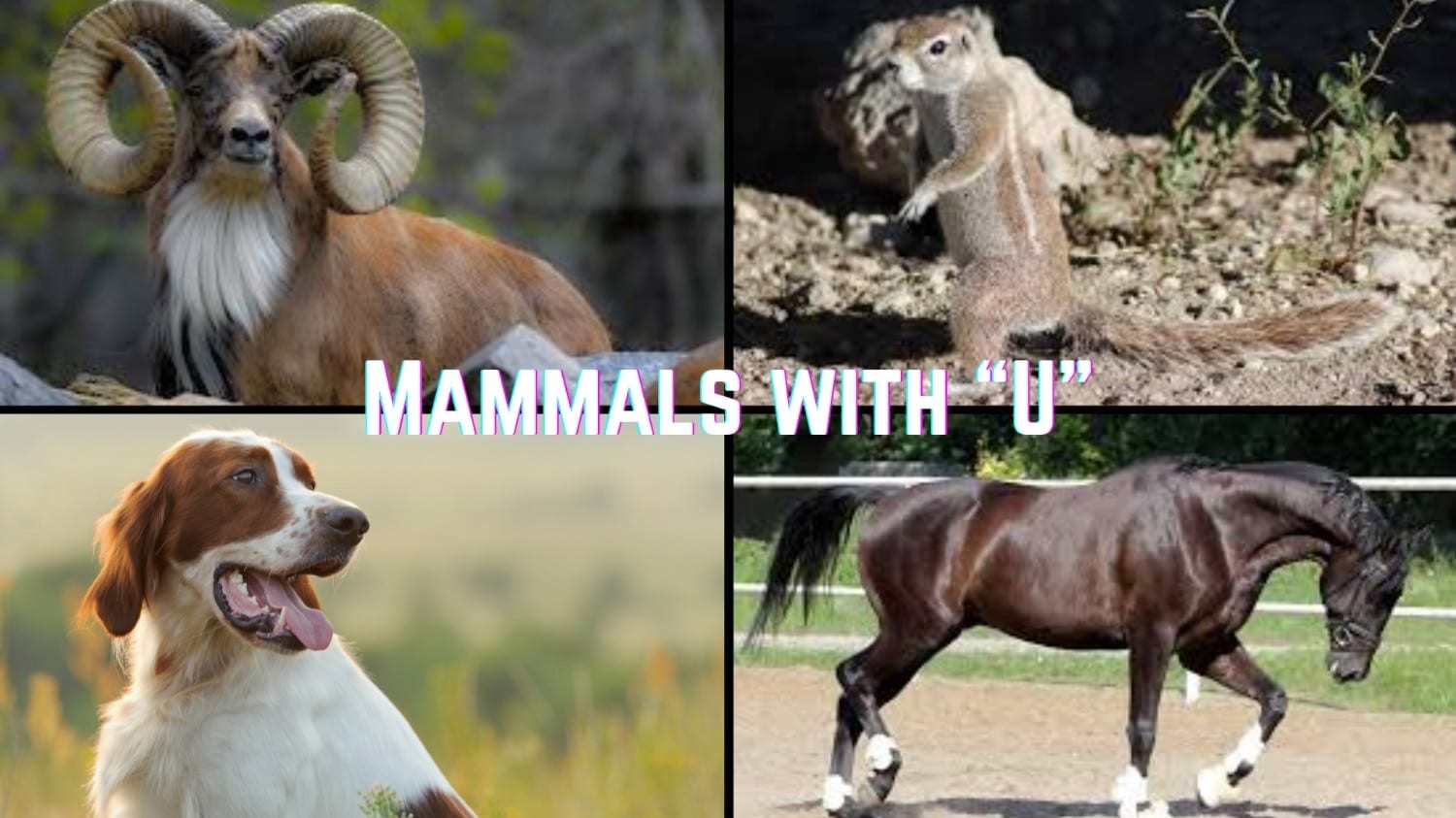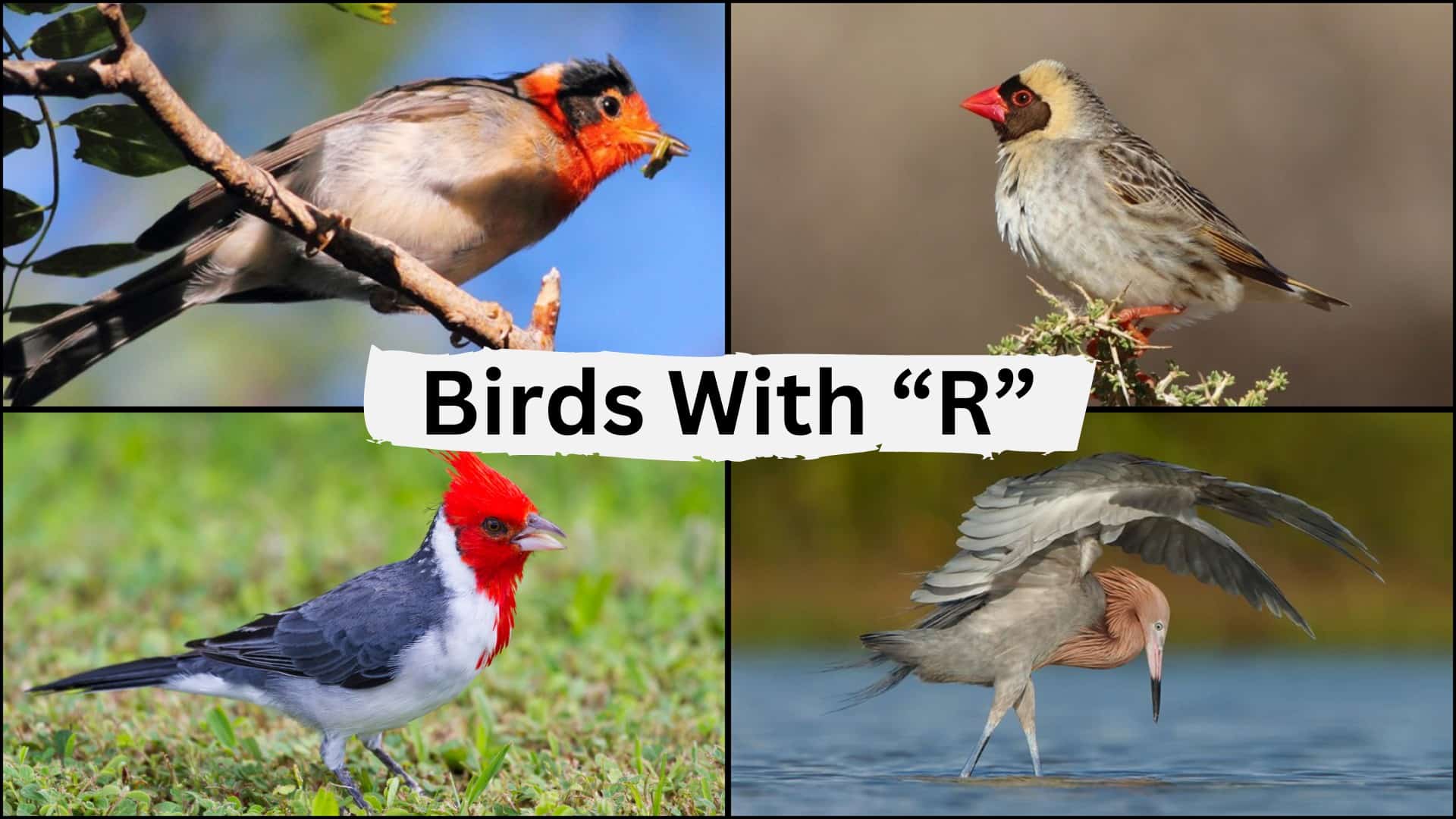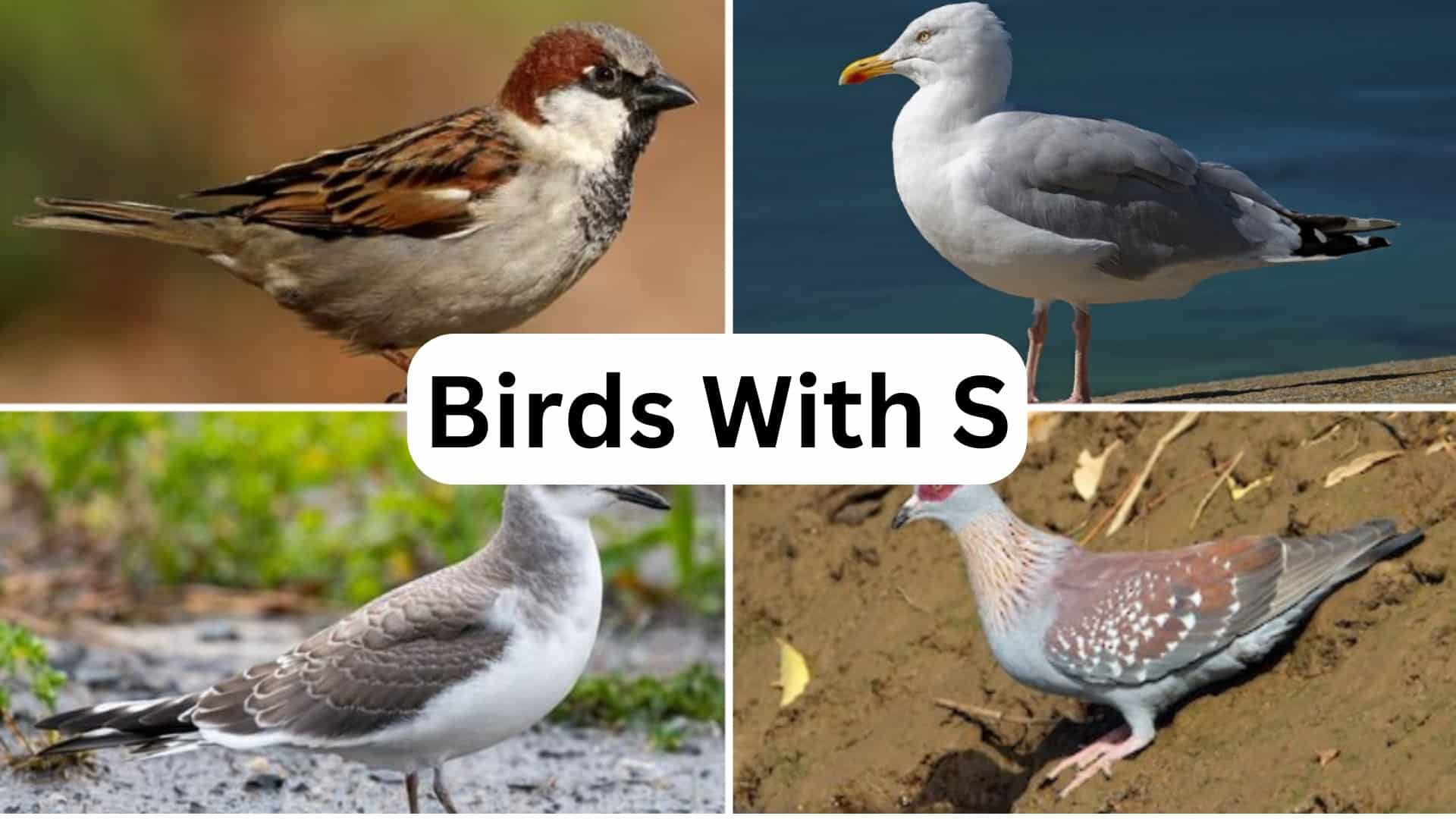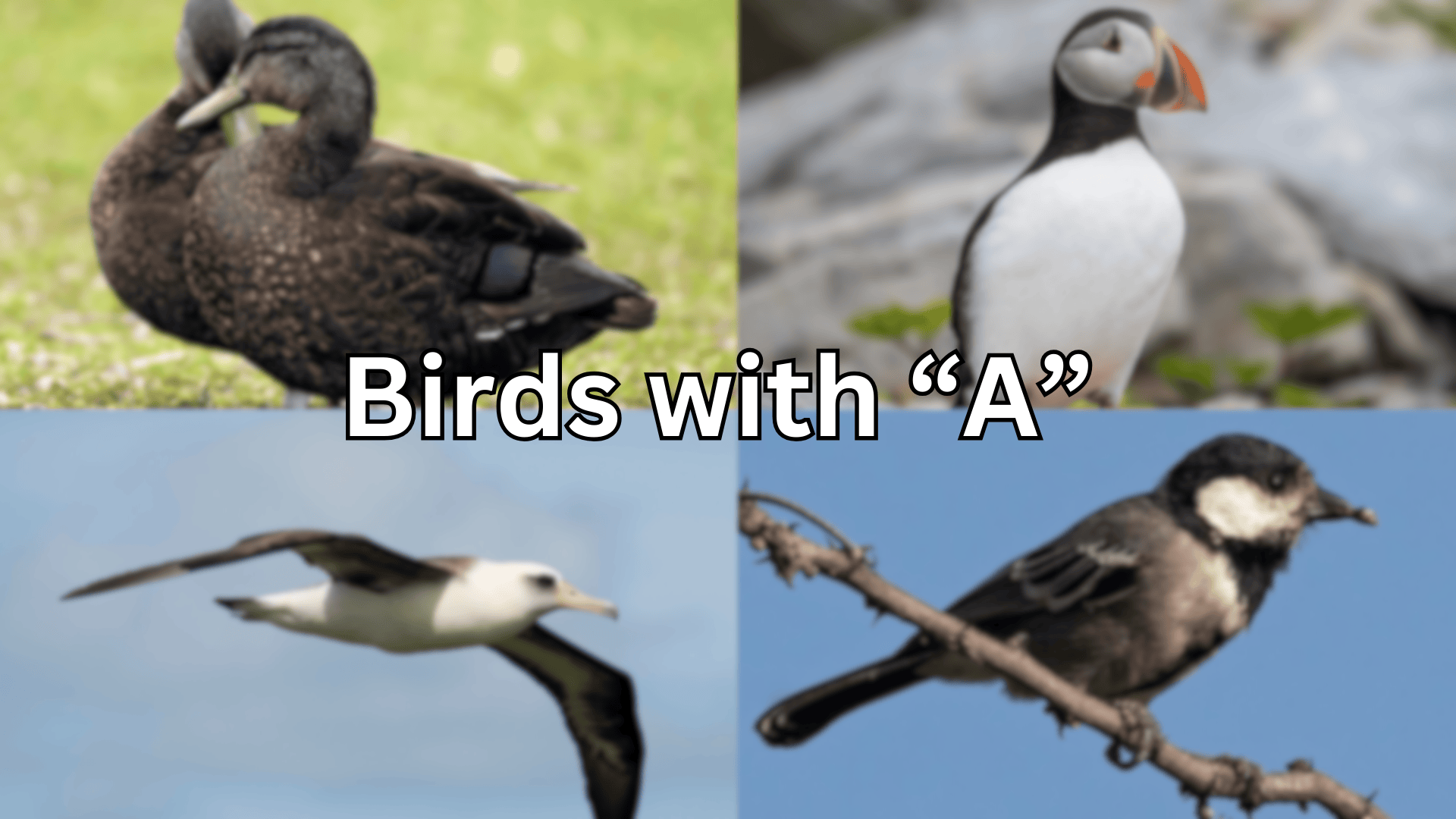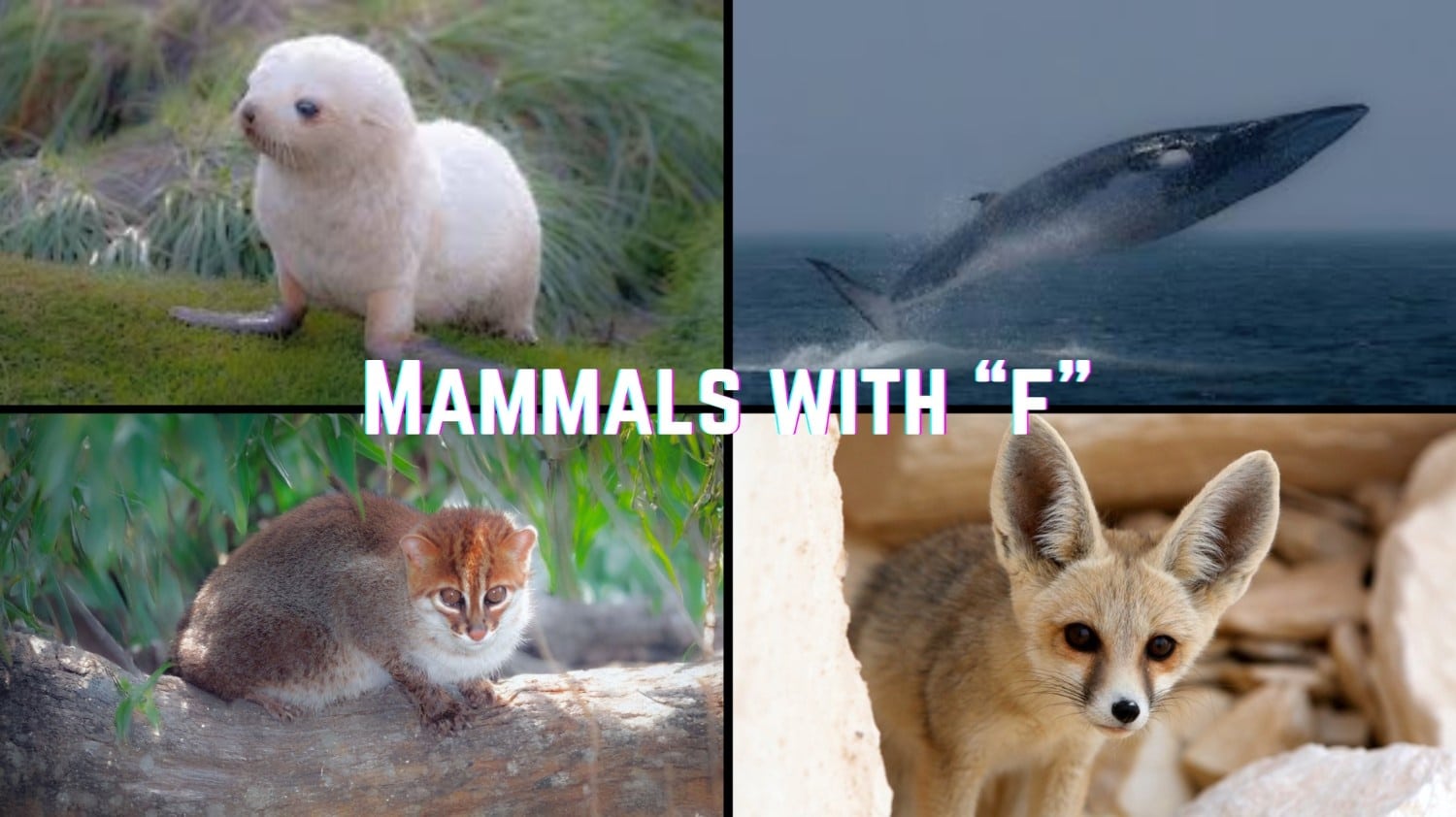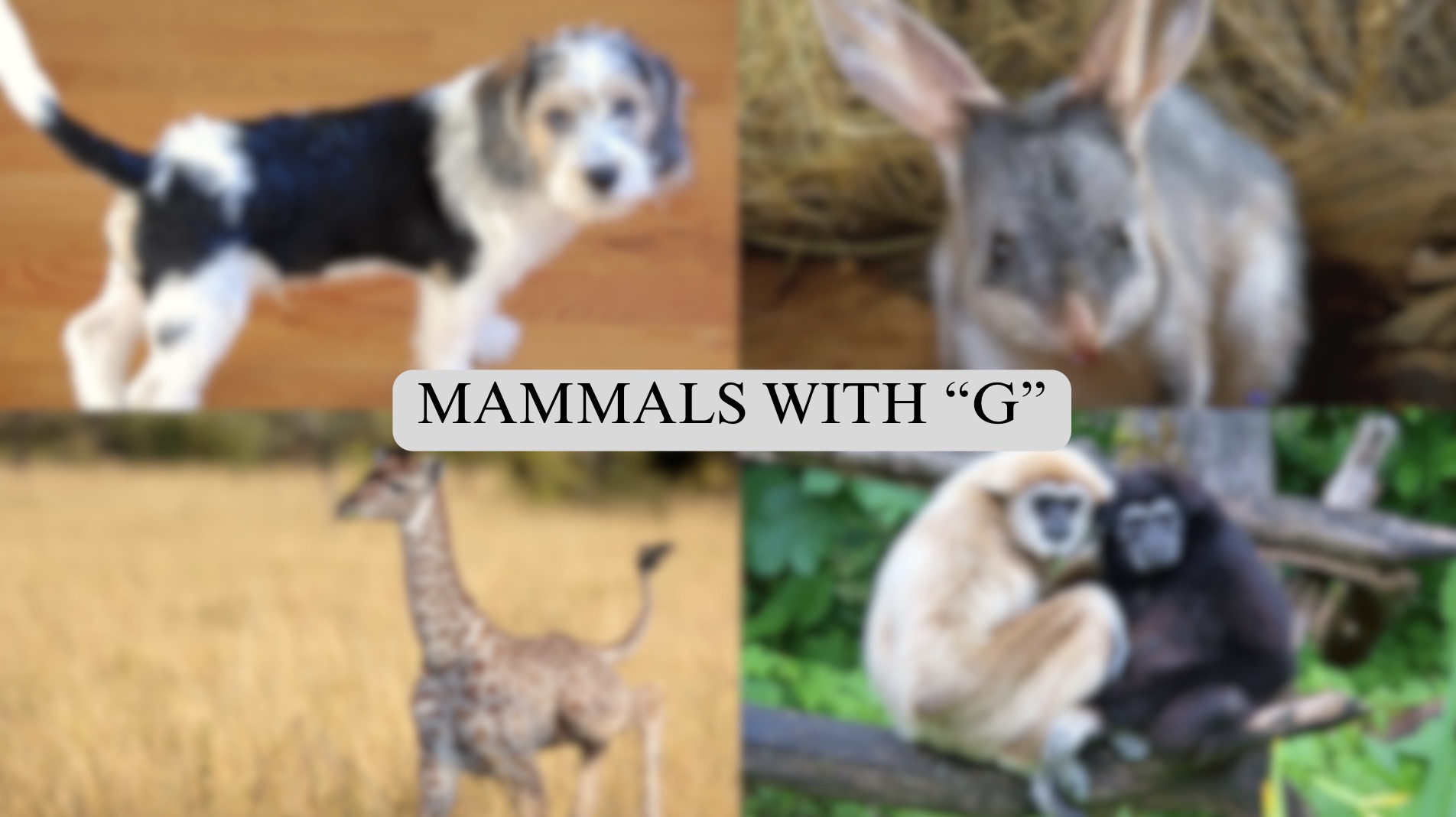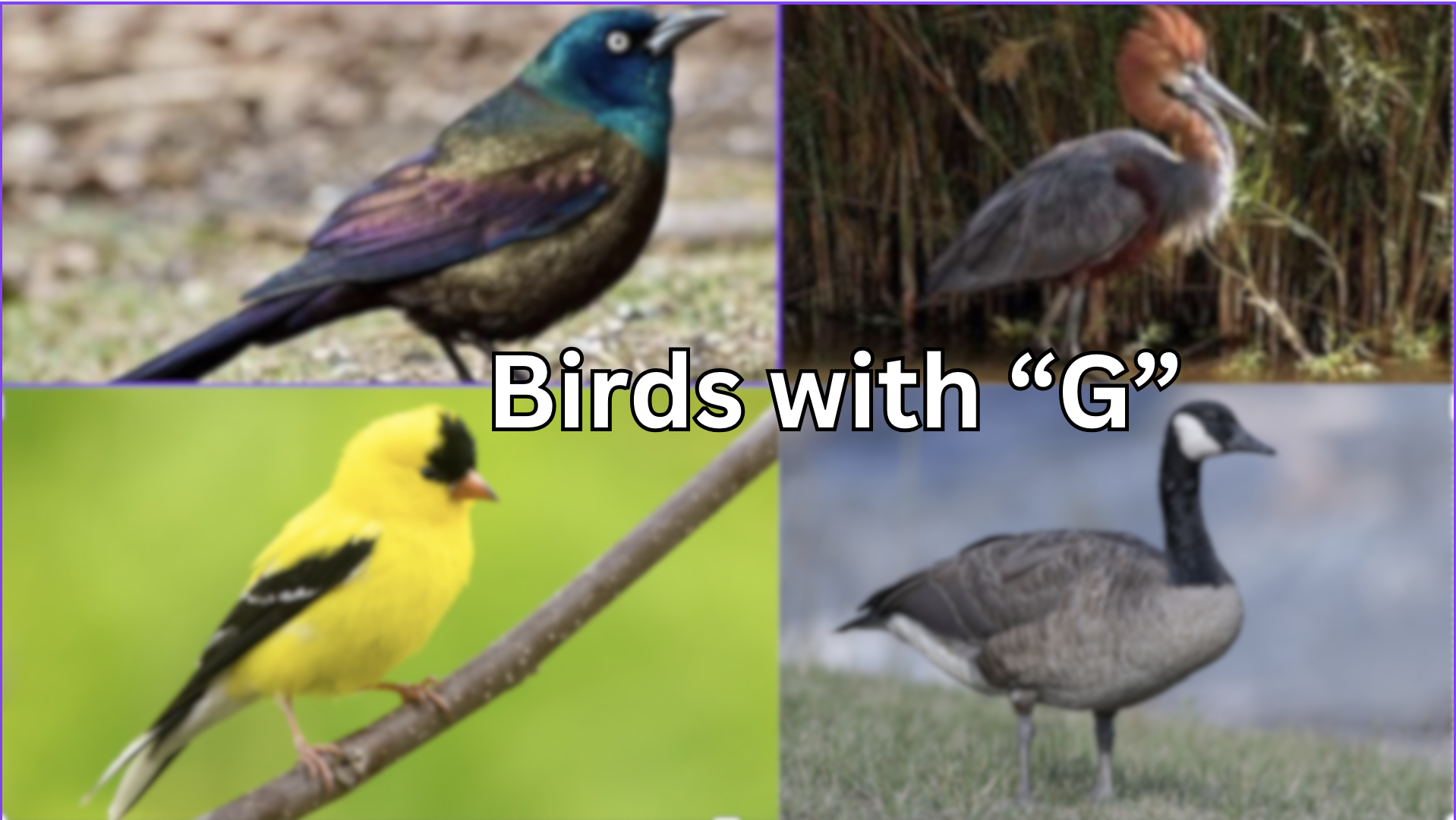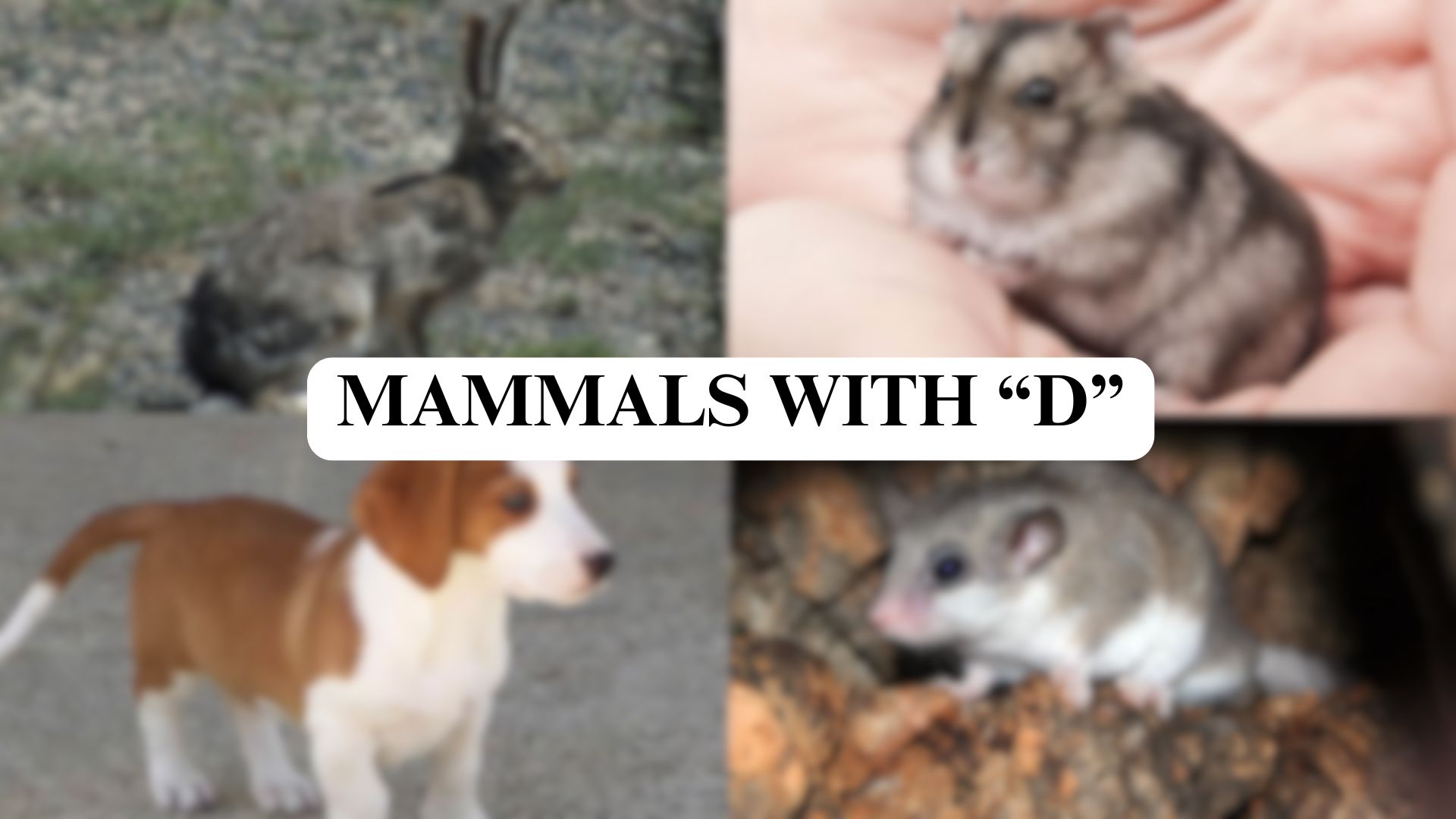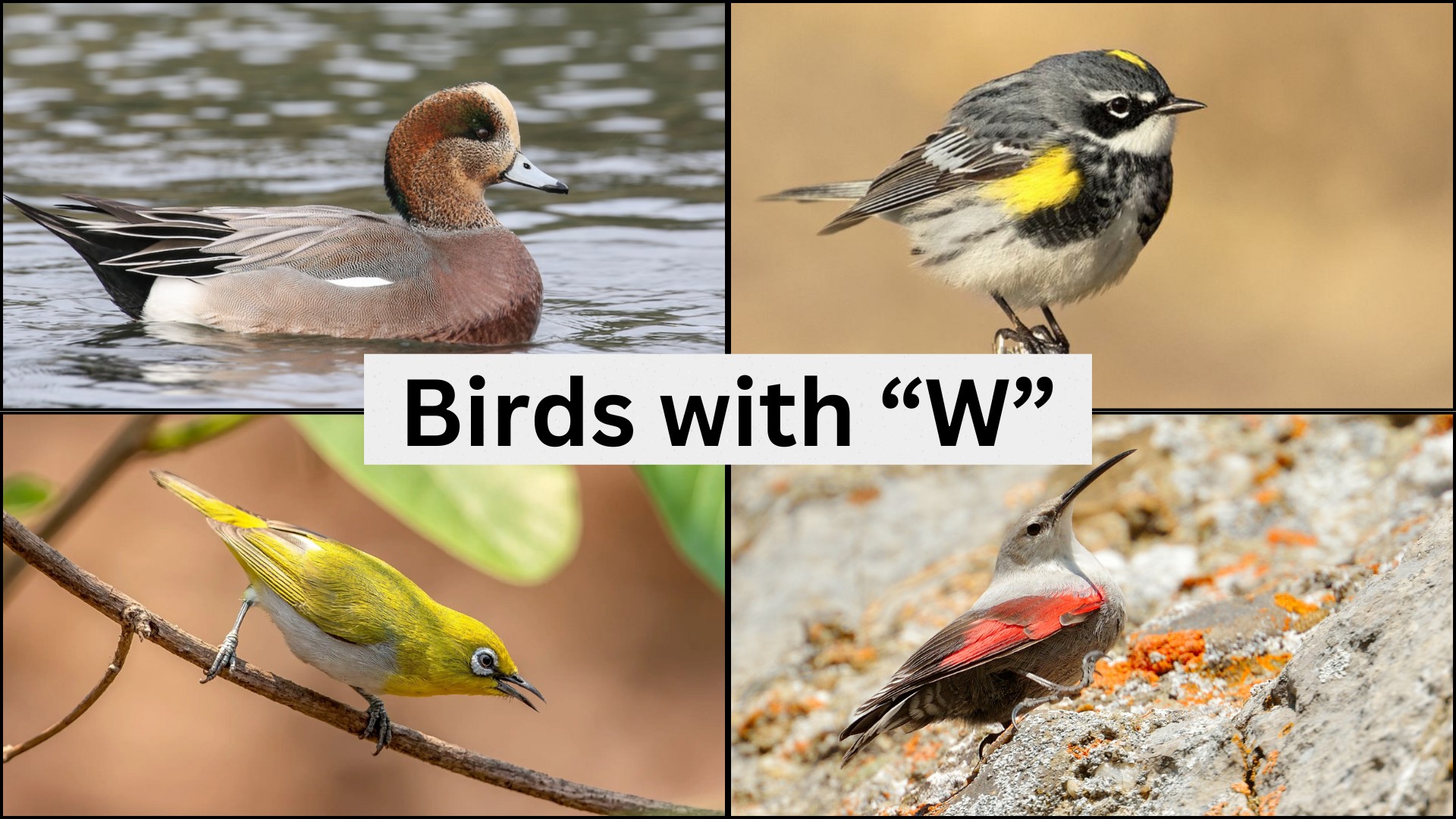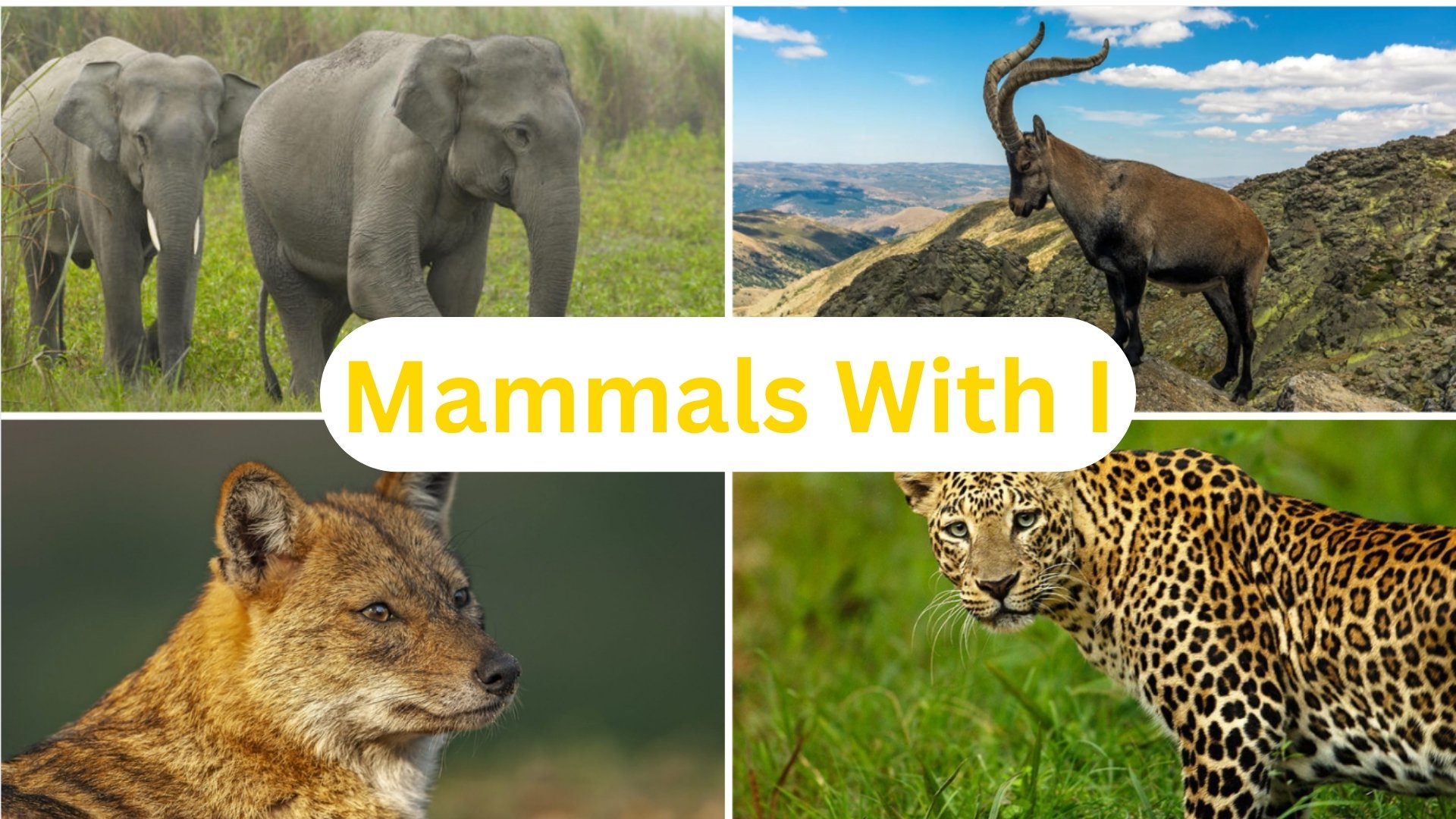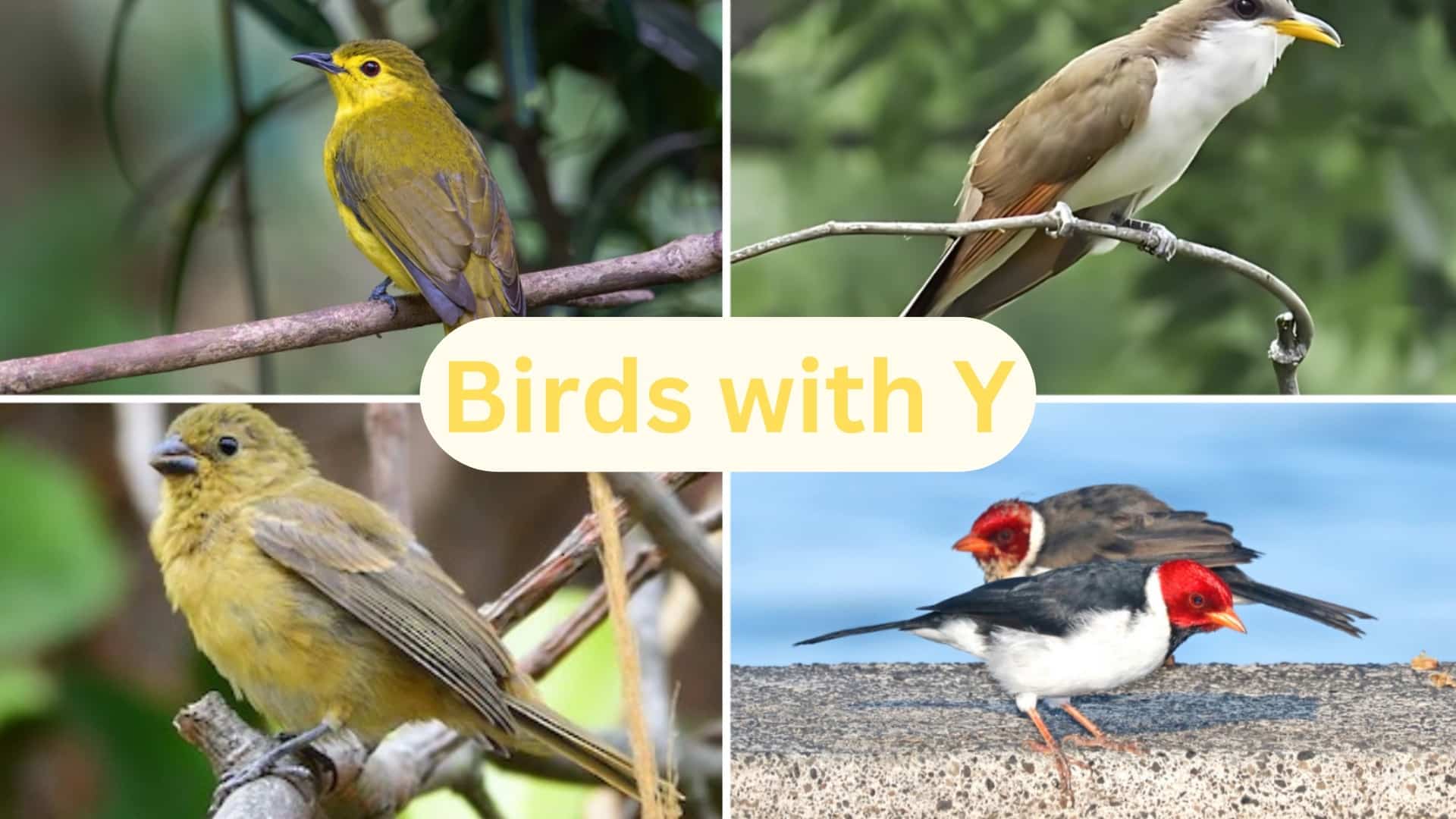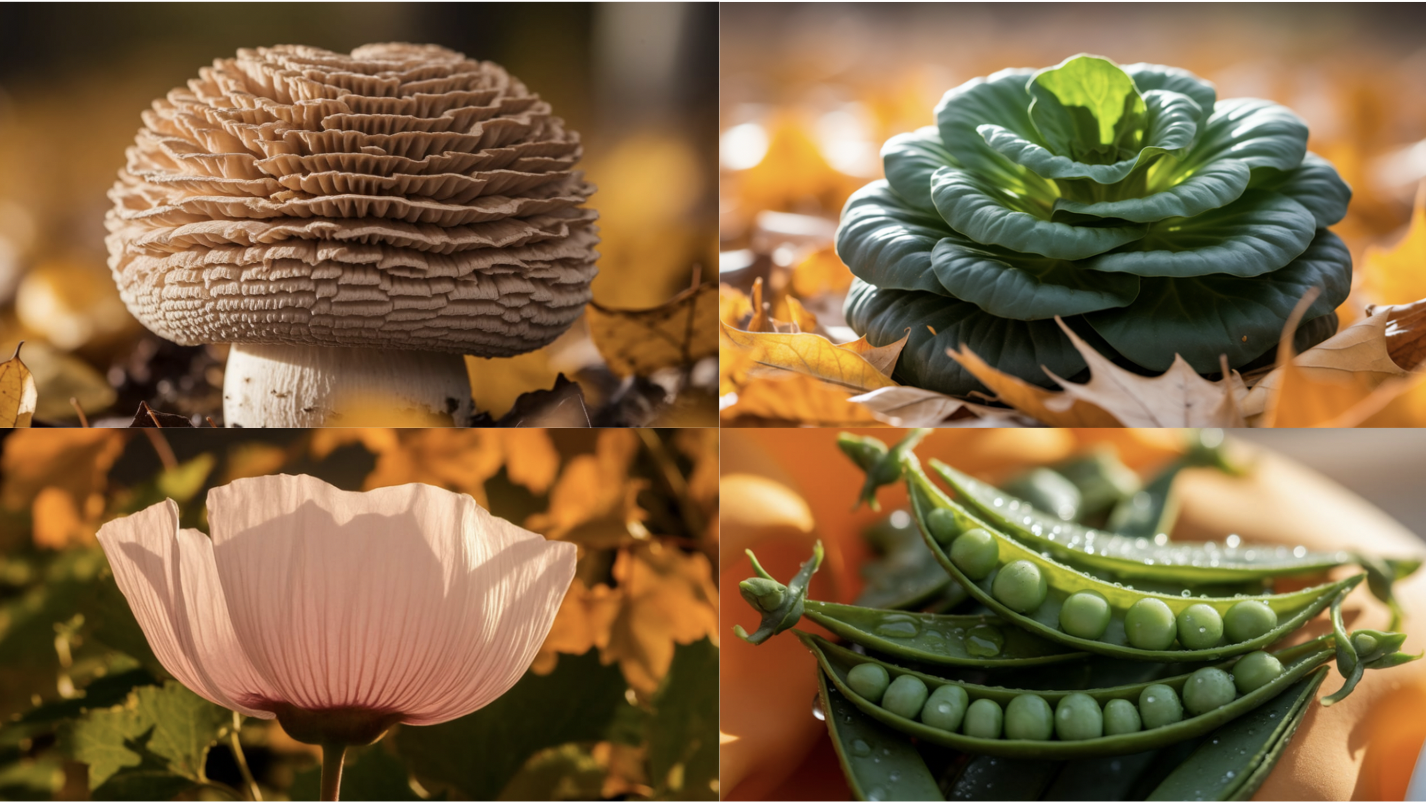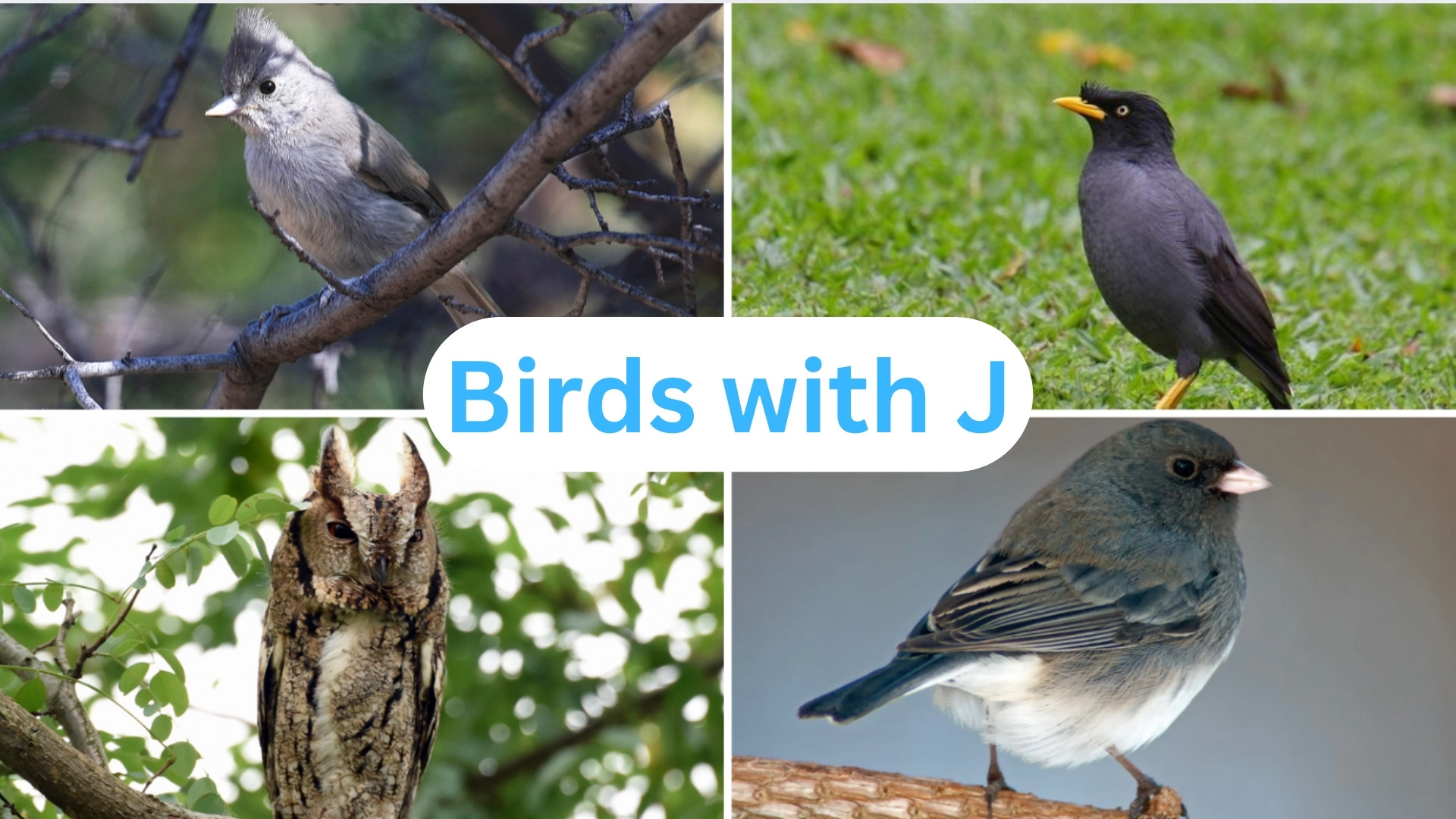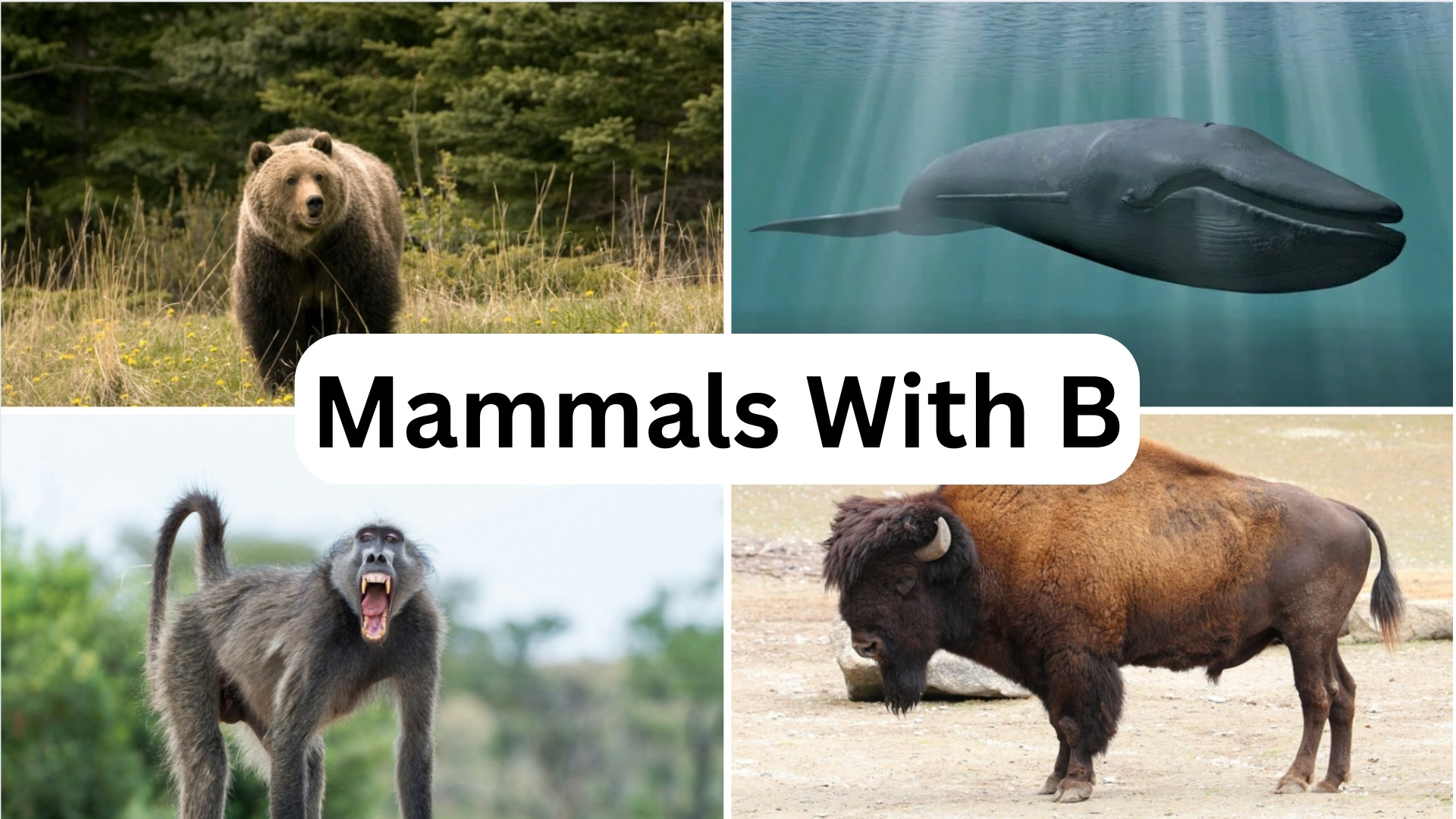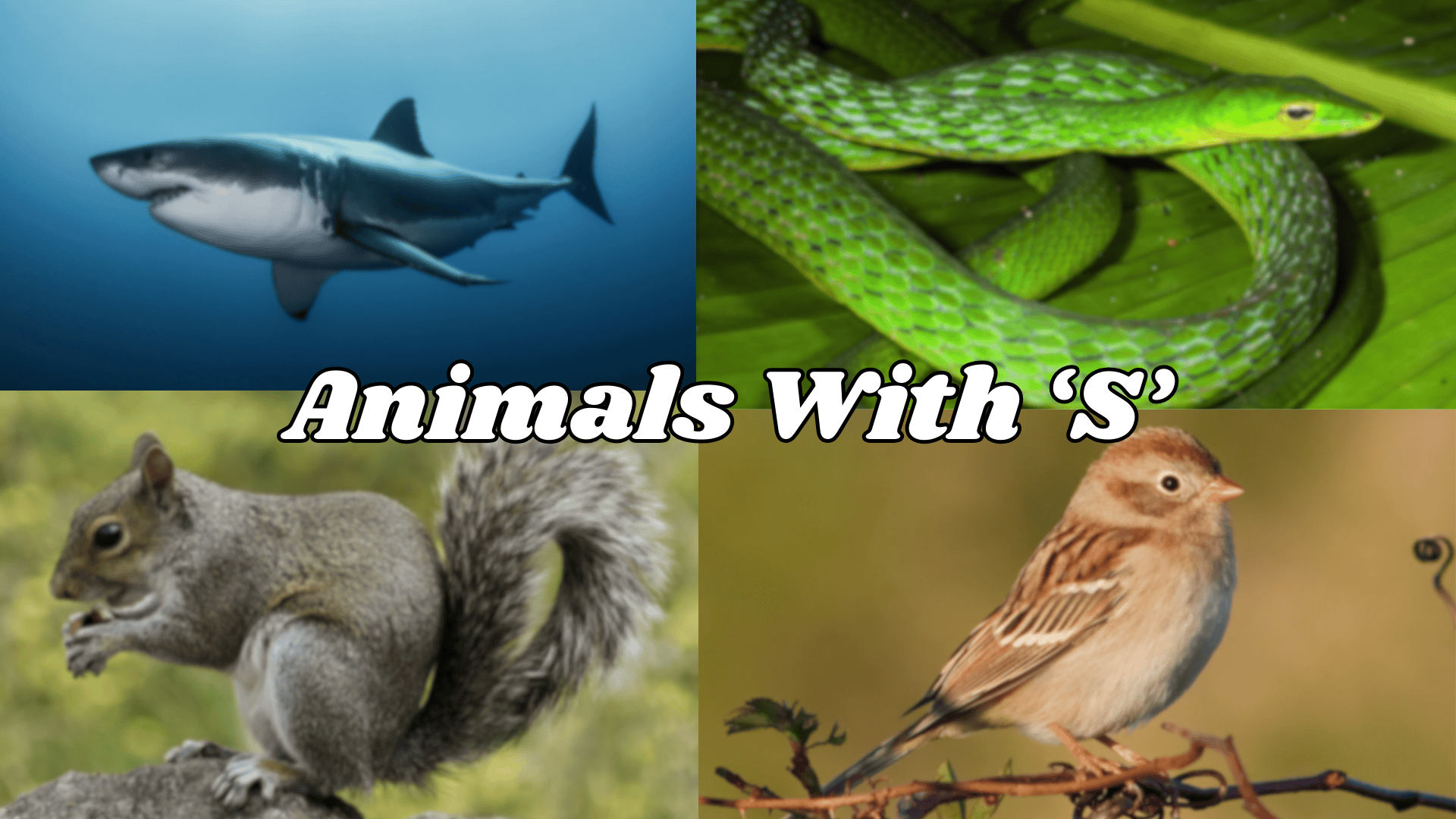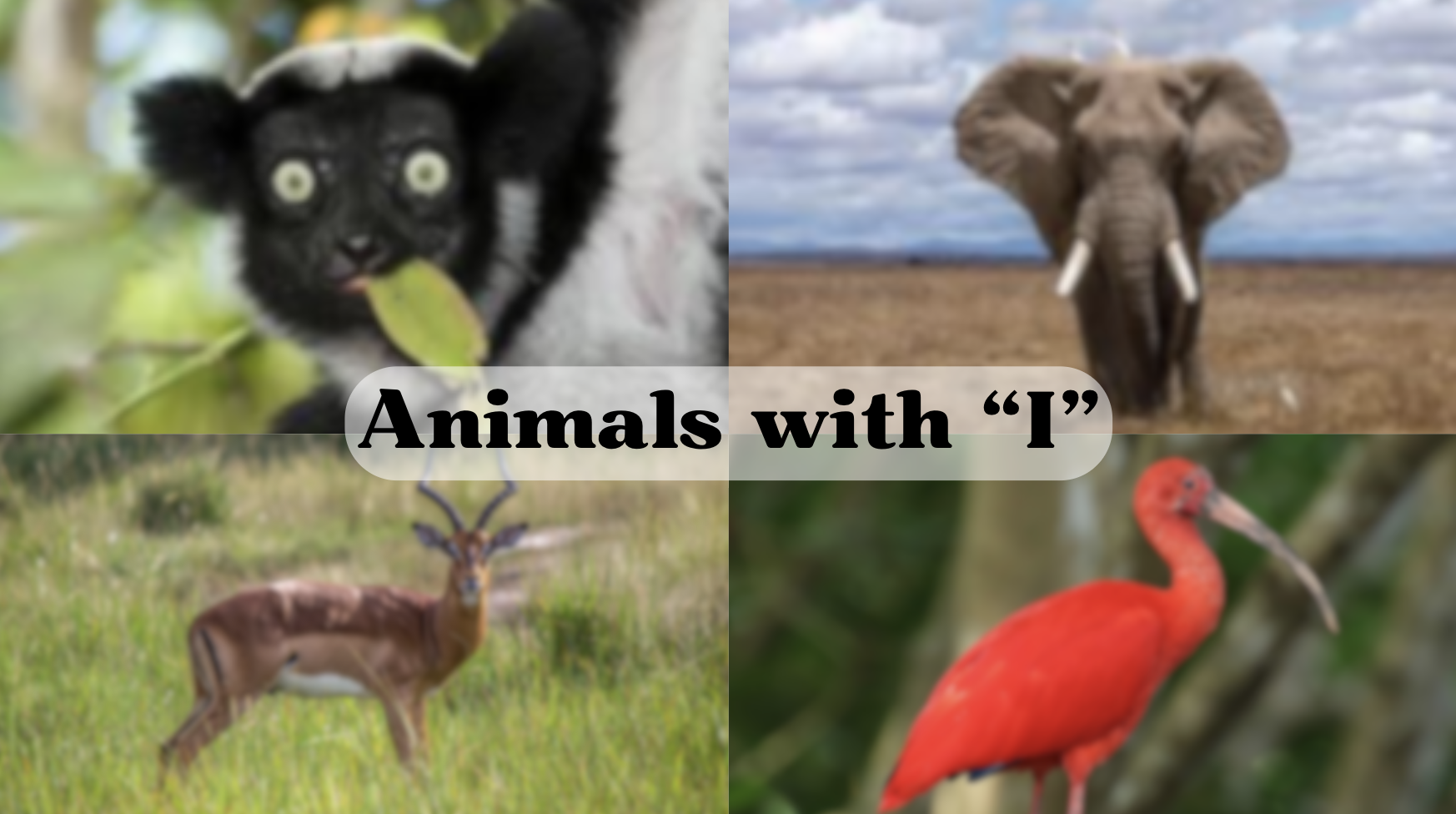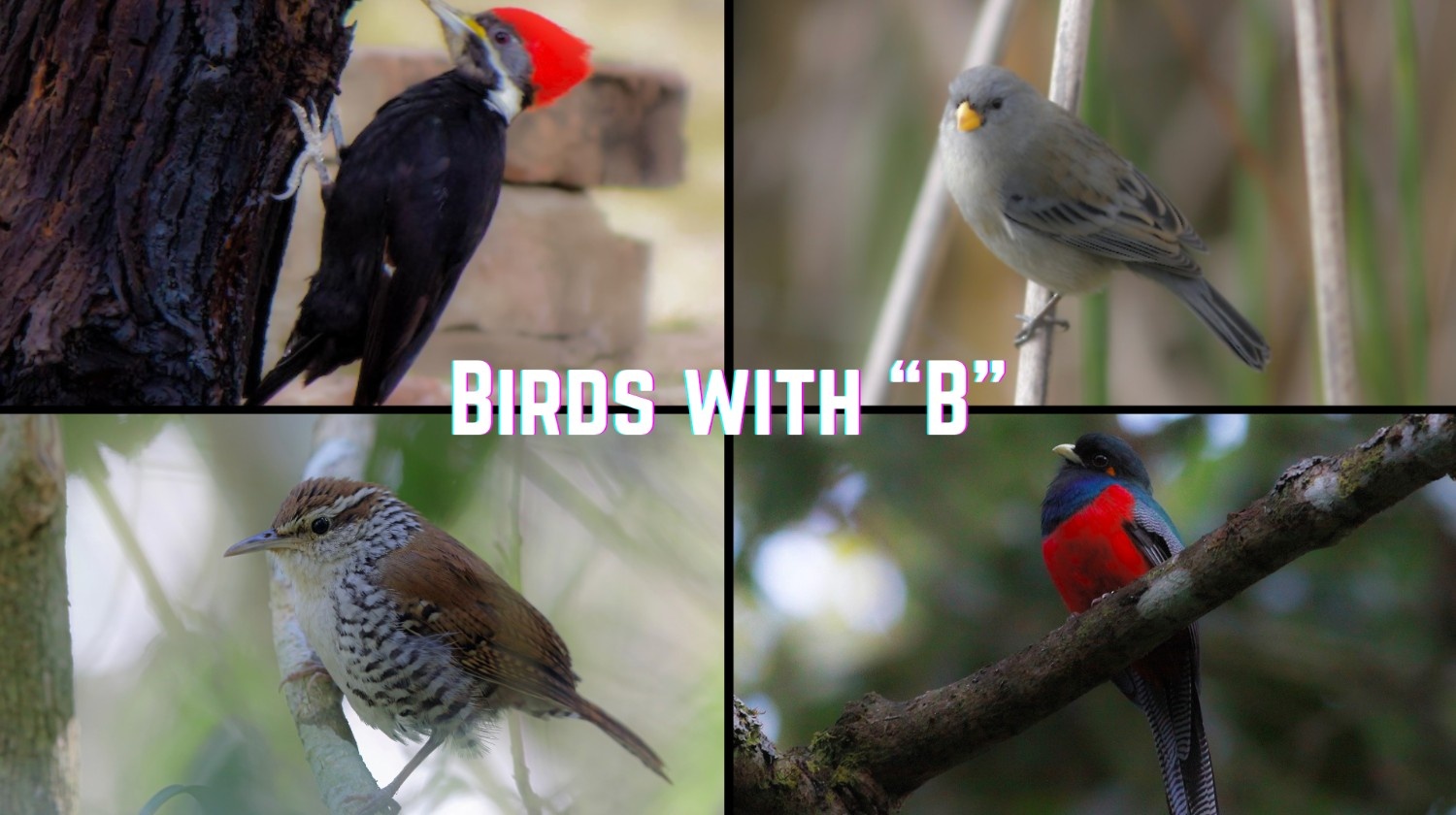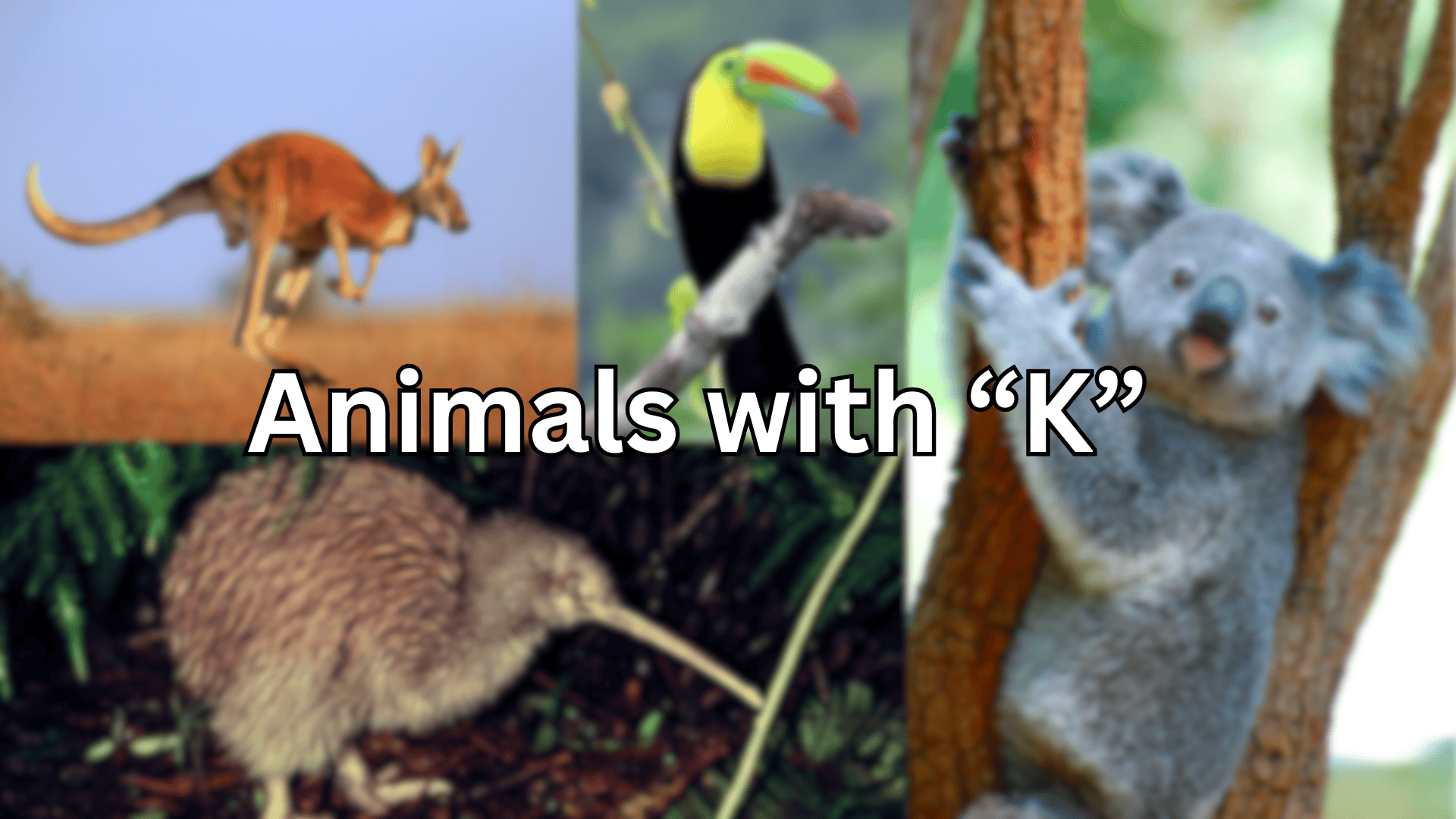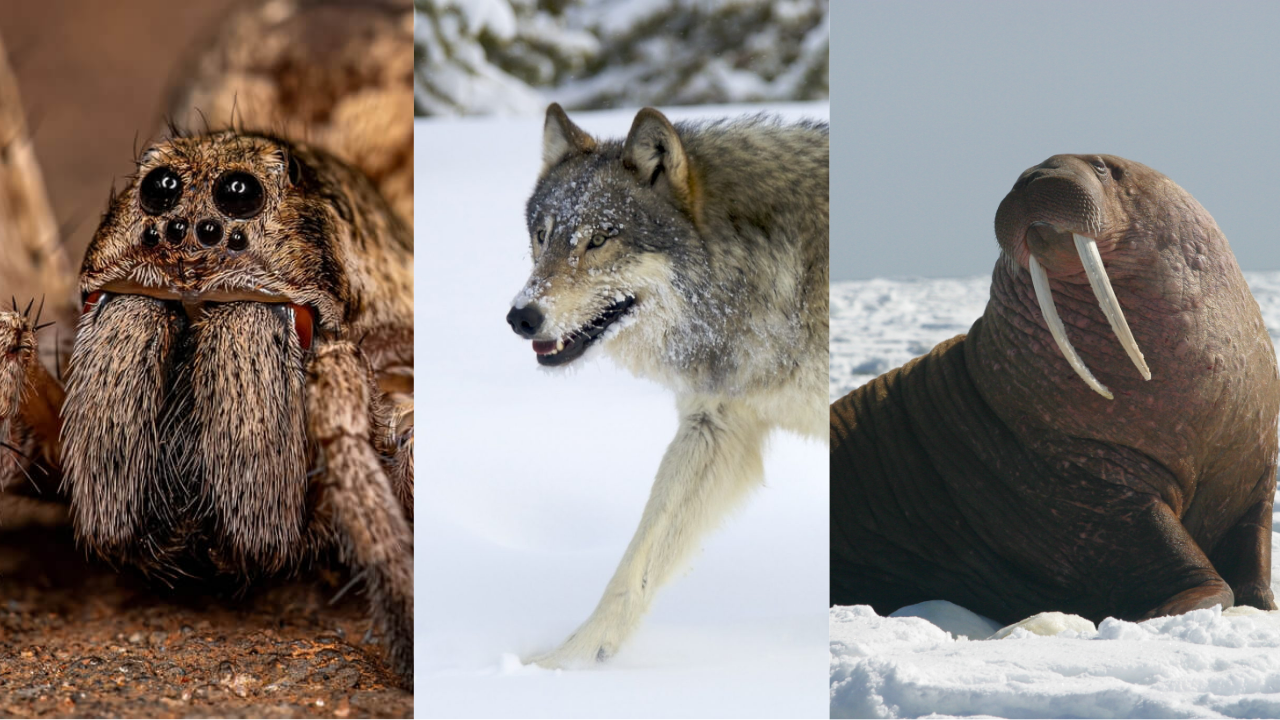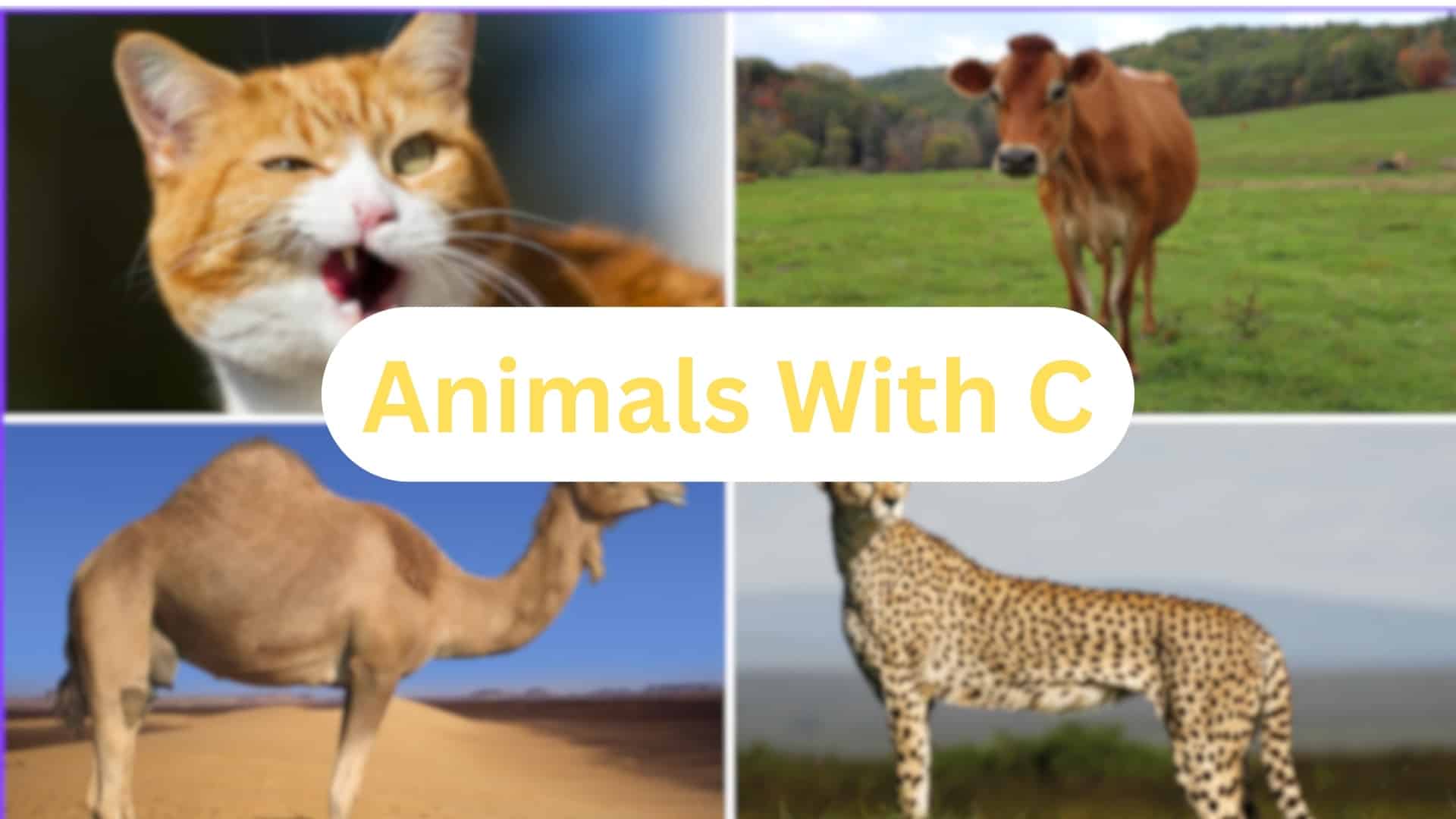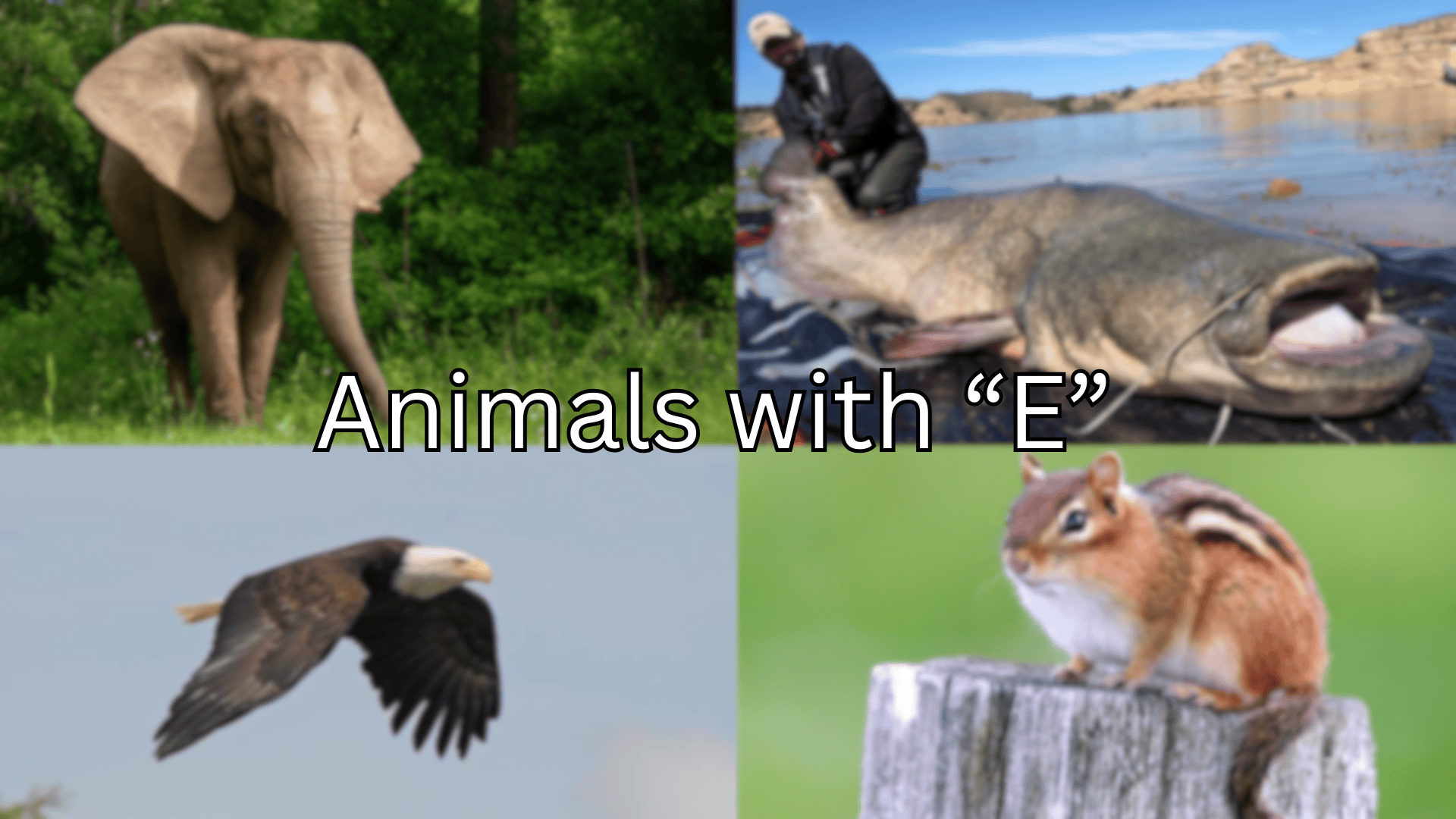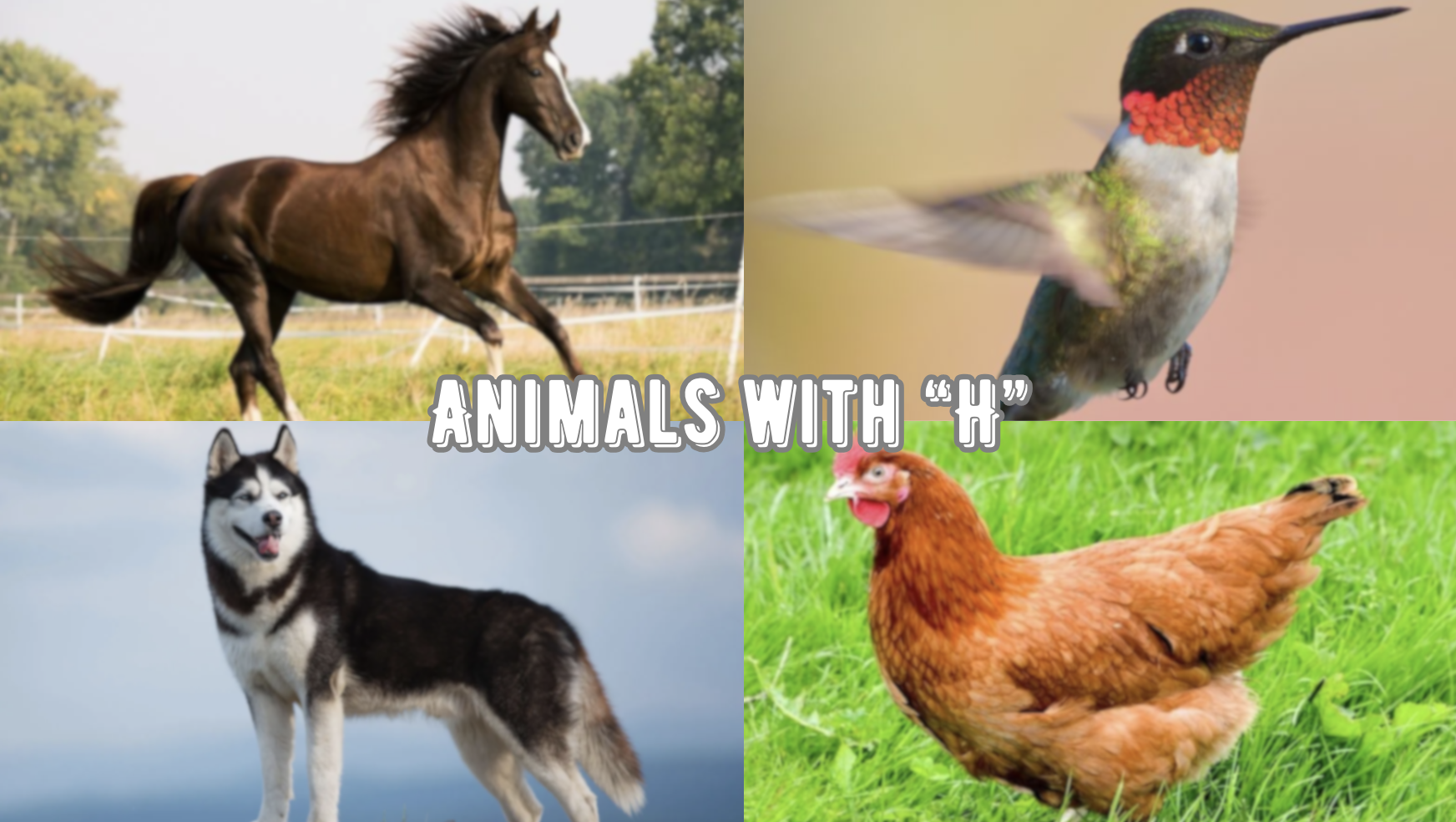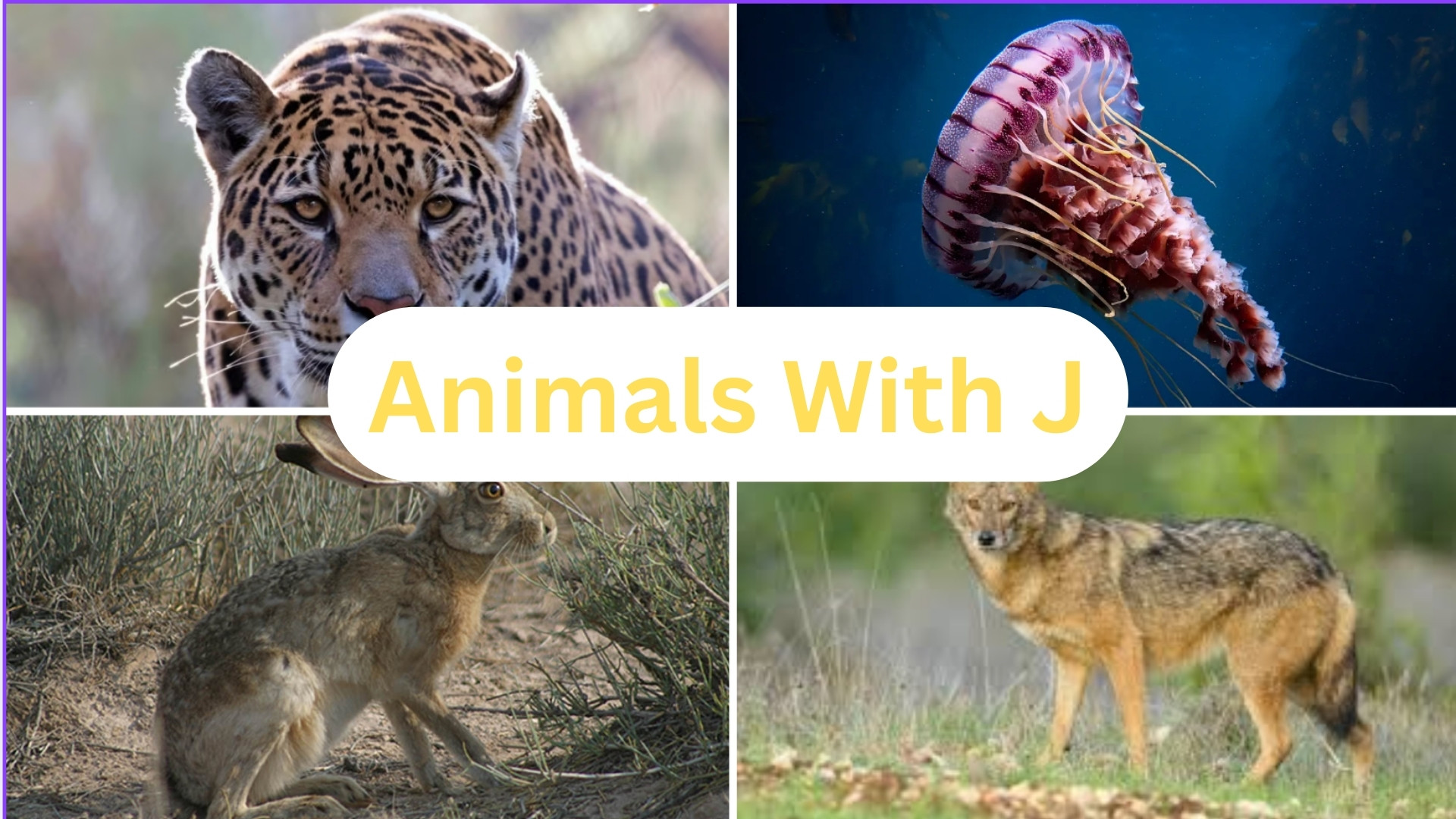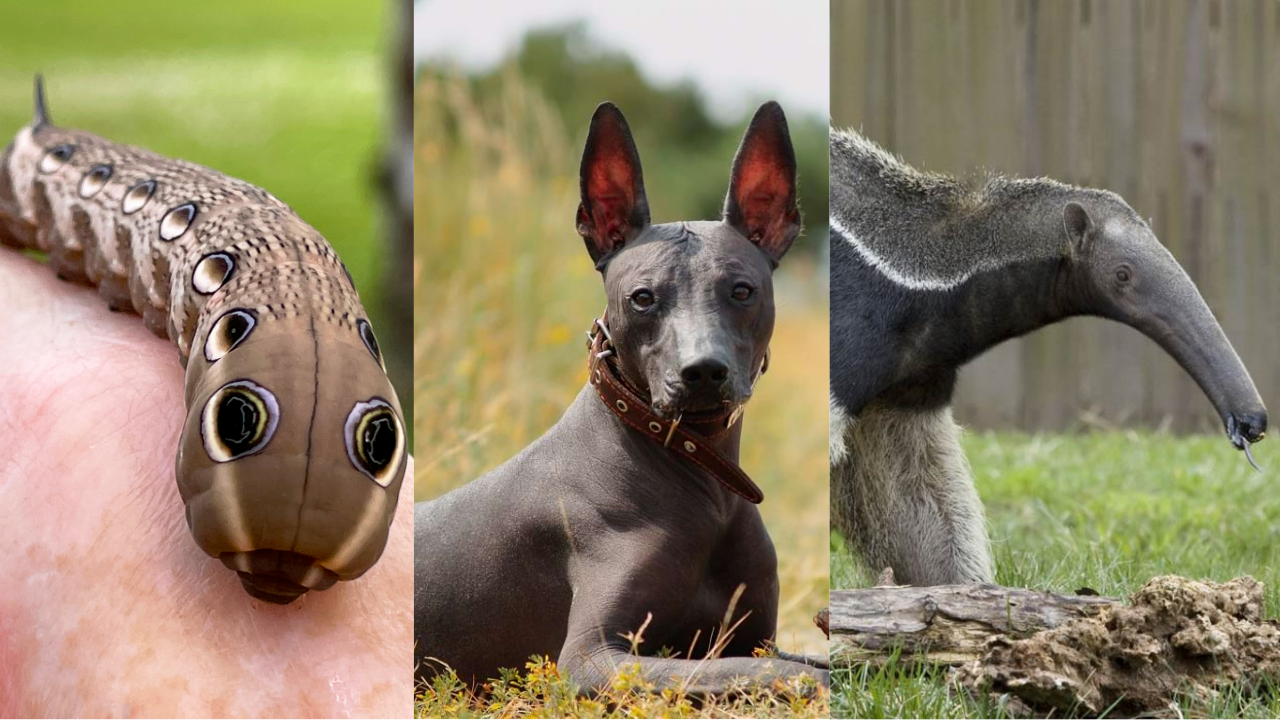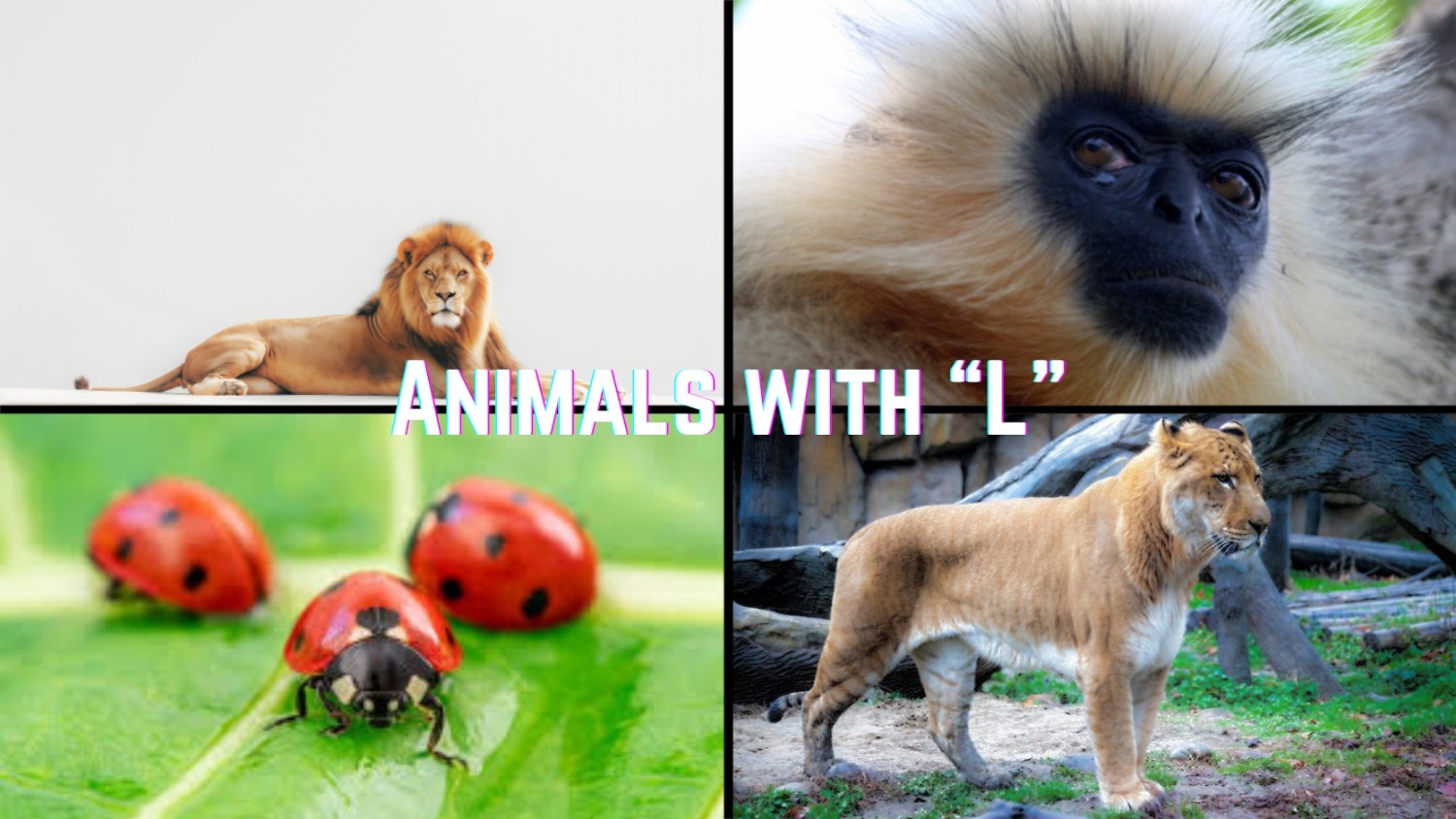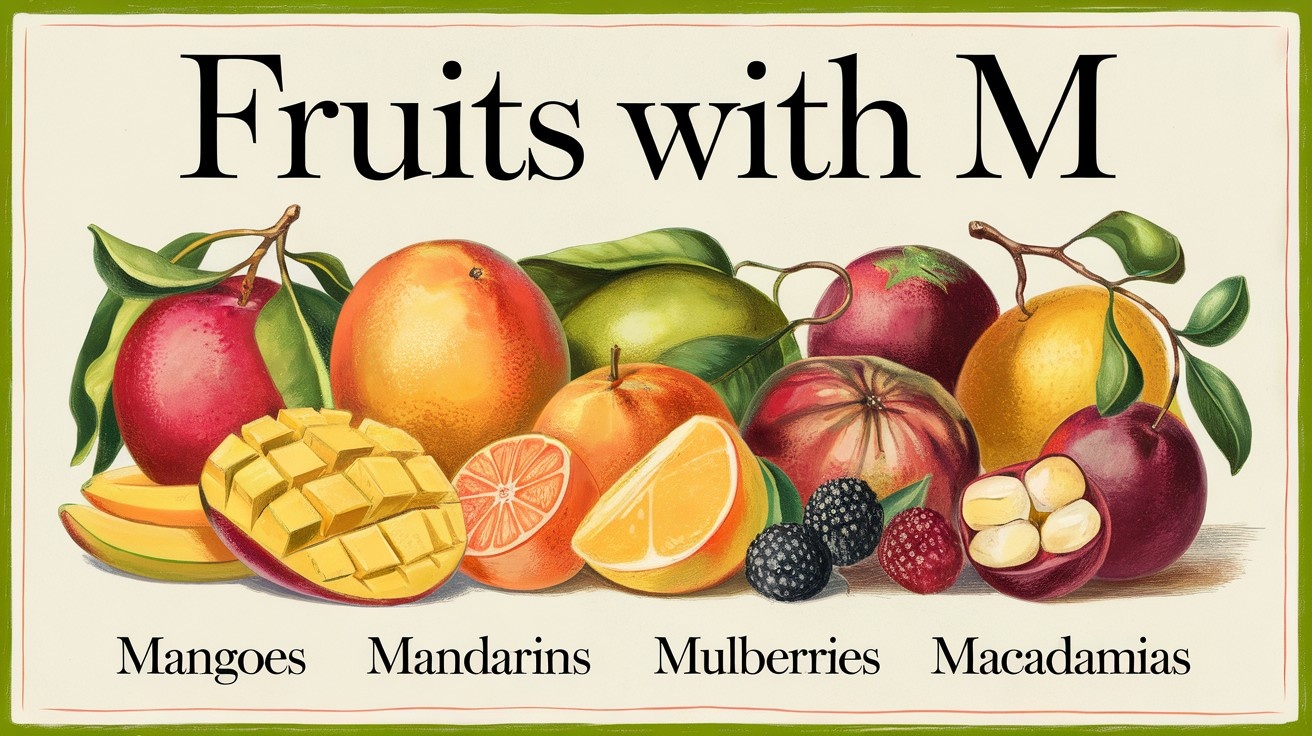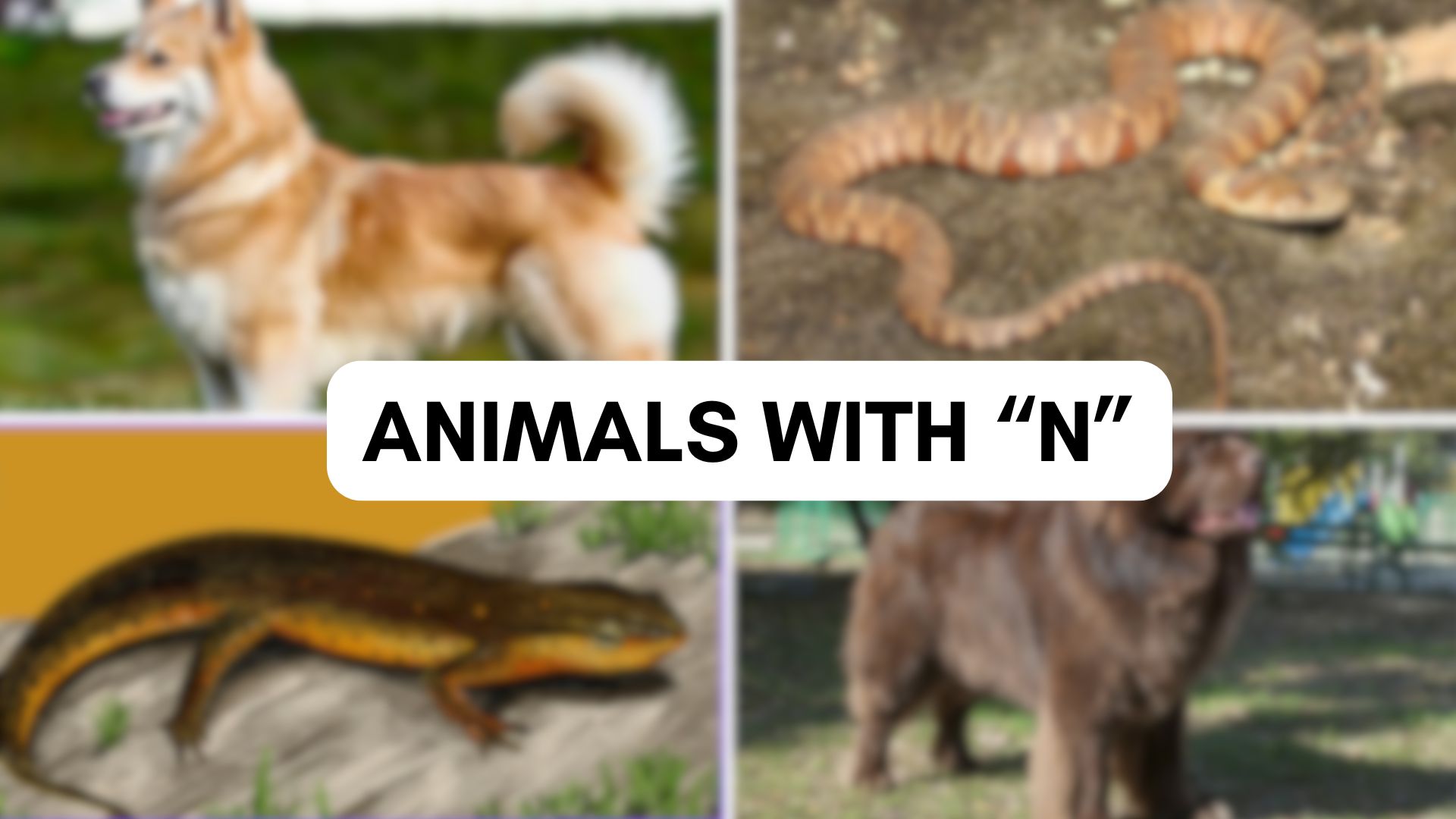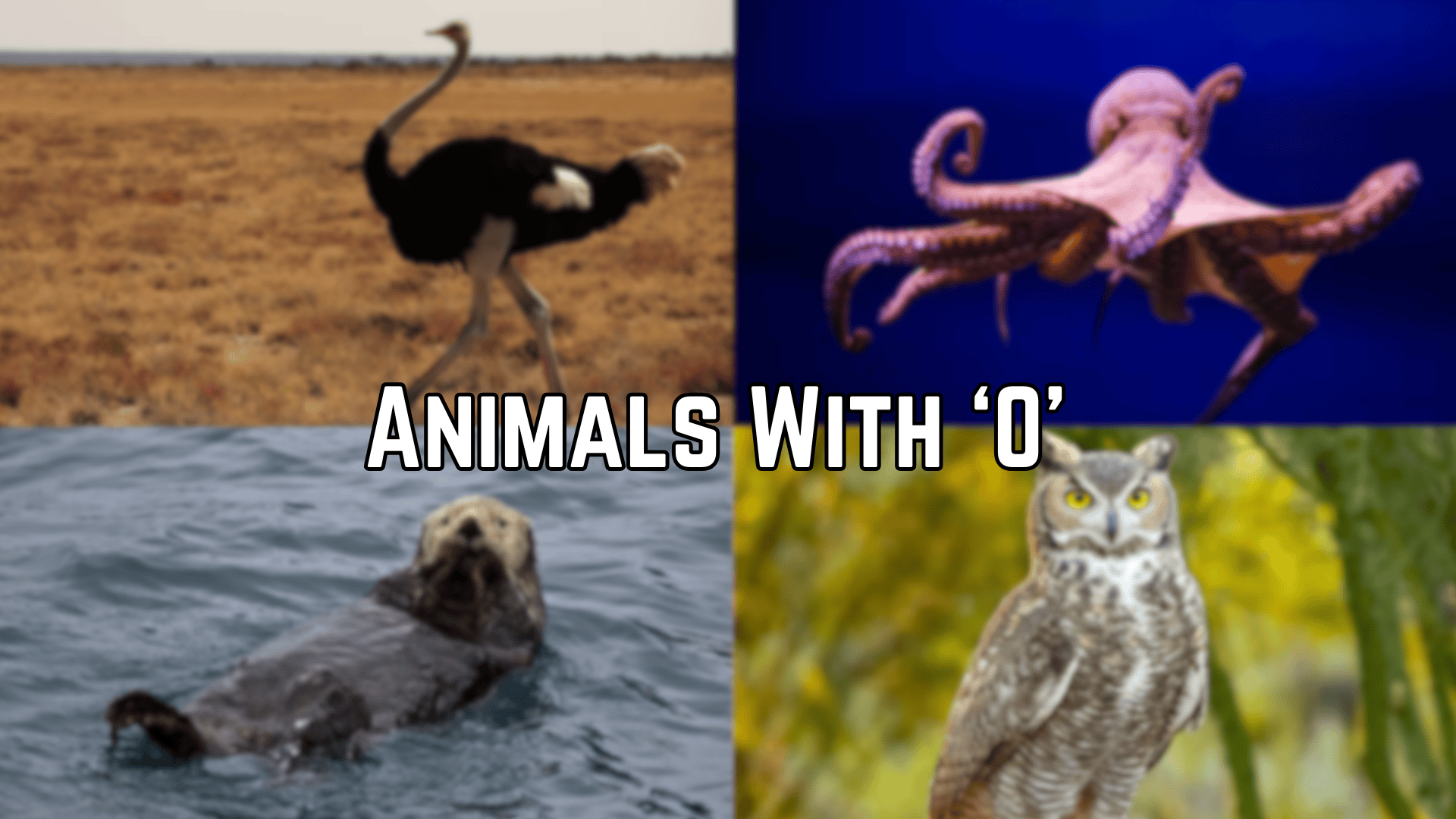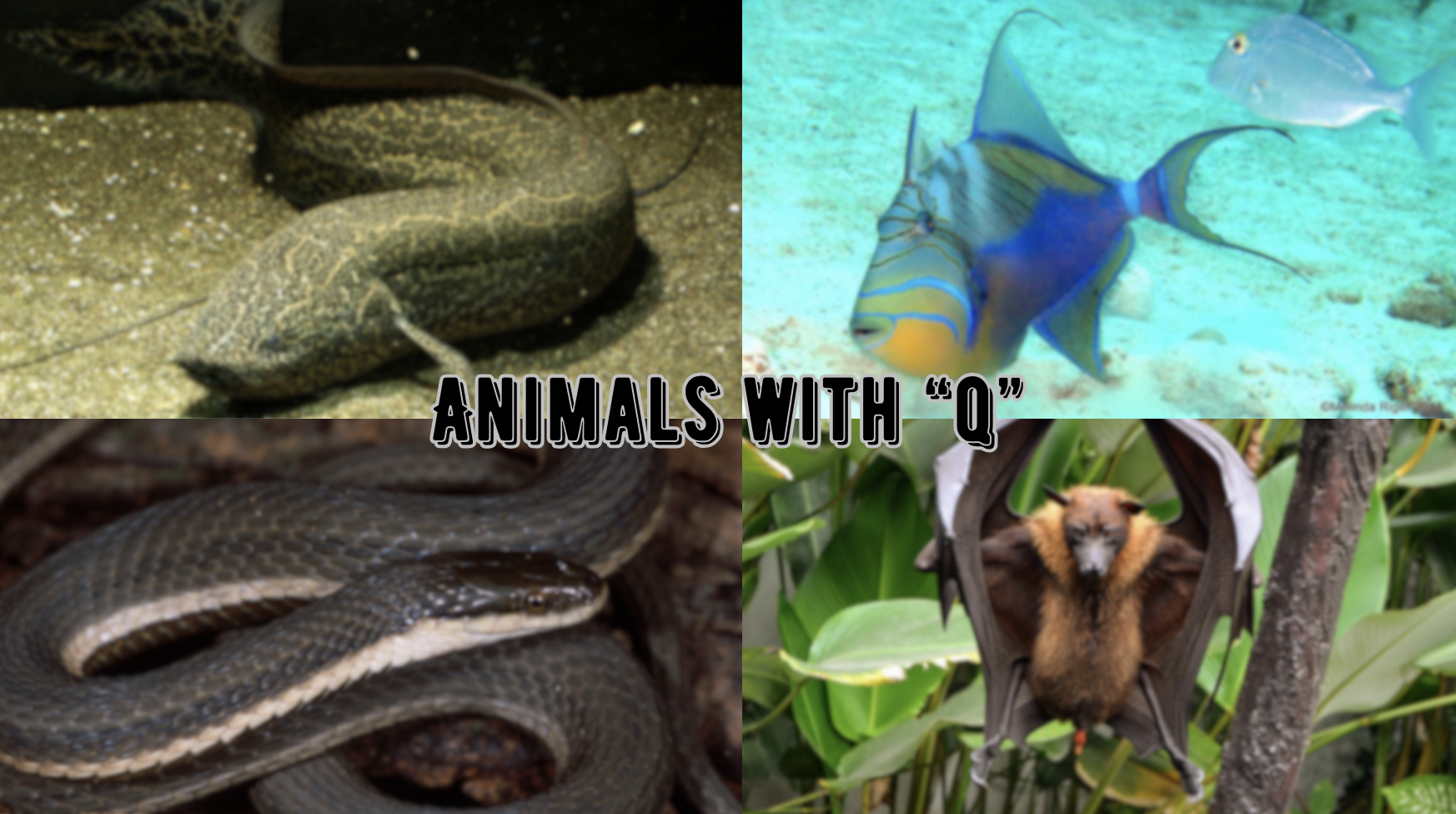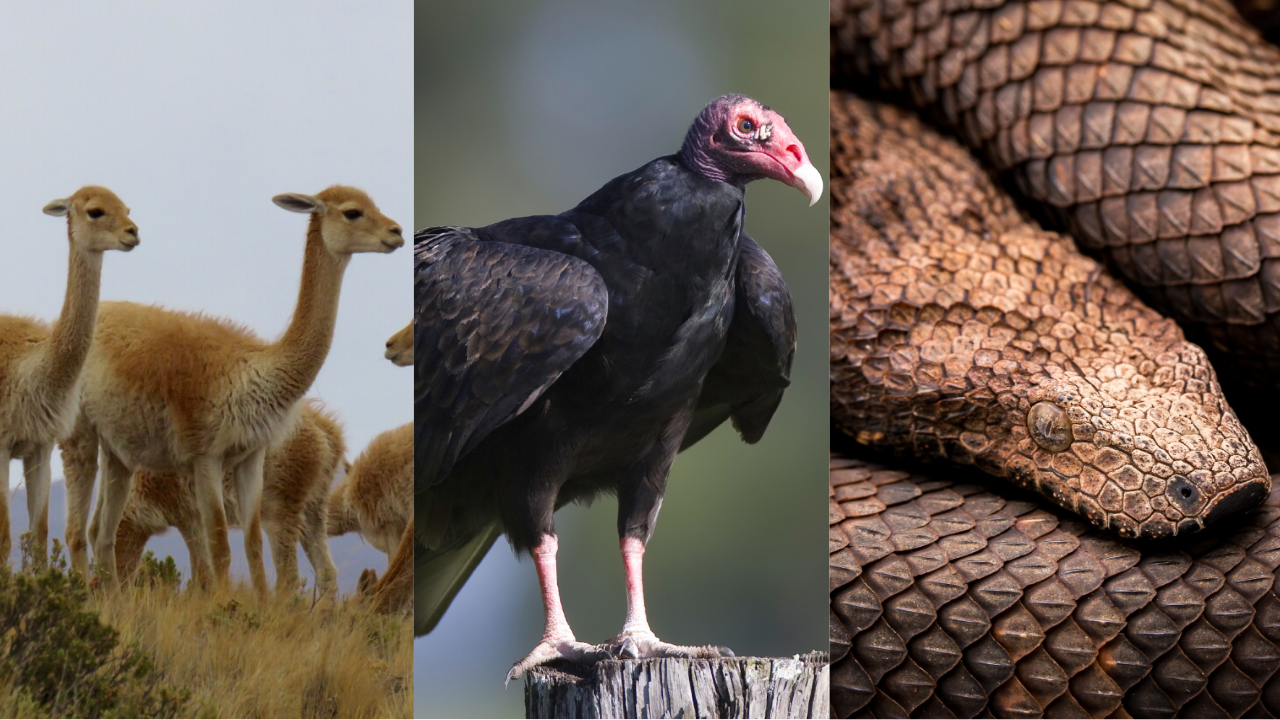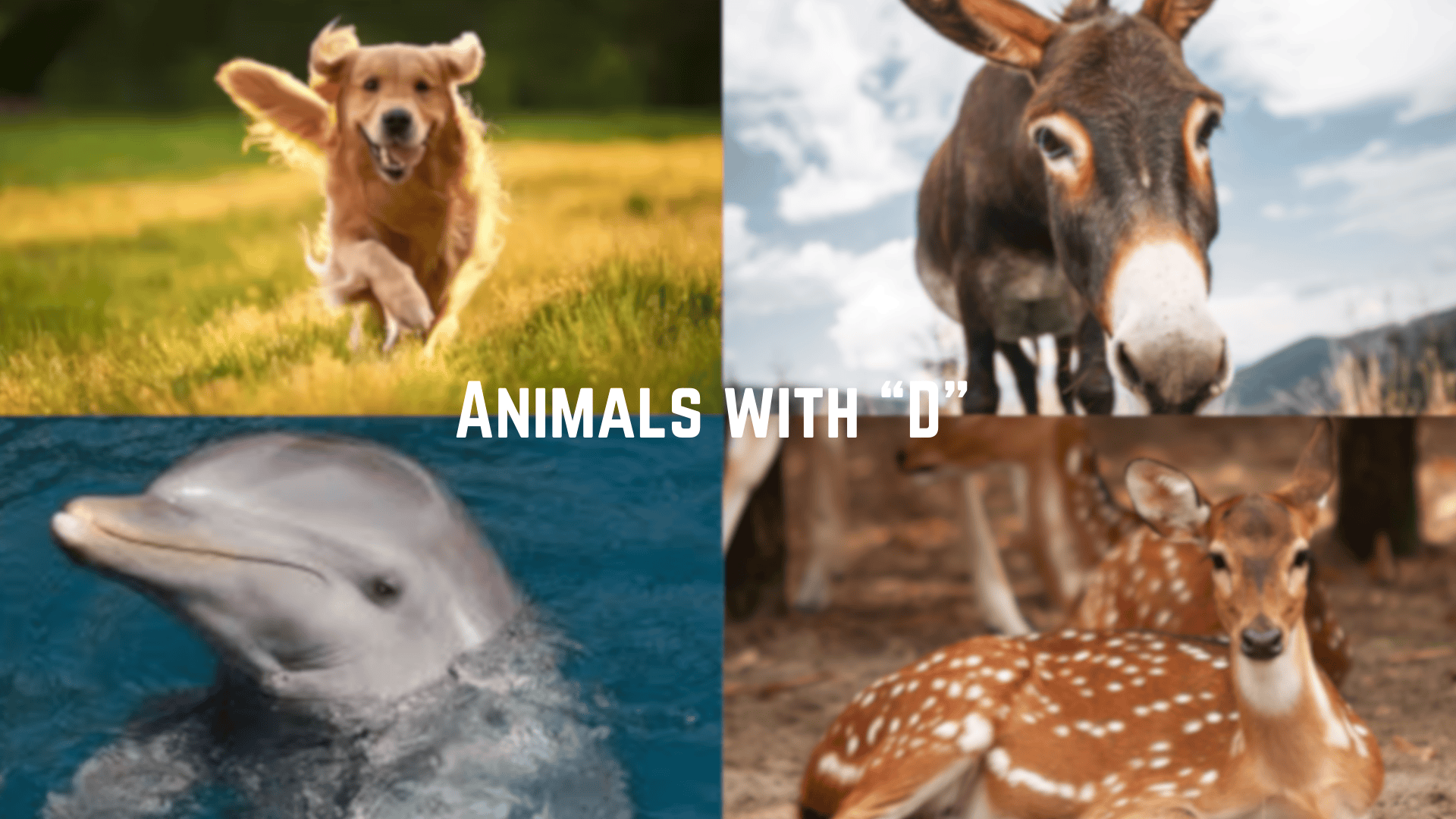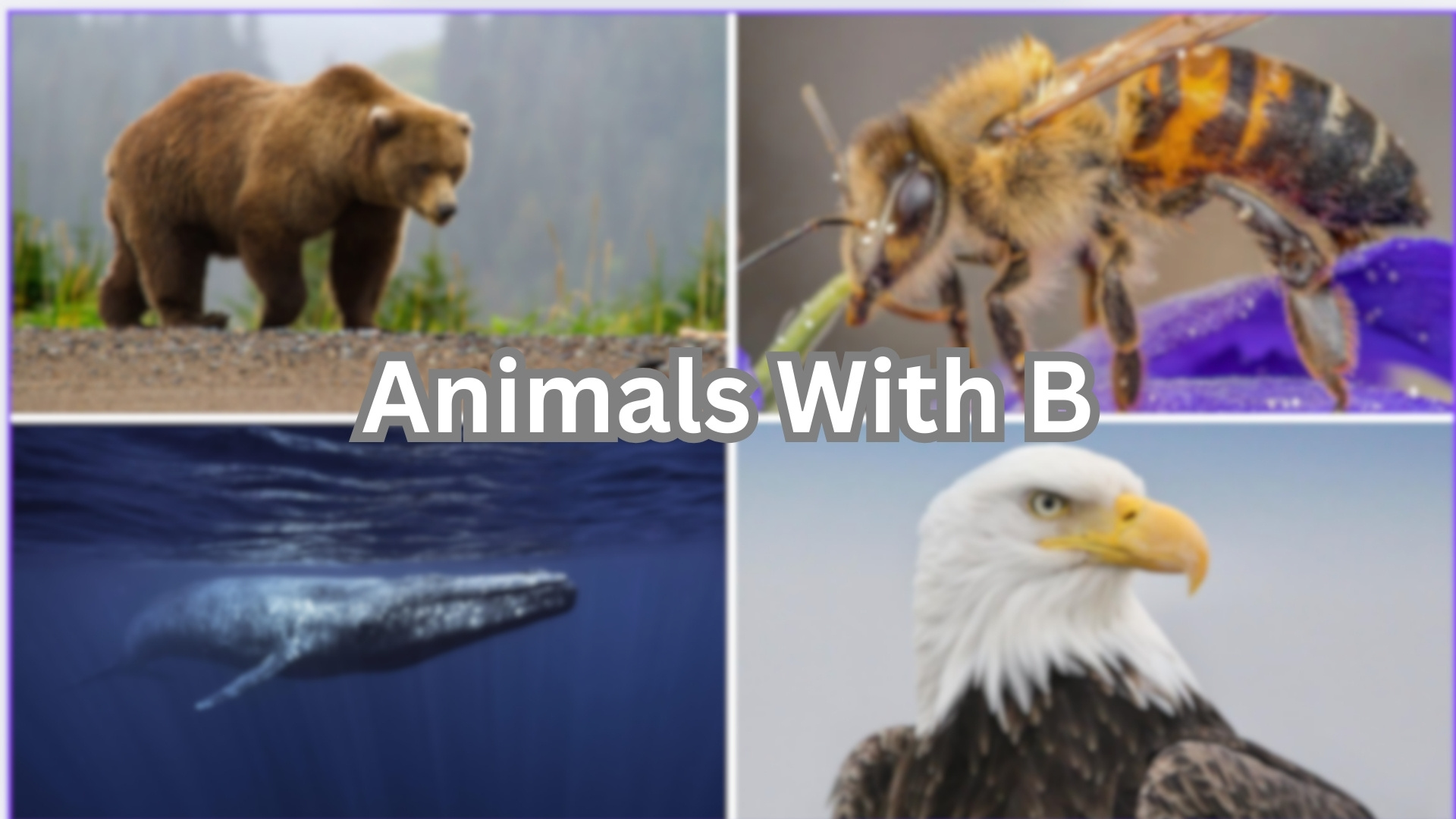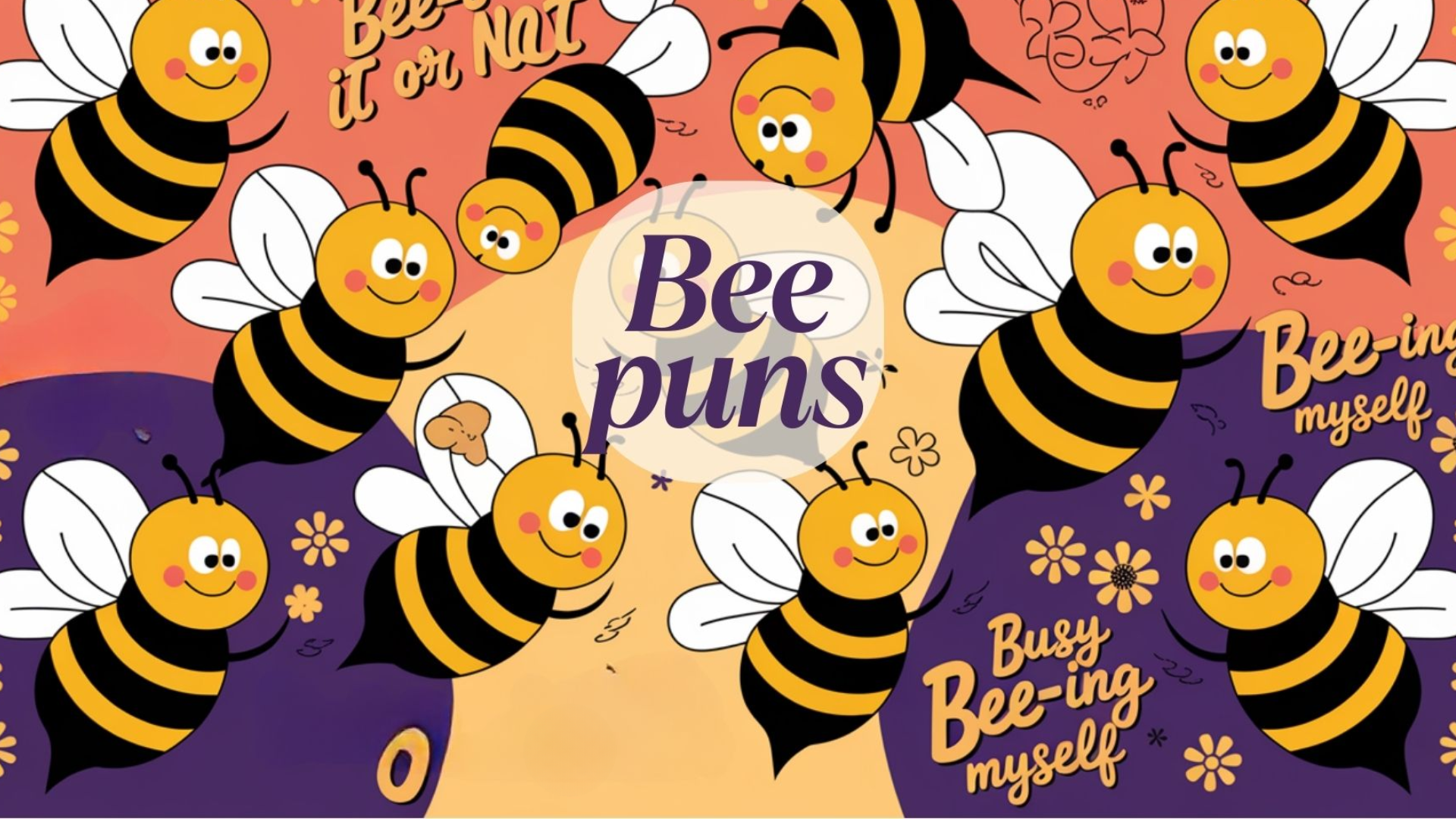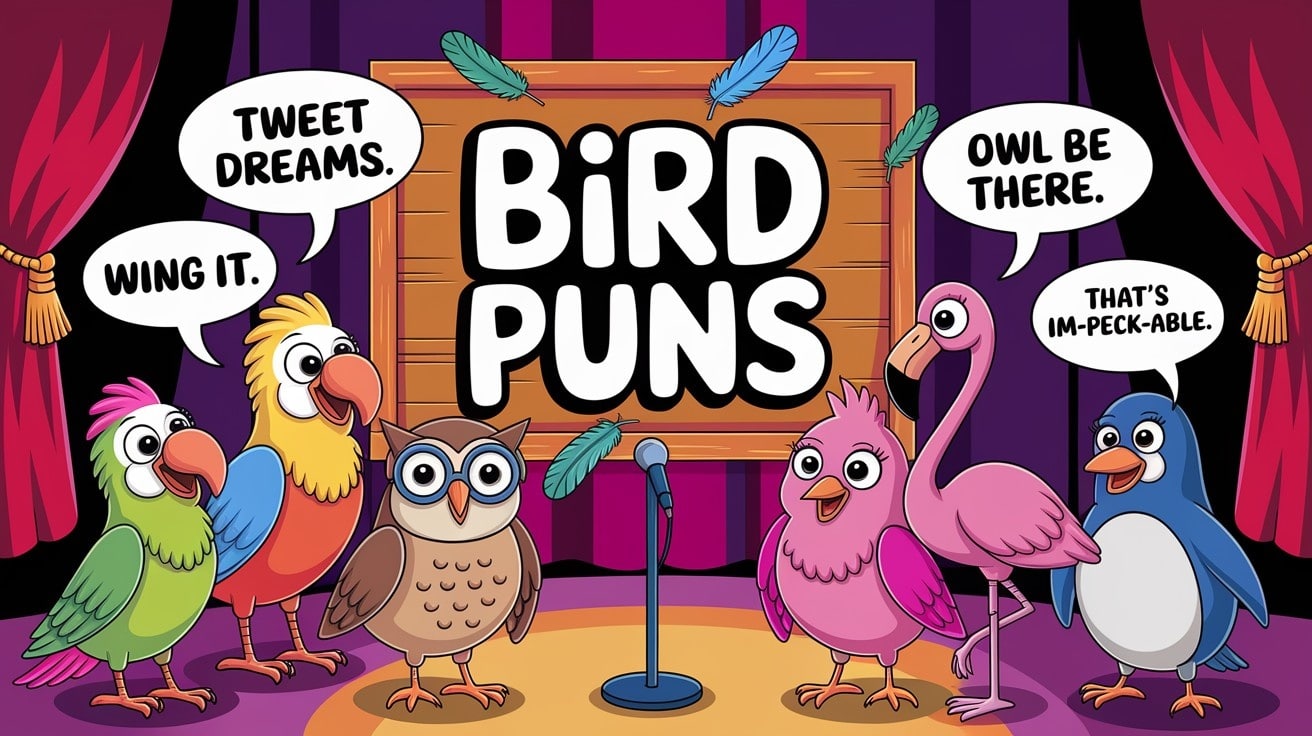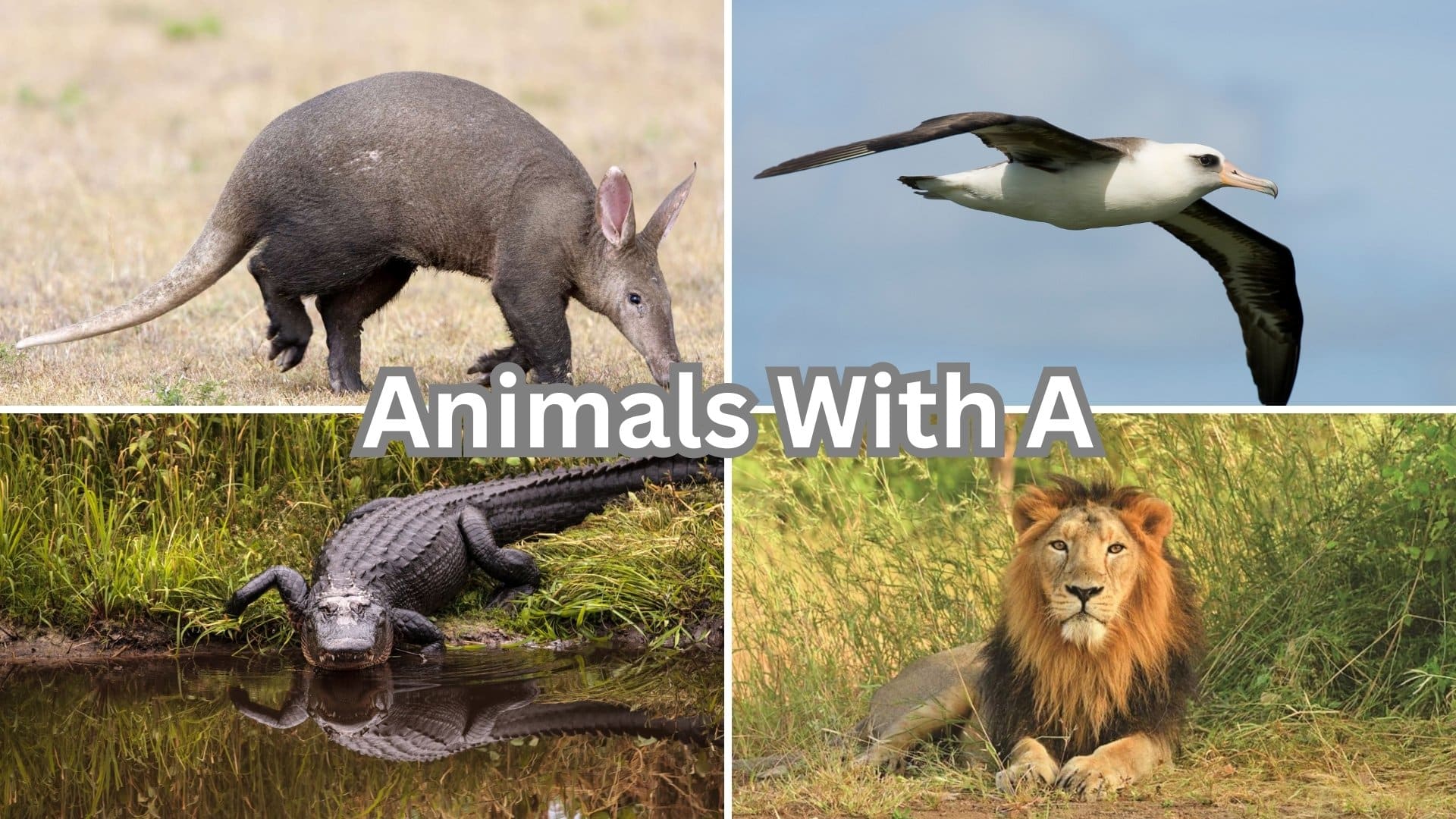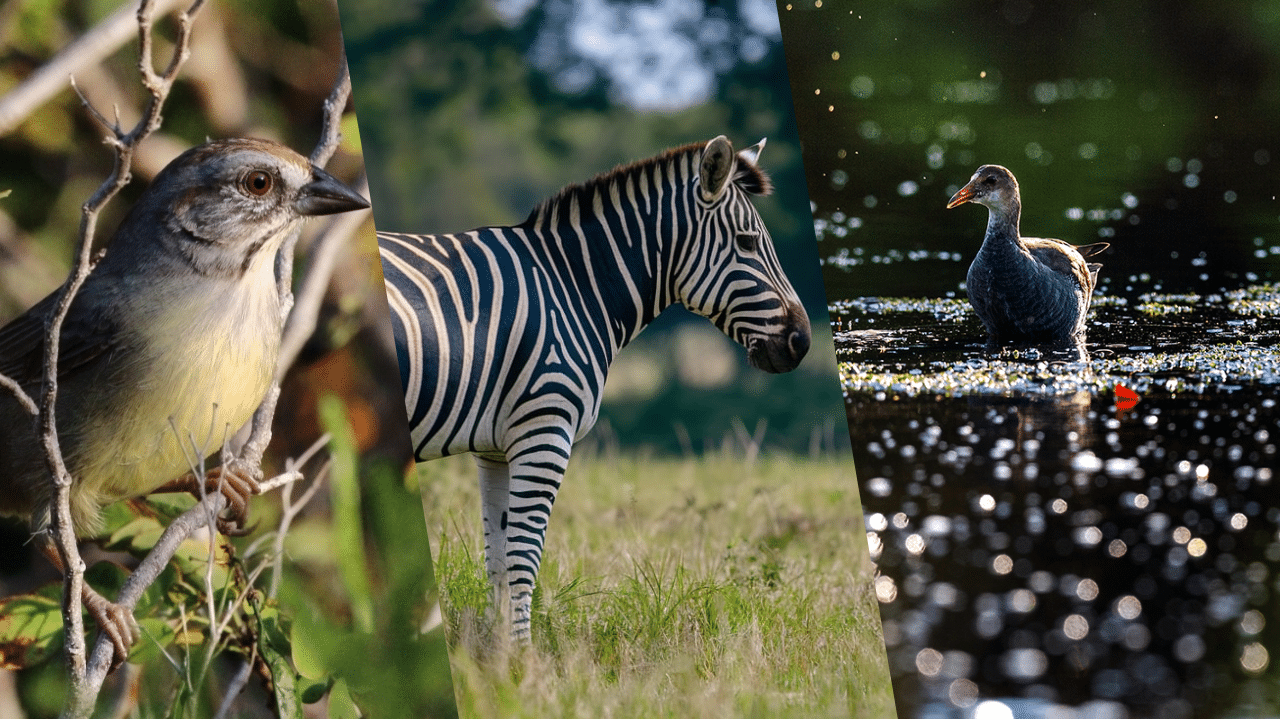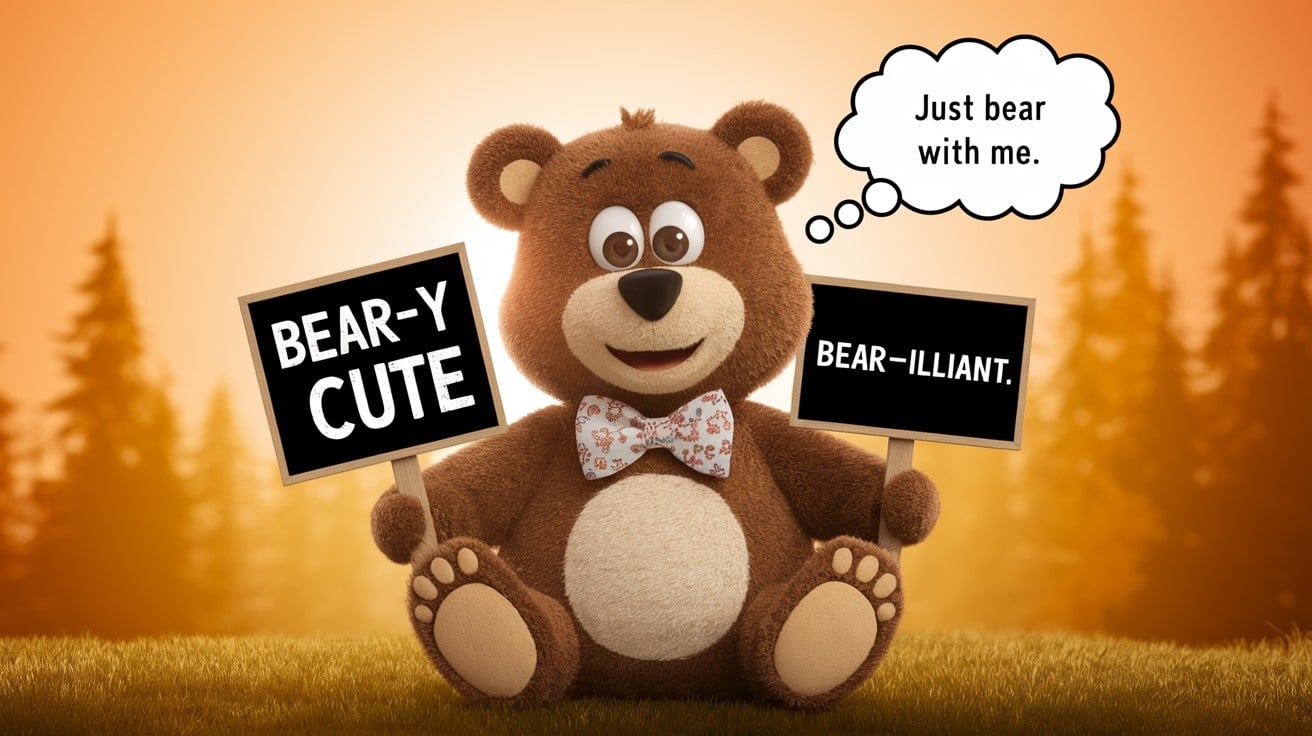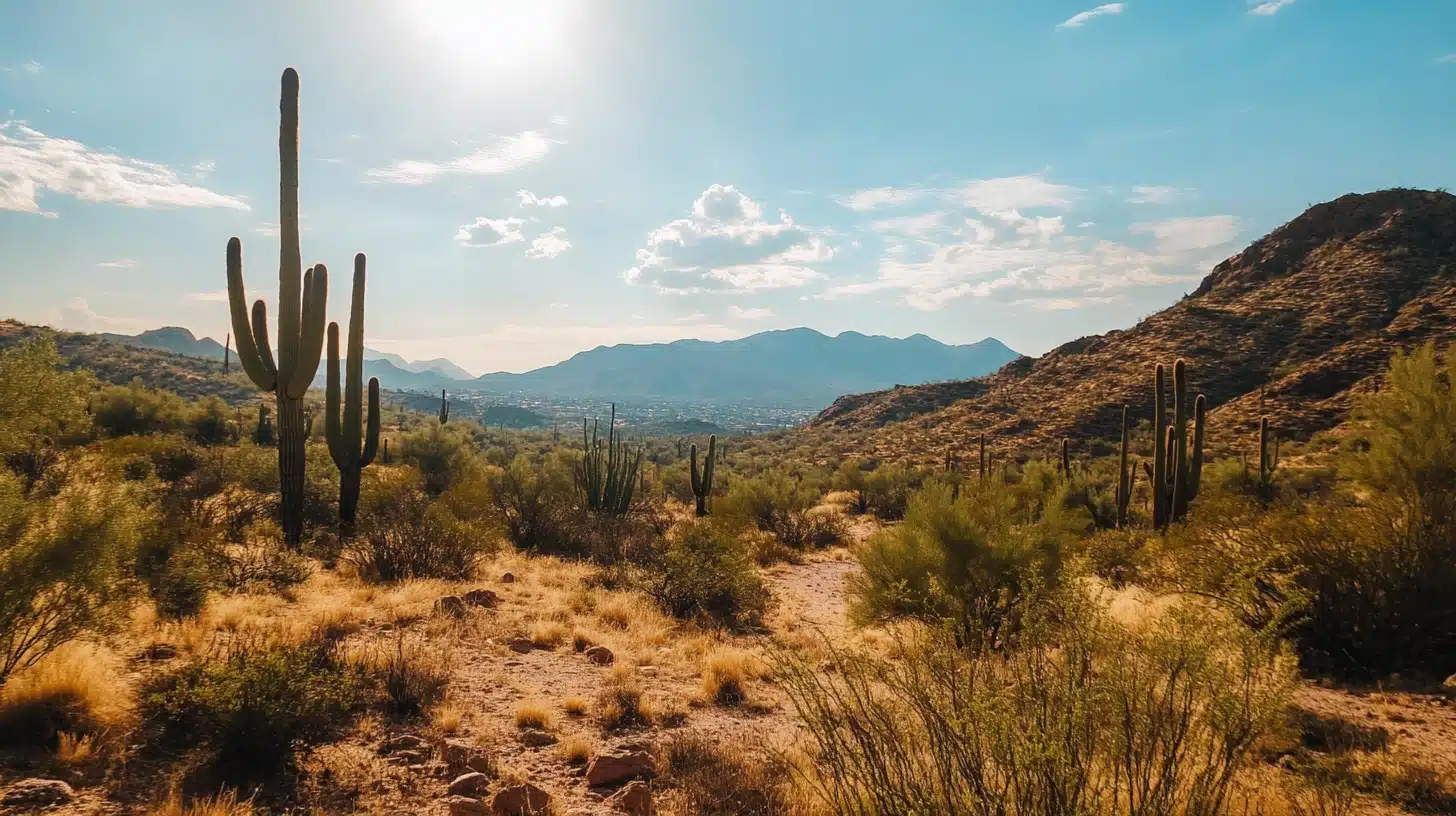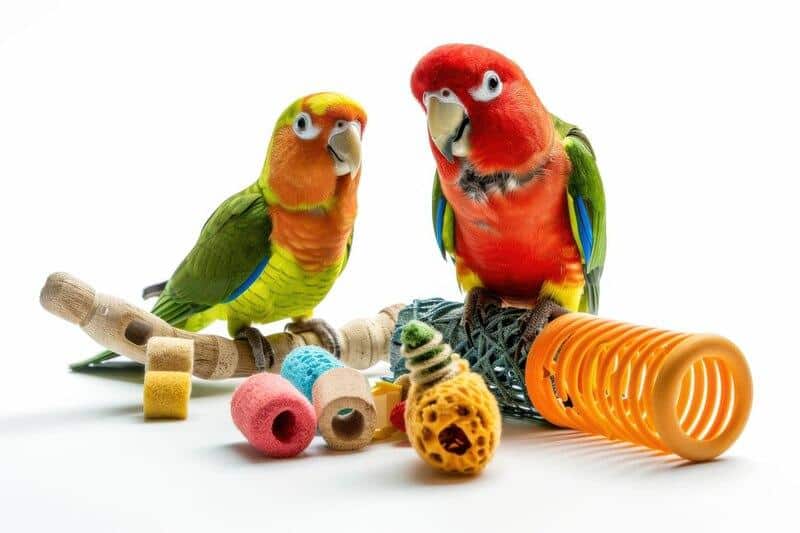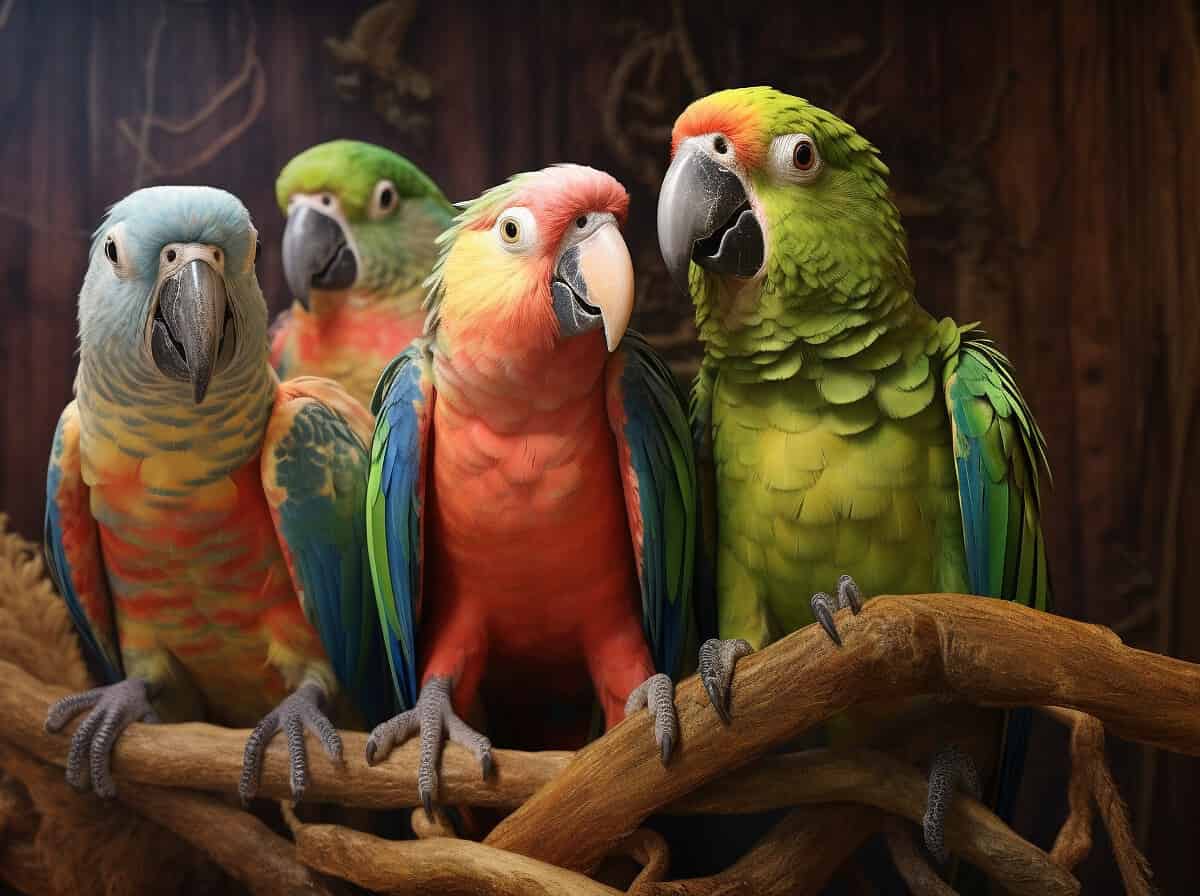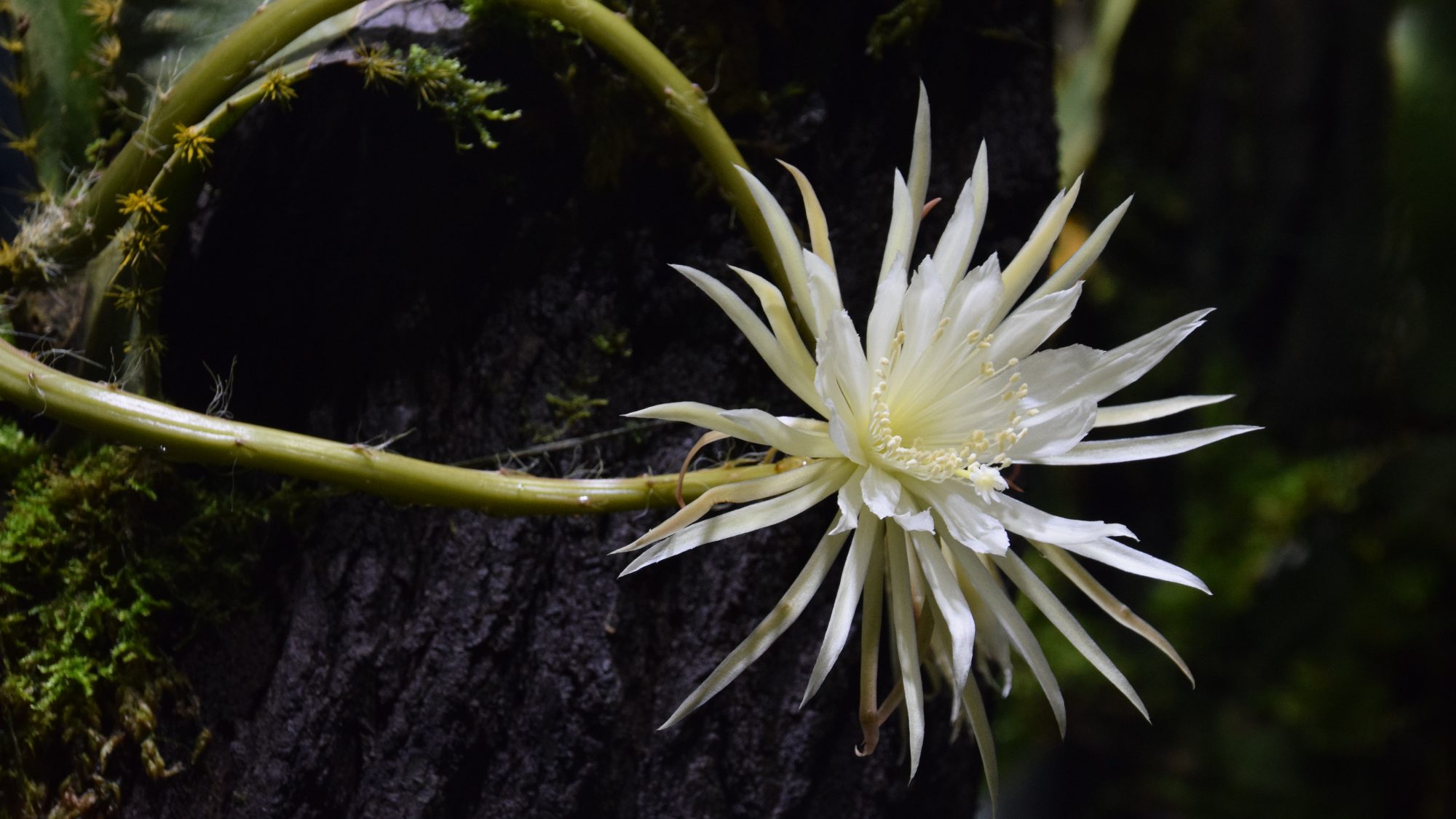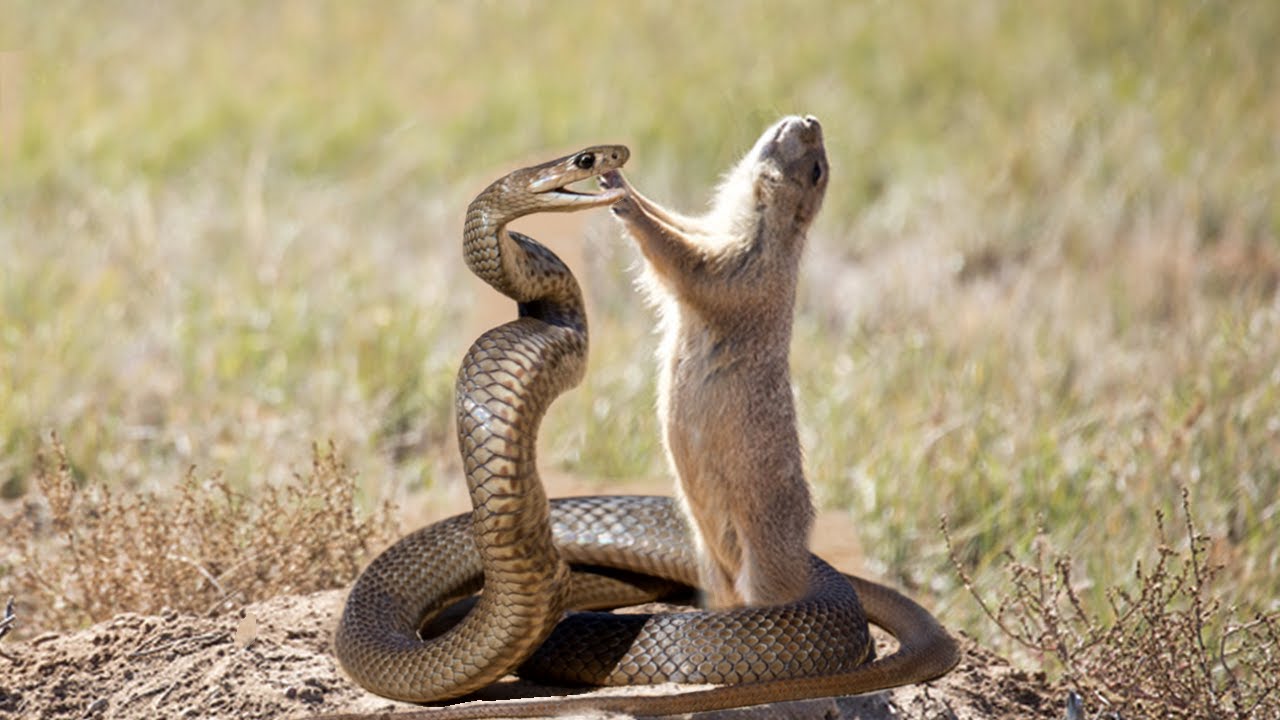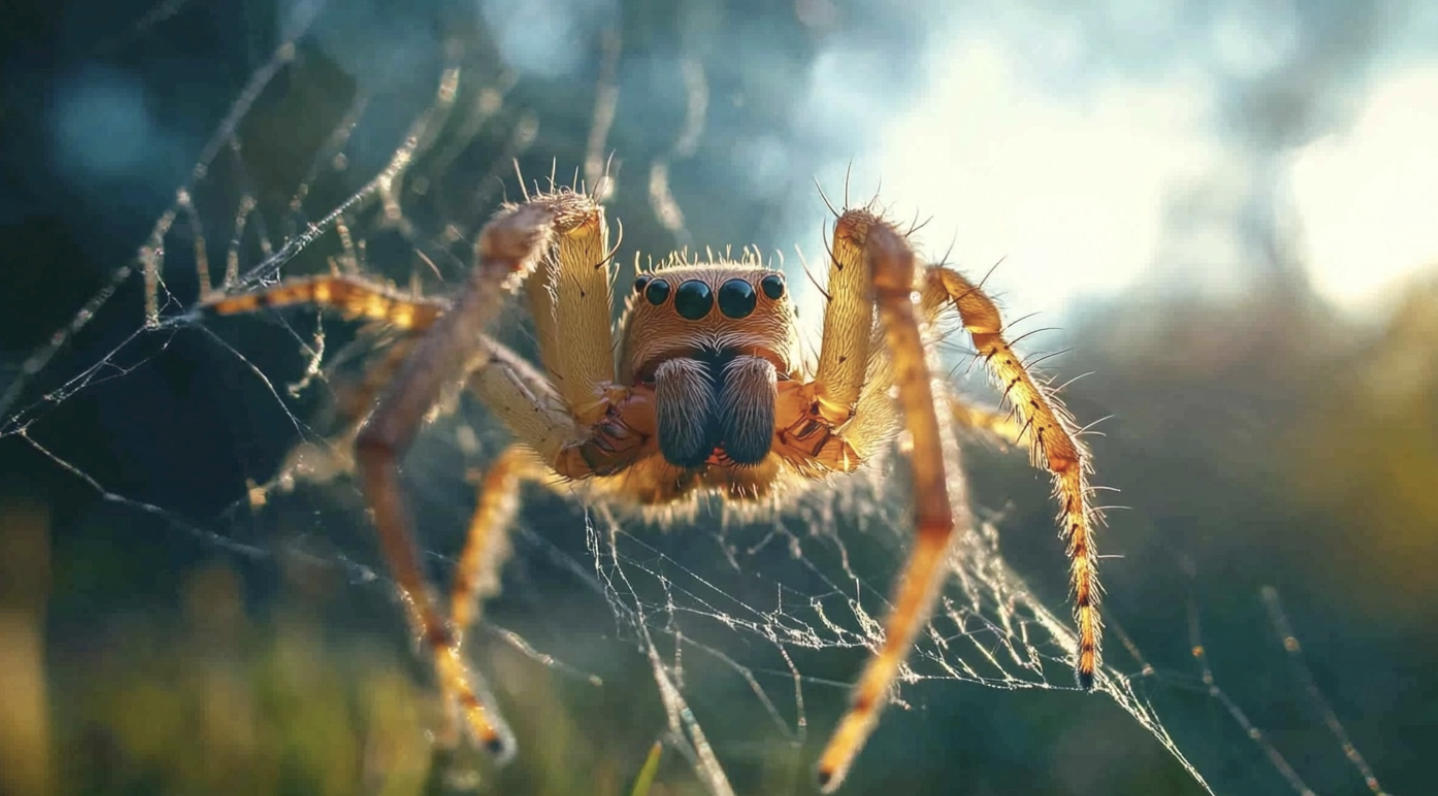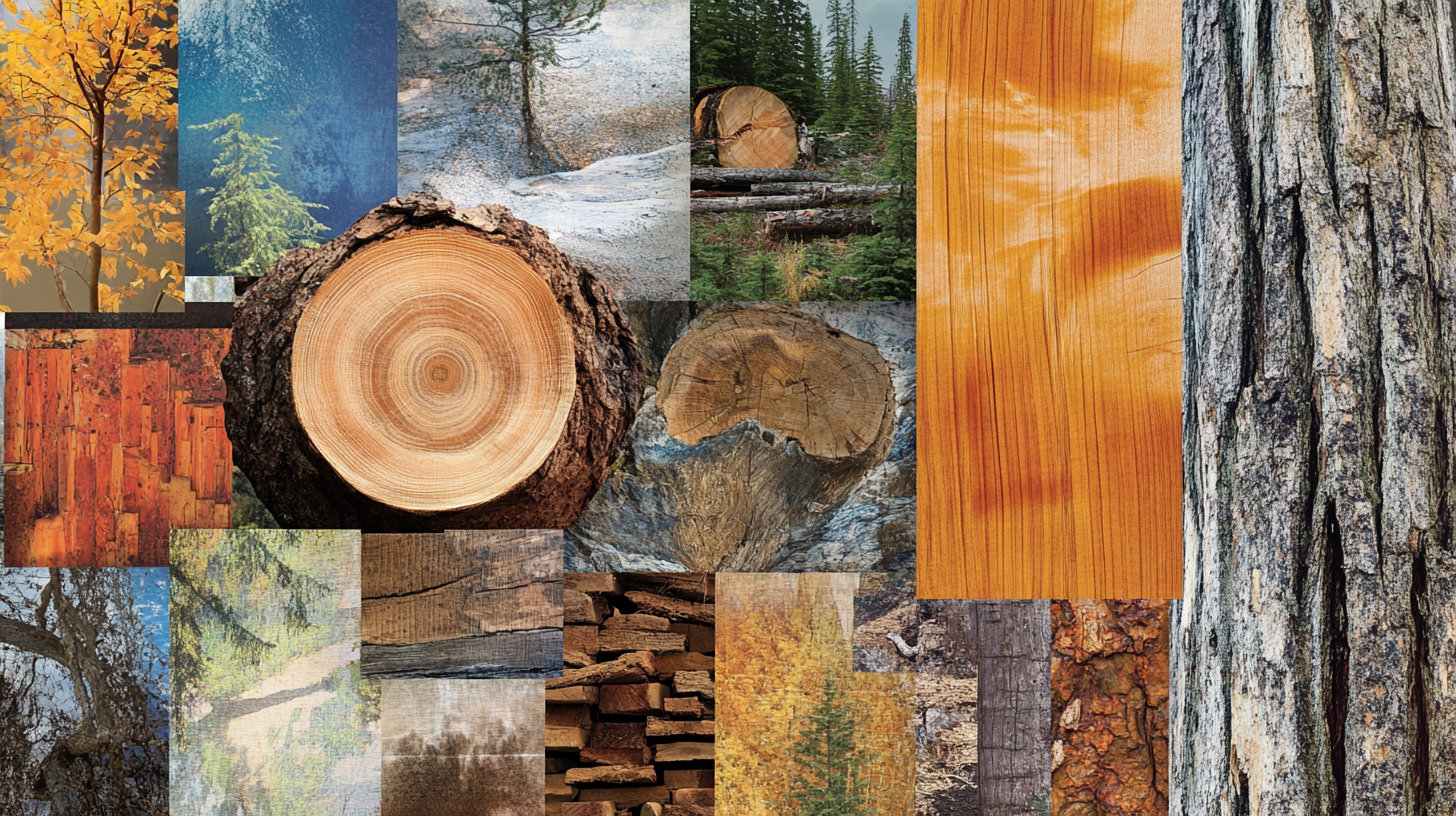
From the adorable rabbit to the majestic red deer, our planet hosts a remarkable diversity of creatures whose names begin with the letter ‘R. ‘
In this blog, we’ll explore interesting facts about these animals, including their habitats, scientific names, feeding habits, and the unique sounds they make.
Are you an animal enthusiast, a student working on a project, or simply curious about wildlife?
Join us as we find the distinctive characteristics and surprising behaviors of rabbits, raccoons, red pandas, and many more R-named creatures from around the world.
Did You Spot These Animals Whose Names Start with ‘R’?
1. Rabbit
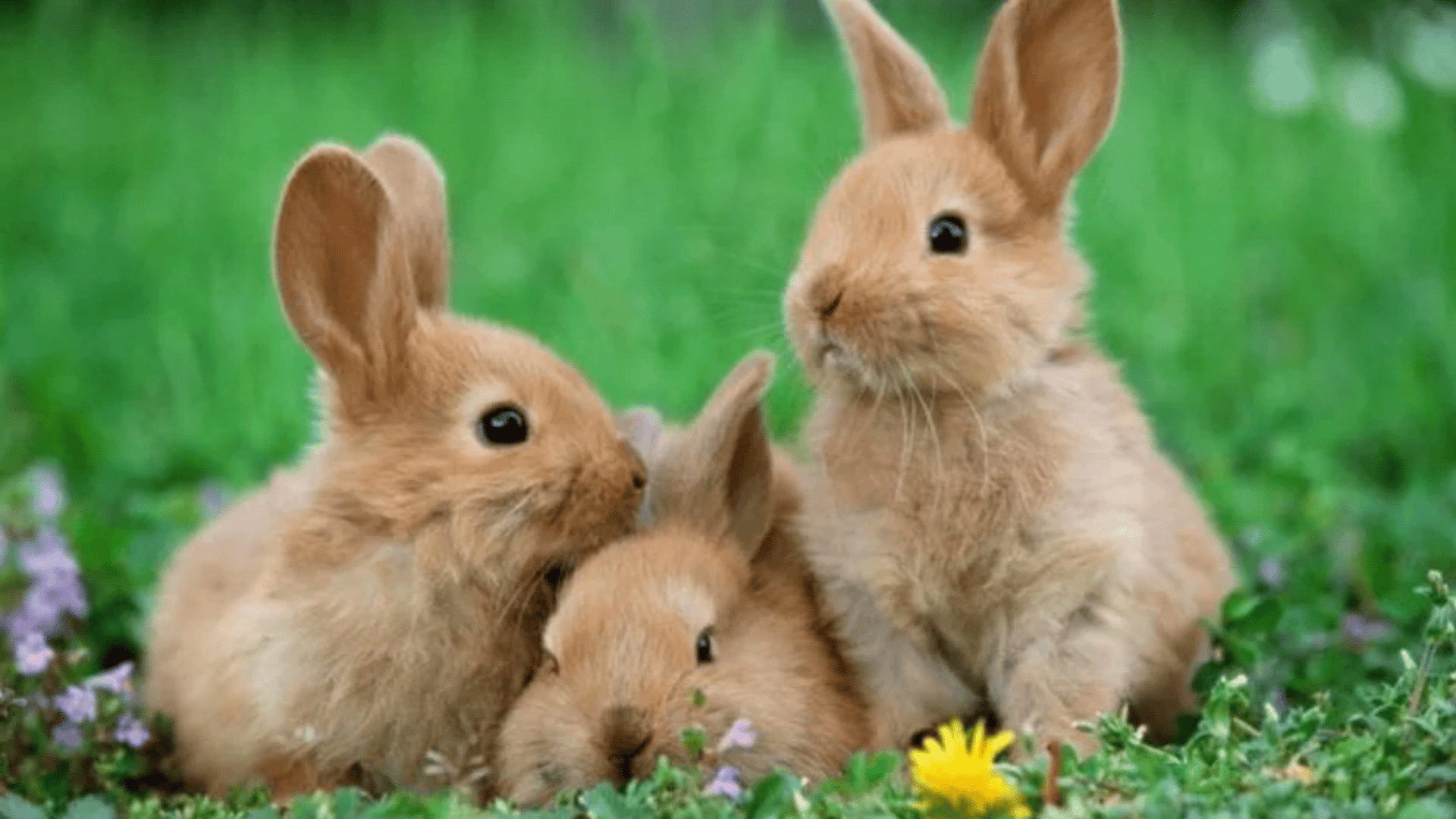
Rabbits are small, herbivorous mammals known for their long ears, strong hind legs, and short, fluffy tails. They vary in size depending on the species, with most domestic rabbits ranging from 1 to 4 kg (2-9 lbs).
Their fur can come in various colors, including brown, white, gray, and black. Rabbits are social animals that live in burrows and reproduce quickly, with litters ranging from 4 to 12 kits.
-
Region of Habitat: Found worldwide; native to Europe, parts of Africa, and Asia. Wild rabbits thrive in grasslands, forests, meadows, and deserts.
-
Scientific Name:Oryctolagus cuniculus
-
Feeding Habits: Herbivorous; primarily feeds on grass, hay, vegetables, and bark. They practice coprophagy, re-digesting soft feces for better nutrient absorption.
-
What Sound They Make: Rabbits are mostly quiet but can make soft grunts, purrs, or distress screams when threatened.
Fun Facts:
Rabbits perform a joyful leap and twist in the air called a “binky” when happy. Their teeth never stop growing, so they constantly chew on fibrous food to keep them trimmed.
2. Raccoon
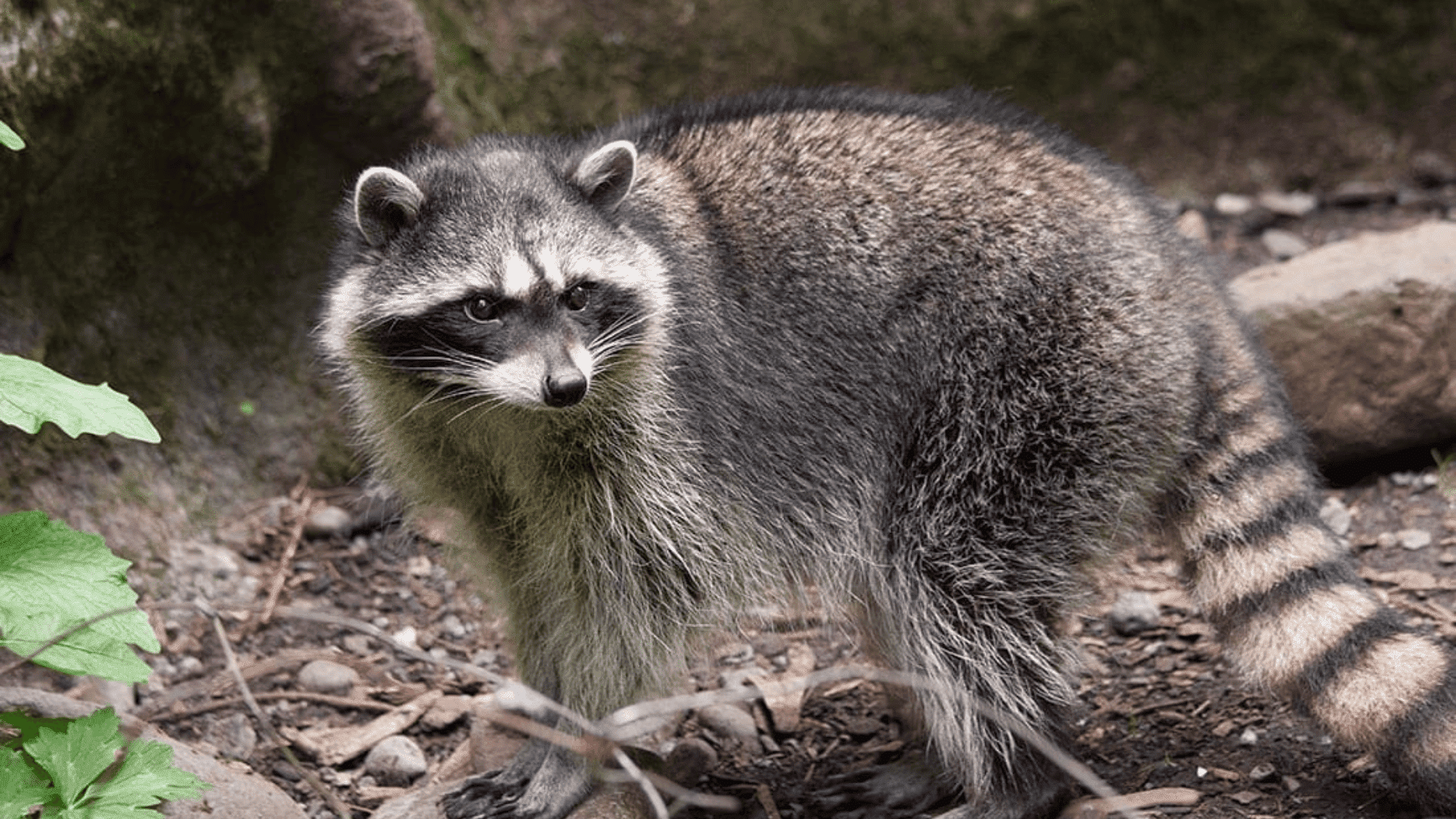
Raccoons are medium-sized mammals known for their distinctive black “mask” around the eyes and ringed tails.
They are highly intelligent and have dexterous front paws, enabling them to open doors, containers and even manipulate locks. They typically measure 40 to 70 cm (16-28 inches) in length, excluding the tail.
-
Region of Habitat: Native to North America but also found in parts of Europe and Japan; commonly seen in forests, urban areas, and wetlands.
-
Scientific Name:Procyon lotor
-
Feeding Habits: Omnivorous; consumes fruits, nuts, fish, insects, eggs, and even scavenges human leftovers.
-
What Sound They Make: Raccoons are vocal animals, making chittering, growling, hissing, and purring sounds for communication.
Fun Facts:
They can remember problem-solving tasks for up to three years. Raccoons wash their food before eating, though it is believed this behavior mimics foraging in water.
3. Raccoon Dog
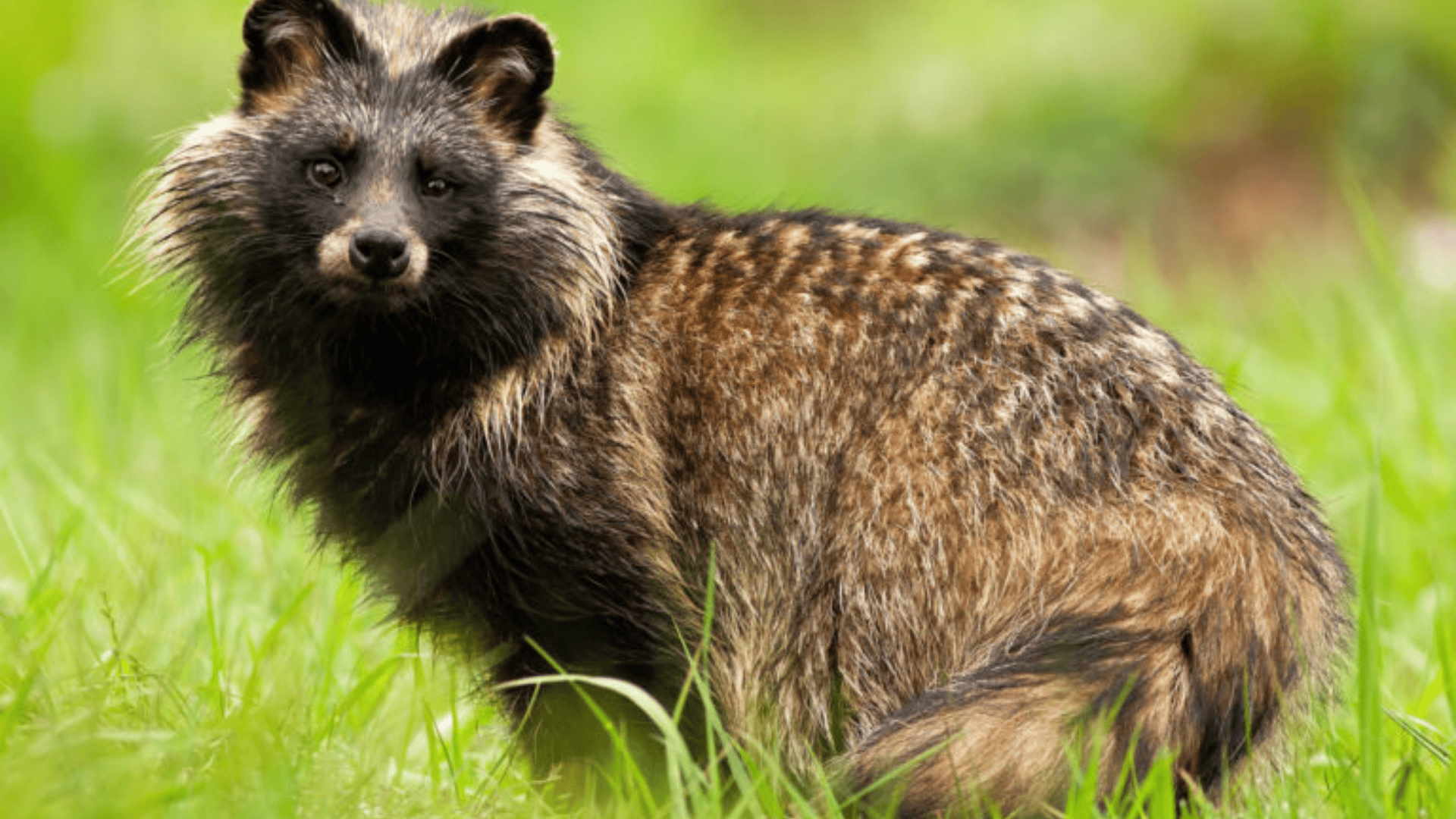
Despite its name, the raccoon dog is not a raccoon but a member of the Canidae (dog) family. It has a distinctive raccoon-like face, thick fur, and a bushy tail. Raccoon dogs are nocturnal and are among the few canids that hibernate in colder climates.
-
Region of Habitat: Native to East Asia, including China, Japan, and Russia; introduced to parts of Europe. Found in forests, wetlands, and grasslands.
-
Scientific Name:Nyctereutes procyonoides
-
Feeding Habits: Omnivorous; eats rodents, birds, amphibians, berries, fruits, and fish.
-
What Sound They Make: Makes whimpering, growling, and barking sounds, particularly during mating season.
Fun Facts:
It is the only canid known to hibernate. In Japan, it is associated with folklore creatures called “tanuki,” known for their mischievous nature.
4. Racer Snake
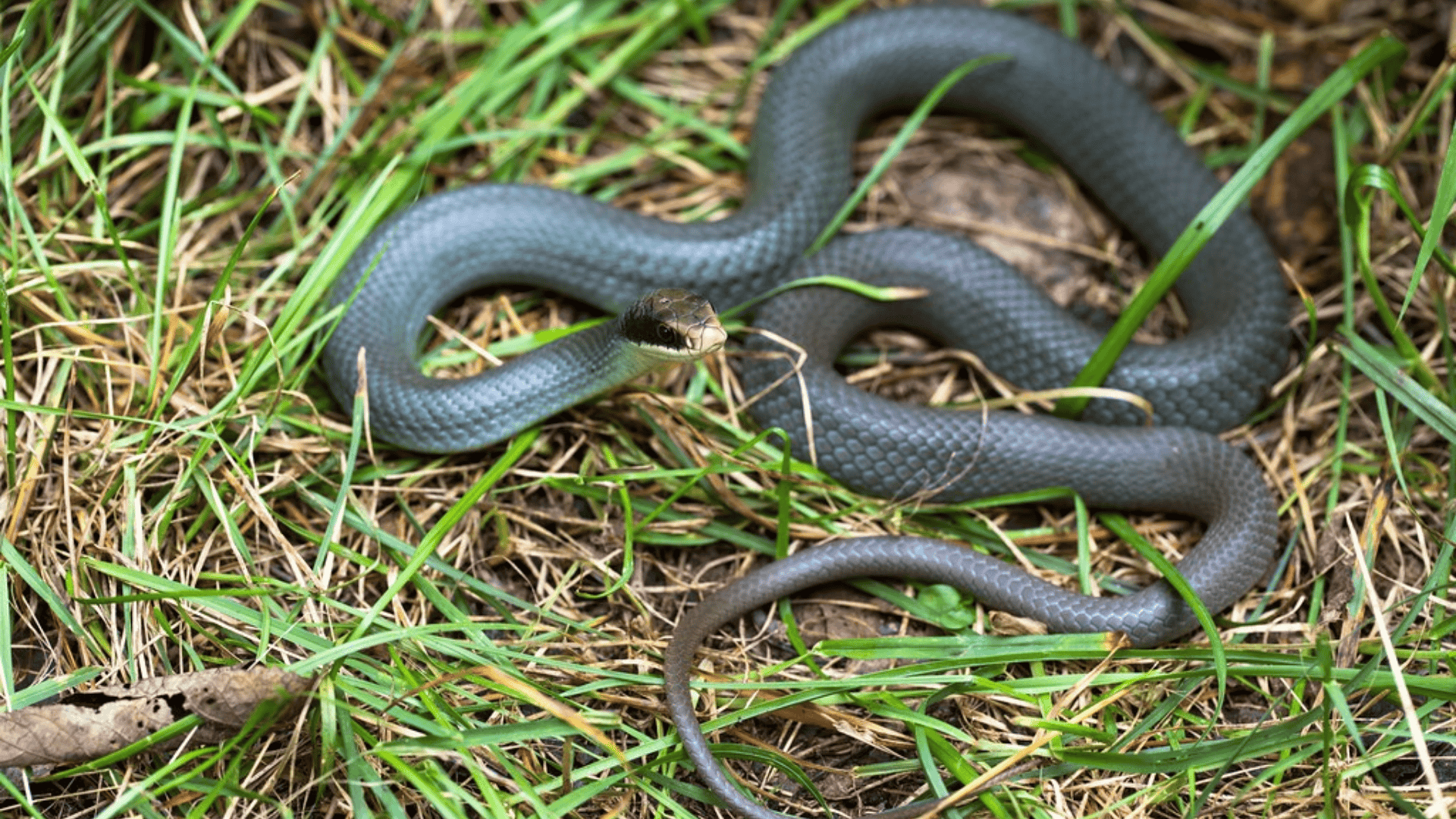
Racer snakes are non-venomous, slender-bodied snakes known for their speed and agility. They have smooth scales, large eyes, and come in various colors, including black, blue, and brown.
-
Region of Habitat: Found in North and South America; common in grasslands, forests, and suburban areas.
-
Scientific Name:Coluber constrictor (North American species)
-
Feeding Habits: Carnivorous; preys on insects, rodents, frogs, birds, and other small animals.
-
What Sound They Make: Silent, but may hiss when threatened.
Fun Facts:
Racer snakes are among the fastest-moving snakes, reaching speeds of 4.3 mph (7 km/h). They rely on eyesight rather than heat detection to hunt their prey.
5. Rat
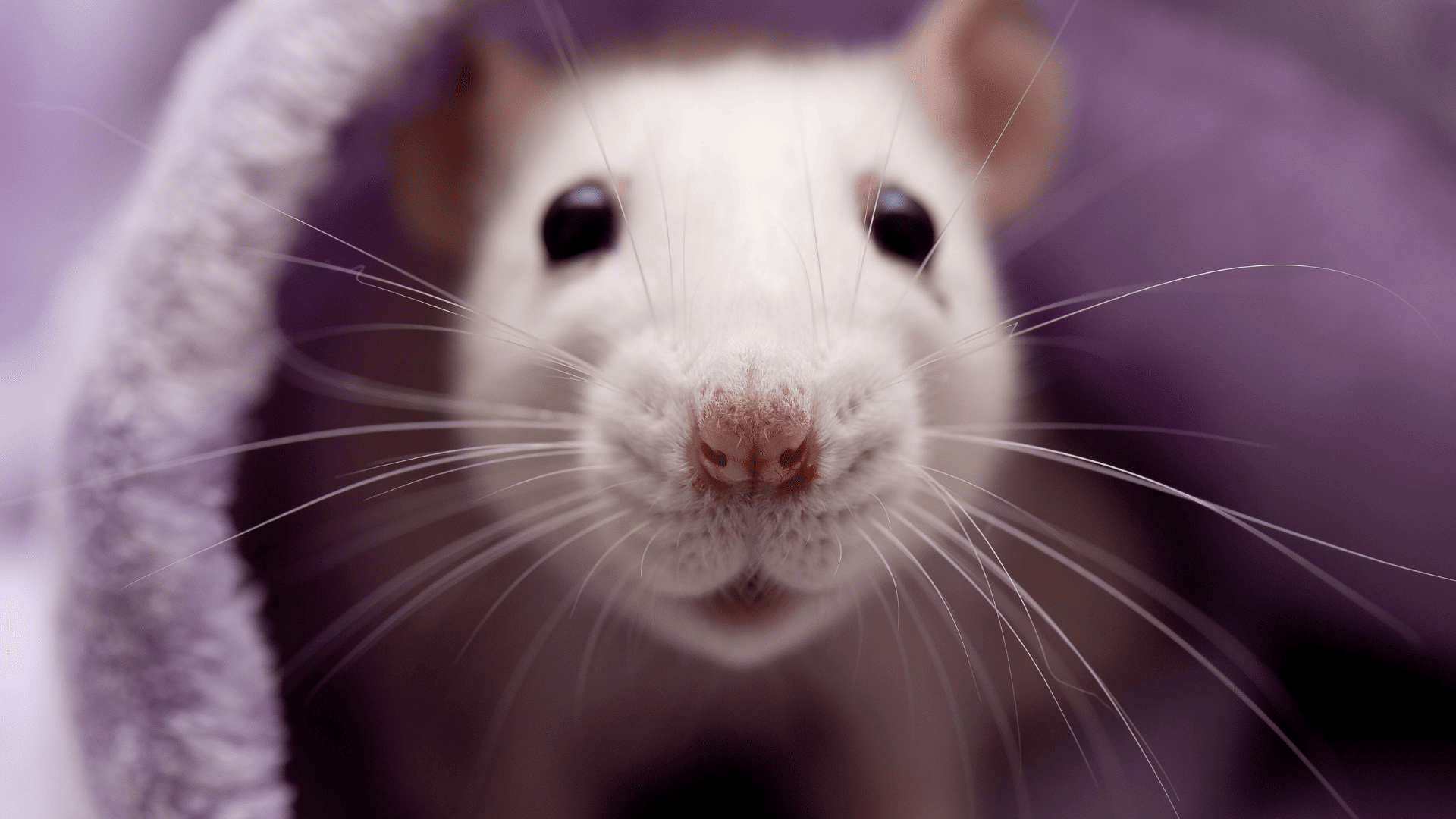
A highly adaptable rodent known for its intelligence, problem-solving skills, and social behavior.
-
Region of Habitat: Found worldwide; thrives in forests, urban areas, and farmlands.
-
Scientific Name:Rattus (various species)
-
Feeding Habits: Omnivorous; eats grains, fruits, and meat and scavenges in urban environments.
-
What Sound They Make: They produce squeaks, chirps, and ultrasonic vocalizations.
Fun Facts:
Rats can squeeze through holes as small as a quarter-inch, and they have been used in scientific research, including space missions.
6. Ragamuffin
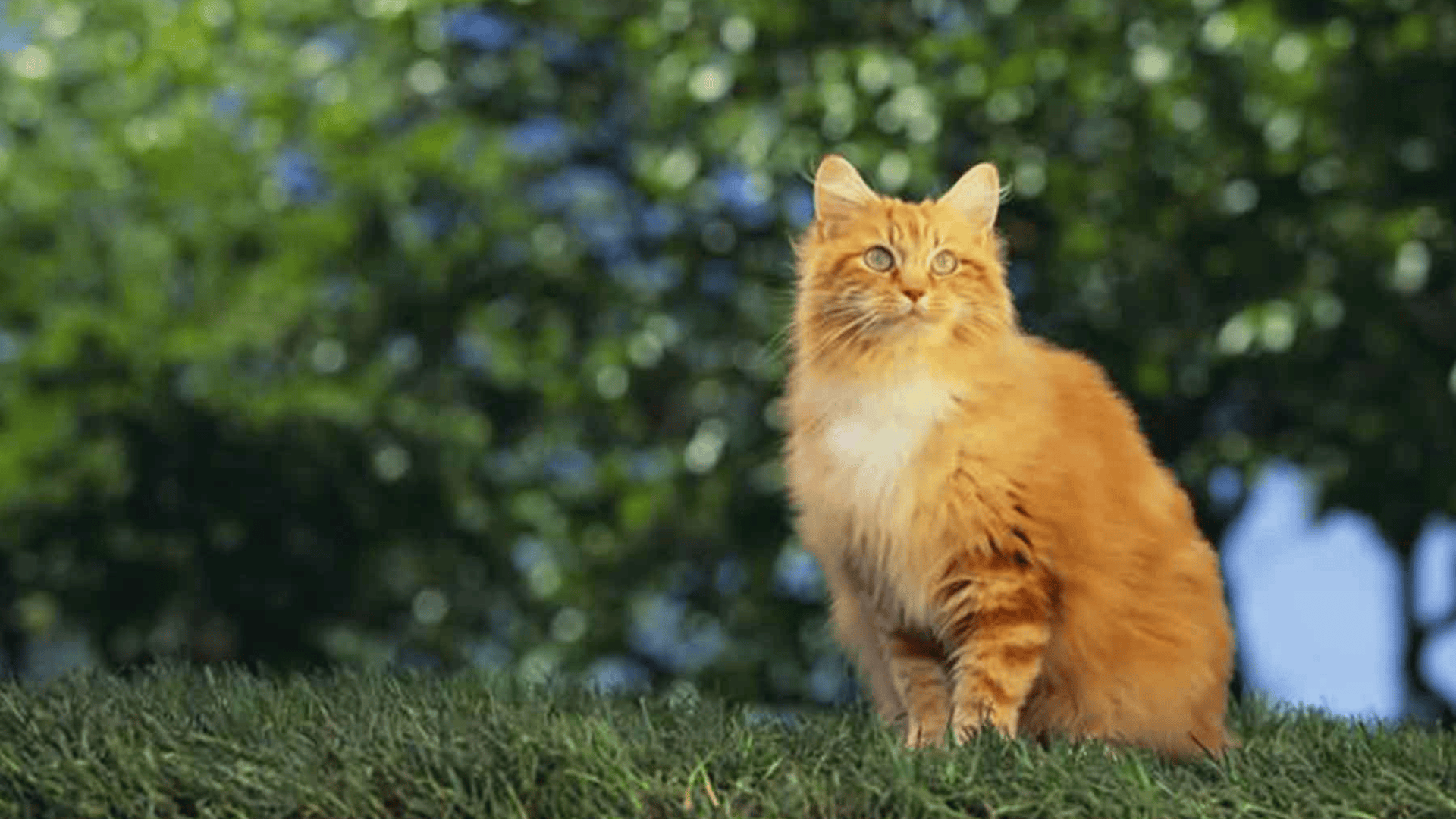
The Ragamuffin is a large, affectionate domestic cat breed known for its plush coat and docile nature. It has a variety of coat colors and patterns and often goes limp when picked up.
-
Region of Habitat: Domesticated worldwide.
-
Scientific Name:Felis catus
-
Feeding Habits: Carnivorous; eats commercial cat food, small prey, and occasional vegetables.
-
What Sound They Make: Soft purring and chirping sounds.
Fun Facts:
-
Ragamuffins can take up to five years to reach full maturity.
-
They are often compared to Ragdoll cats but have a different breed history.
7. Ragdoll
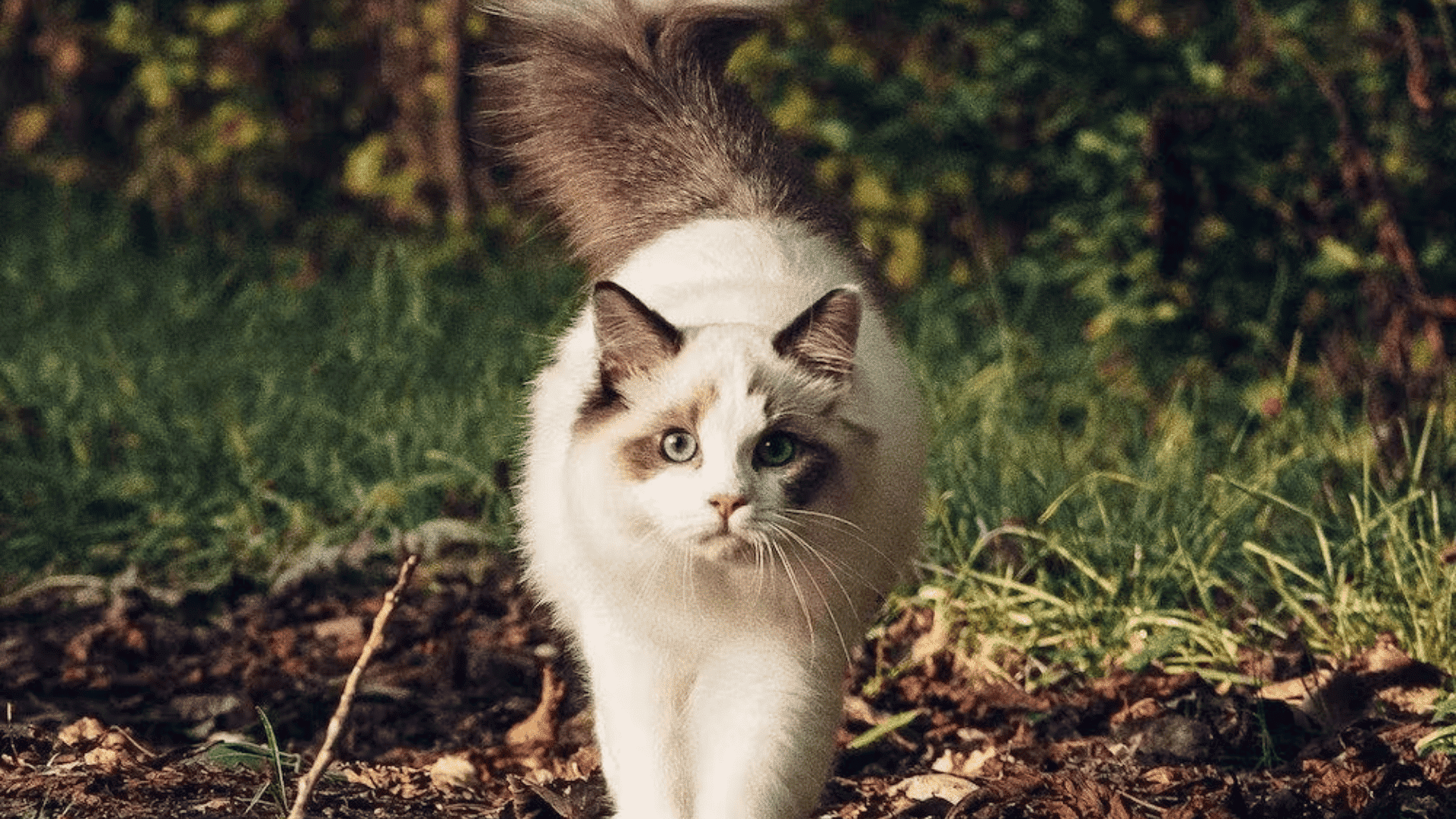
The Ragdoll is a large, blue-eyed cat breed known for its affectionate personality and semi-long hair coat. Due to its gentle temperament, it is one of the most popular domestic cat breeds.
-
Region of Habitat: Domesticated worldwide.
-
Scientific Name:Felis catus
-
Feeding Habits: Carnivorous; consumes high-protein commercial cat food and fresh meat.
-
What Sound They Make: Soft, melodic meows and purring.
Fun Facts:
Ragdolls are known for their relaxed, floppy nature when held. Unlike many cats, they enjoy being carried and following their owners around.
8. Raggle

A Raggle is a small hybrid dog breed resulting from a mix between a Rat Terrier and a Beagle. They are energetic, intelligent, and friendly, making great family pets.
-
Region of Habitat: Domesticated worldwide.
-
Scientific Name:Canis lupus familiaris
-
Feeding Habits: Omnivorous; eats dog food, meat, and occasional vegetables.
-
What Sound They Make: Barks frequently bark, especially when excited or alert.
Fun Facts:
Raggles inherited the Beagle’s strong sense of smell. They require regular exercise to prevent boredom-related mischief.
9. Ratel (Honey Badger)
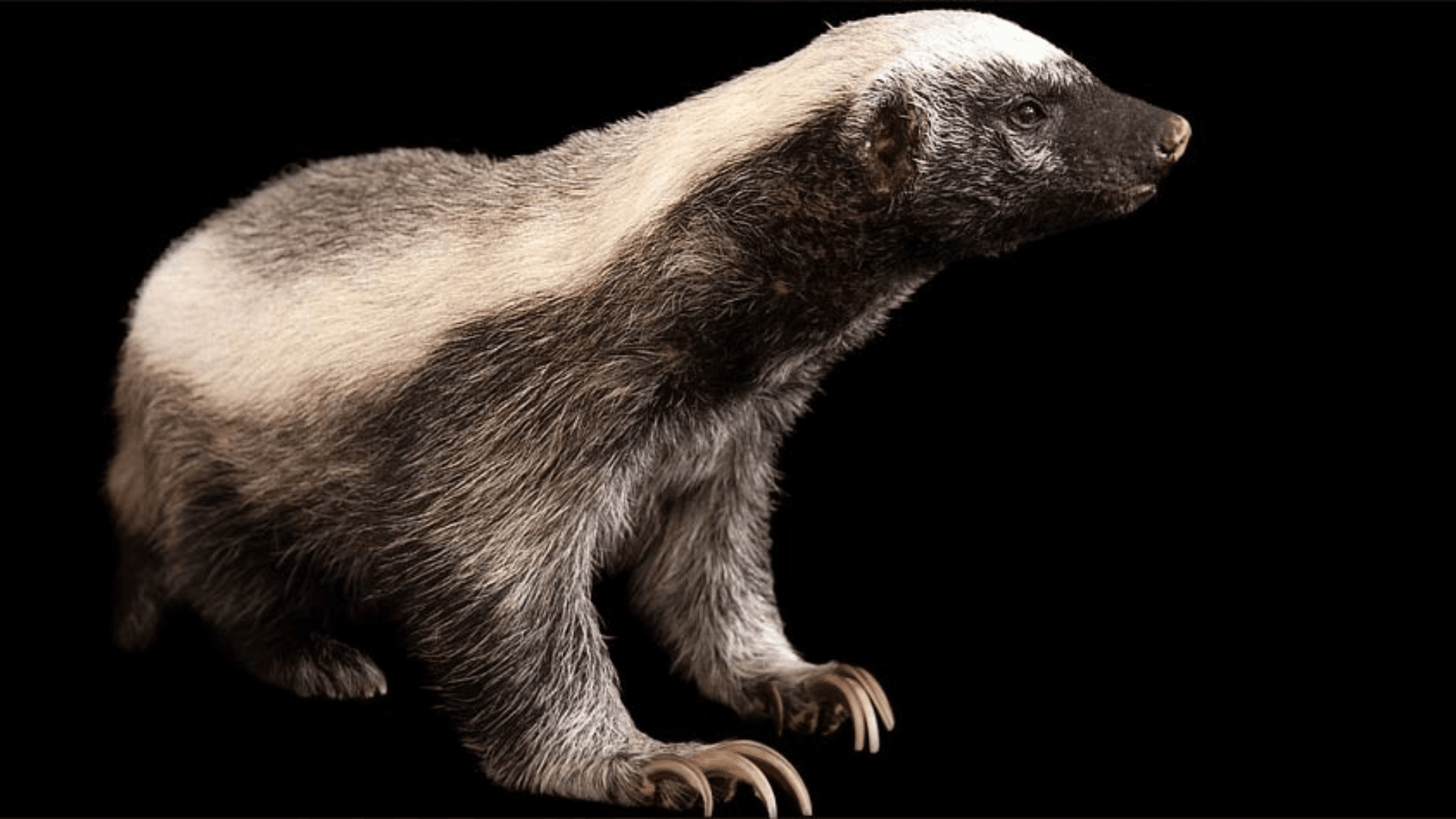
The ratel, commonly known as the honey badger, is a small but fierce mammal with a stocky build, thick skin, and sharp claws. It has a distinctive black body with a silver-gray back. It is well known for its aggressive nature and resistance to venom.
-
Region of Habitat: Found in Africa, the Middle East, and the Indian subcontinent; inhabits savannas, forests, and deserts.
-
Scientific Name:Mellivora capensis
-
Feeding Habits: Omnivorous; eats honey, small mammals, birds, reptiles, and plant material.
-
What Sound They Make: They emit growls, hisses, and screams when threatened.
Fun Facts:
Honey badgers can survive bites from some of the most venomous snakes. Known for their intelligence, they have been observed using tools to escape enclosures.
10. Rattlesnake
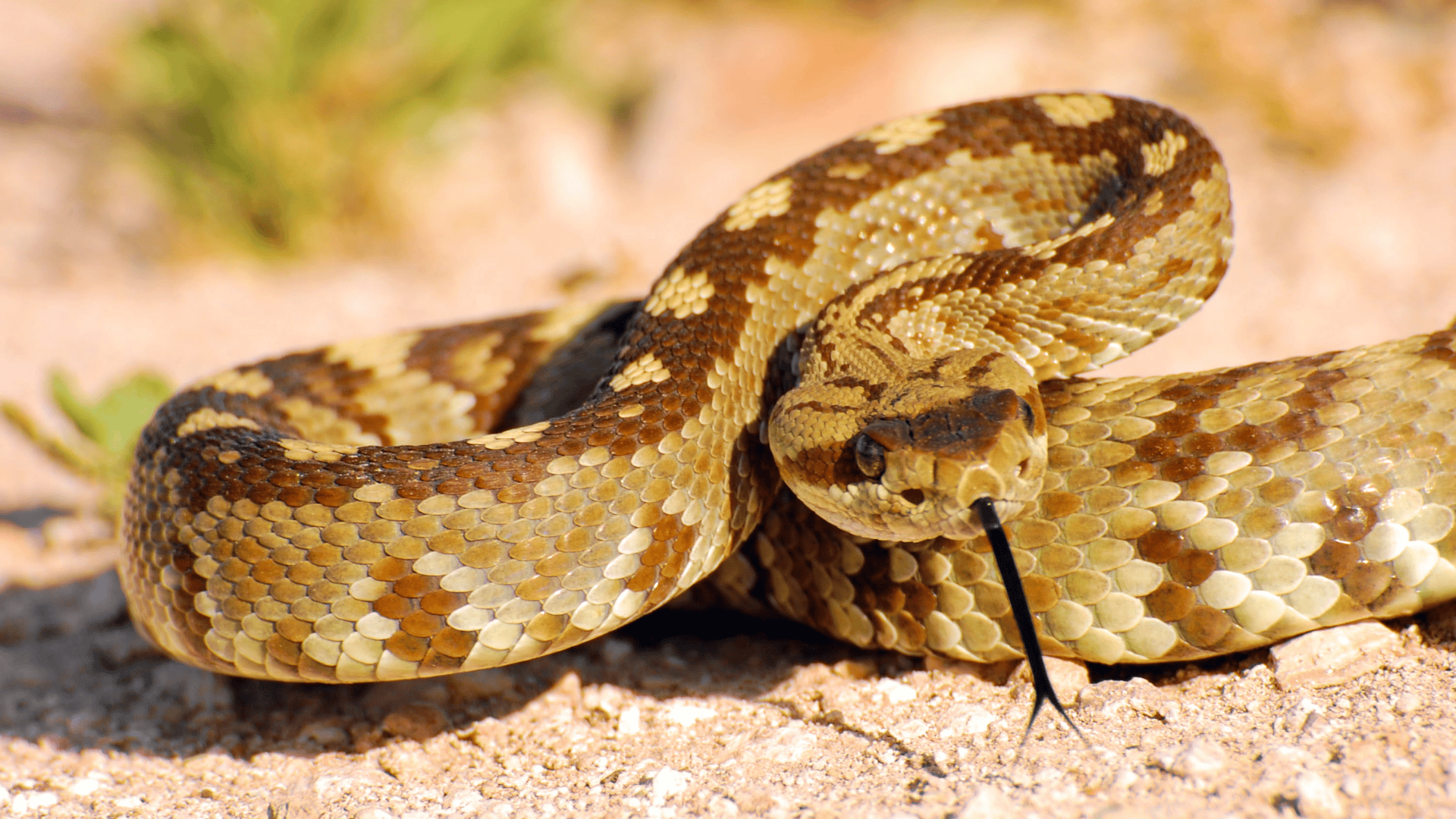
Rattlesnakes are venomous pit vipers known for the distinctive rattle at the end of their tails. This feature warns of potential threats. Rattlesnakes have triangular heads and heat-sensitive pits for detecting prey.
-
Region of Habitat: Native to the Americas; found in deserts, forests, and grasslands.
-
Scientific Name:Crotalus (various species)
-
Feeding Habits: Carnivorous; preys on small mammals, birds, and reptiles.
-
What Sound They Make: Produces a rattling sound by vibrating its tail segments.
Fun Facts:
Some rattlesnake species can go for months without eating. Their fangs fold back when not in use and are replaced multiple times throughout their life.
11. Red Ackie Monitor
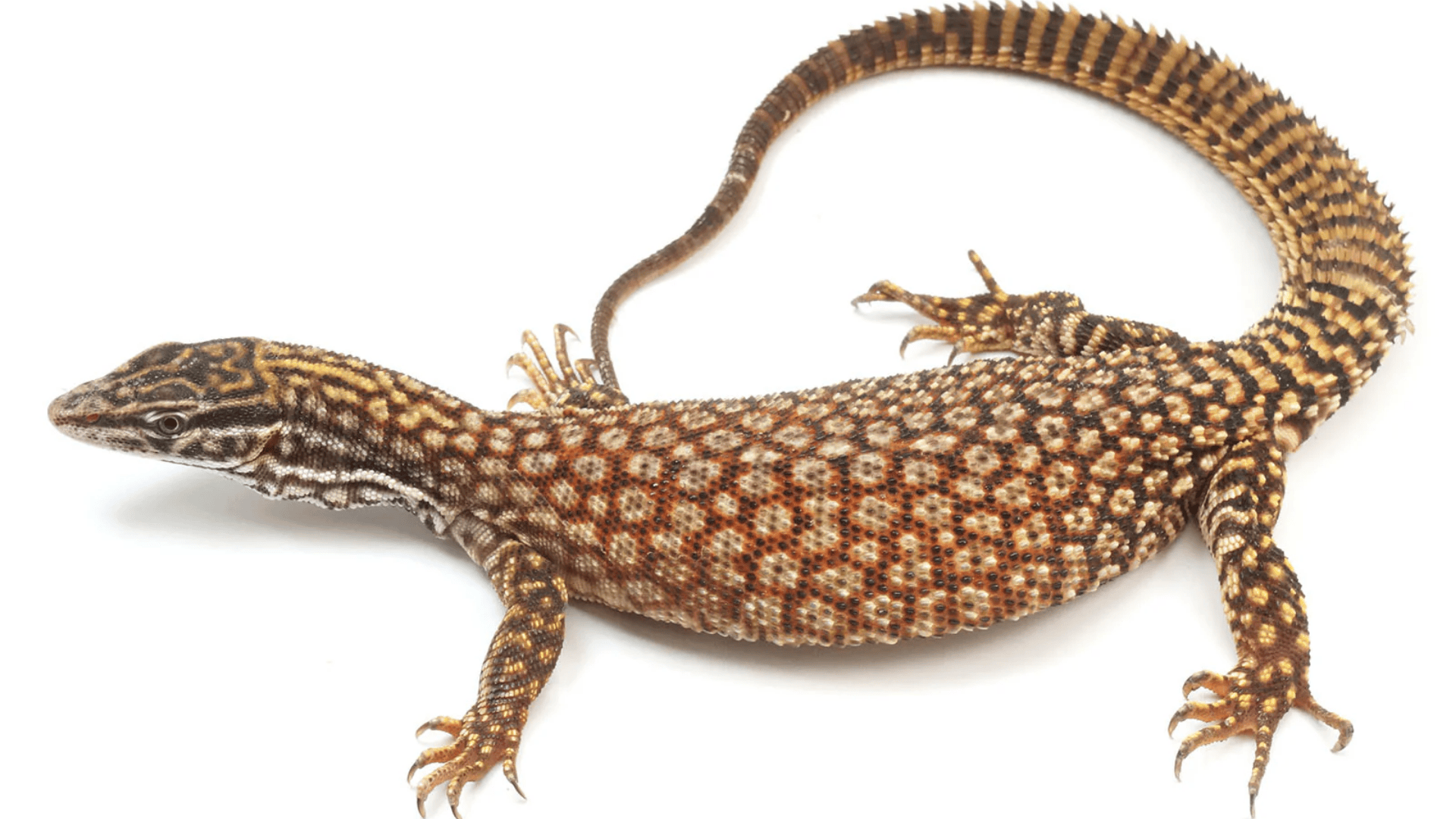
The red ackie monitor is a small species of monitor lizard with a vibrant red or orange body and distinctive black markings. It is a highly active and intelligent reptile.
-
Region of Habitat: Native to northern and central Australia; found in arid desert regions.
-
Scientific Name:Varanus acanthurus
-
Feeding Habits: Carnivorous; eats insects, small mammals, and eggs.
-
What Sound They Make: Generally silent but may hiss when threatened.
Fun Facts:
Red ackie monitors are excellent diggers and often burrow for shelter. They are popular in the pet trade due to their manageable size and inquisitive nature.
12. Red Aphid
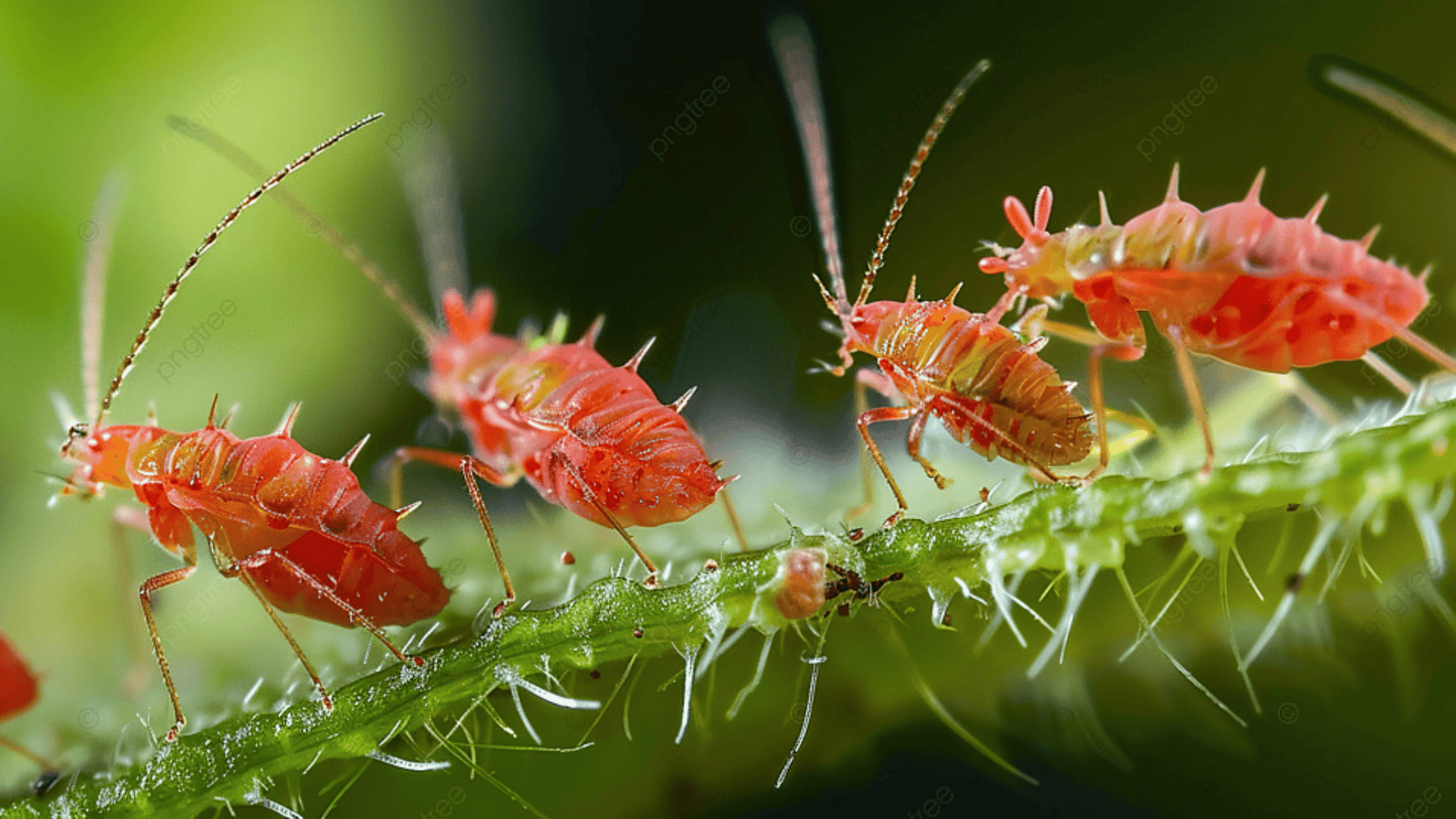
Red aphids are tiny, soft-bodied insects that feed on plant sap. They are a major agricultural pest and reproduce rapidly, often in large colonies.
-
Region of Habitat: Found worldwide; commonly seen in gardens, farms, and forests.
-
Scientific Name:Aphis spp.
-
Feeding Habits: Herbivorous; sucks sap from leaves and stems of plants.
-
What Sound They Make: Silent, but they release pheromones to communicate danger.
Fun Facts:
Some species can reproduce asexually, producing clones without mating. They excrete a sticky substance called honeydew, which attracts ants.
13. Red-Backed Jumping Spider
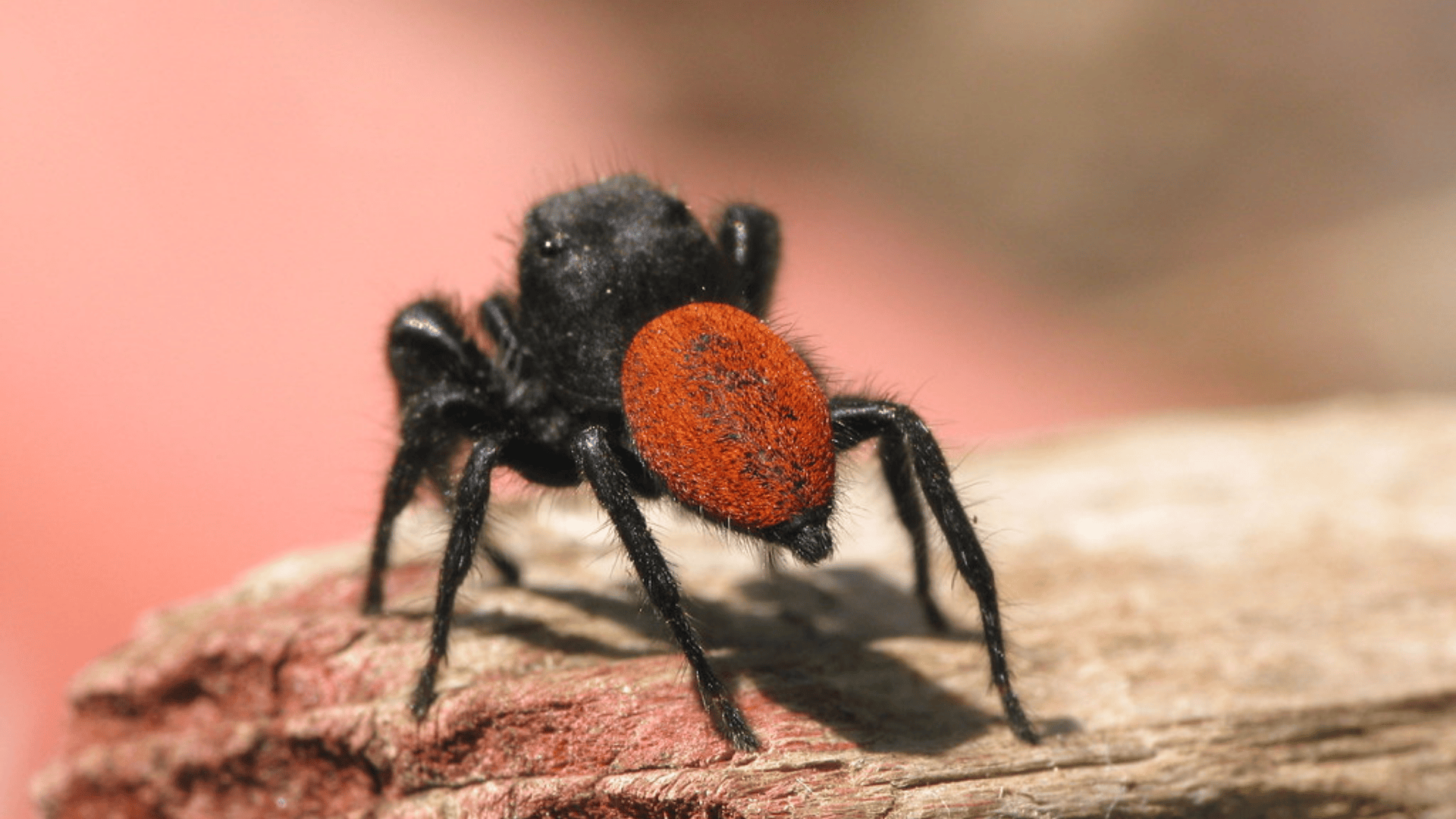
A small but striking spider with a red or orange-colored back and excellent jumping abilities. Unlike many spiders, it relies on its vision to hunt rather than spinning webs.
-
Region of Habitat: Found in North America, Australia, and parts of Asia; prefers grassy fields and forests.
-
Scientific Name:Phidippus johnsoni
-
Feeding Habits: Carnivorous; preys on insects and other small arthropods.
-
What Sound They Make: Silent, but males perform vibratory dances to attract mates.
Fun Facts:
Red-backed jumping spiders can leap up to 50 times their body length. They have some of the best vision among arthropods.
14. Red British Squirrel (Red Squirrel)
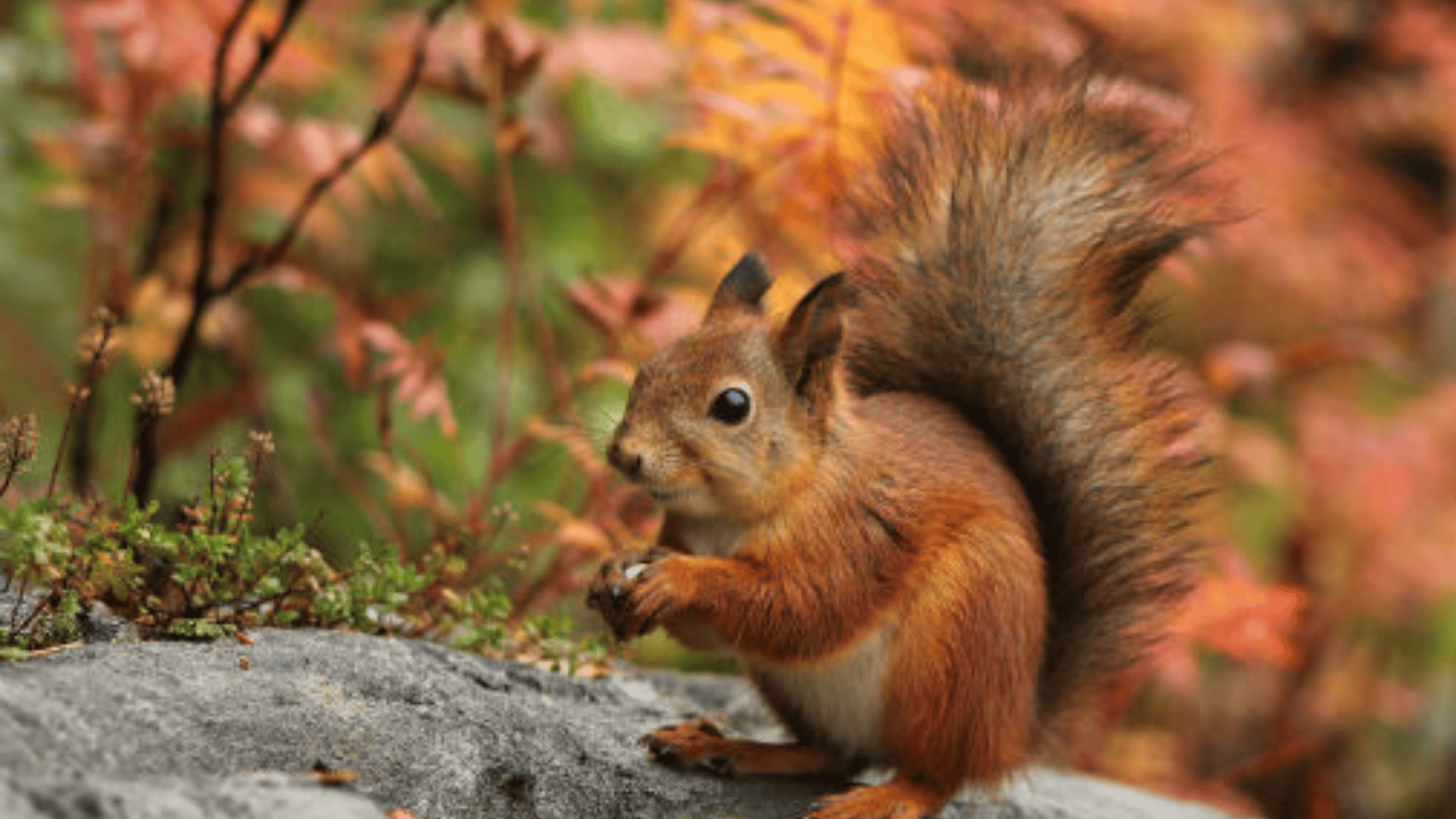
The red squirrel is a tree-dwelling rodent with a reddish-brown coat, tufted ears, and a bushy tail. It disperses seeds and plays a vital role in forest ecosystems.
-
Region of Habitat: Native to Europe and parts of Asia; found in woodlands and coniferous forests.
-
Scientific Name:Sciurus vulgaris
-
Feeding Habits: Herbivorous; eats nuts, seeds, fruits, and fungi.
-
What Sound They Make: They emit chattering and clicking noises for communication.
Fun Facts:
The red squirrel is threatened by competition from the invasive grey squirrel. If necessary, they can swim across small bodies of water.
15. Red Deer
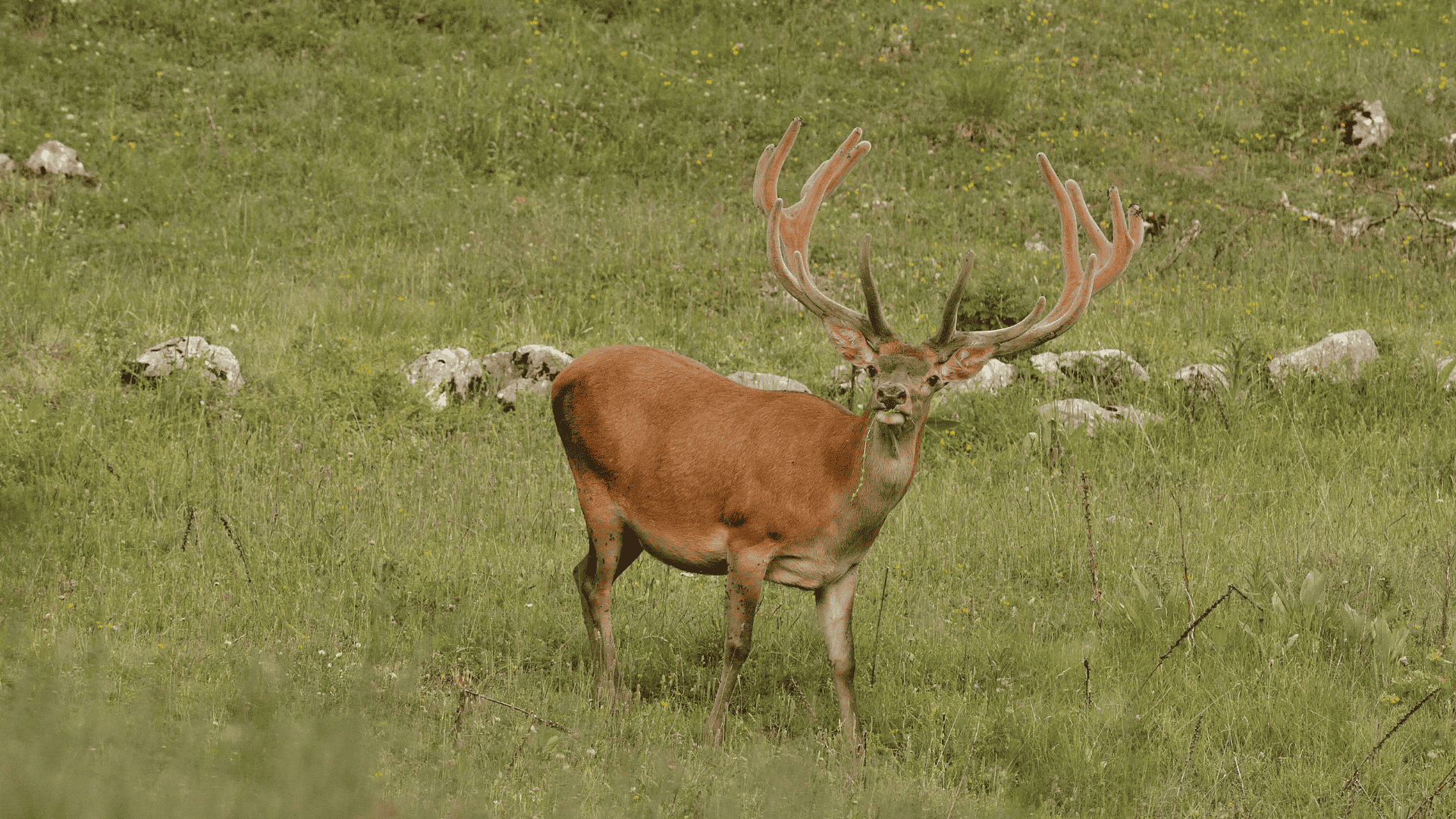
The red deer is one of the largest deer species, with a reddish-brown coat and large branching antlers in males. They are social animals that live in herds.
-
Region of Habitat: Native to Europe, Asia, and North America; found in forests, grasslands, and mountains.
-
Scientific Name:Cervus elaphus
-
Feeding Habits: Herbivorous; grazes on grass, leaves, bark, and shrubs.
-
What Sound They Make: Males emit loud bellows during mating season.
Fun Facts:
Red deer antlers can grow up to 1 meter (3 feet) in length. In some cultures, they are considered symbols of nobility and strength.
16. Red Diamondback Rattlesnake
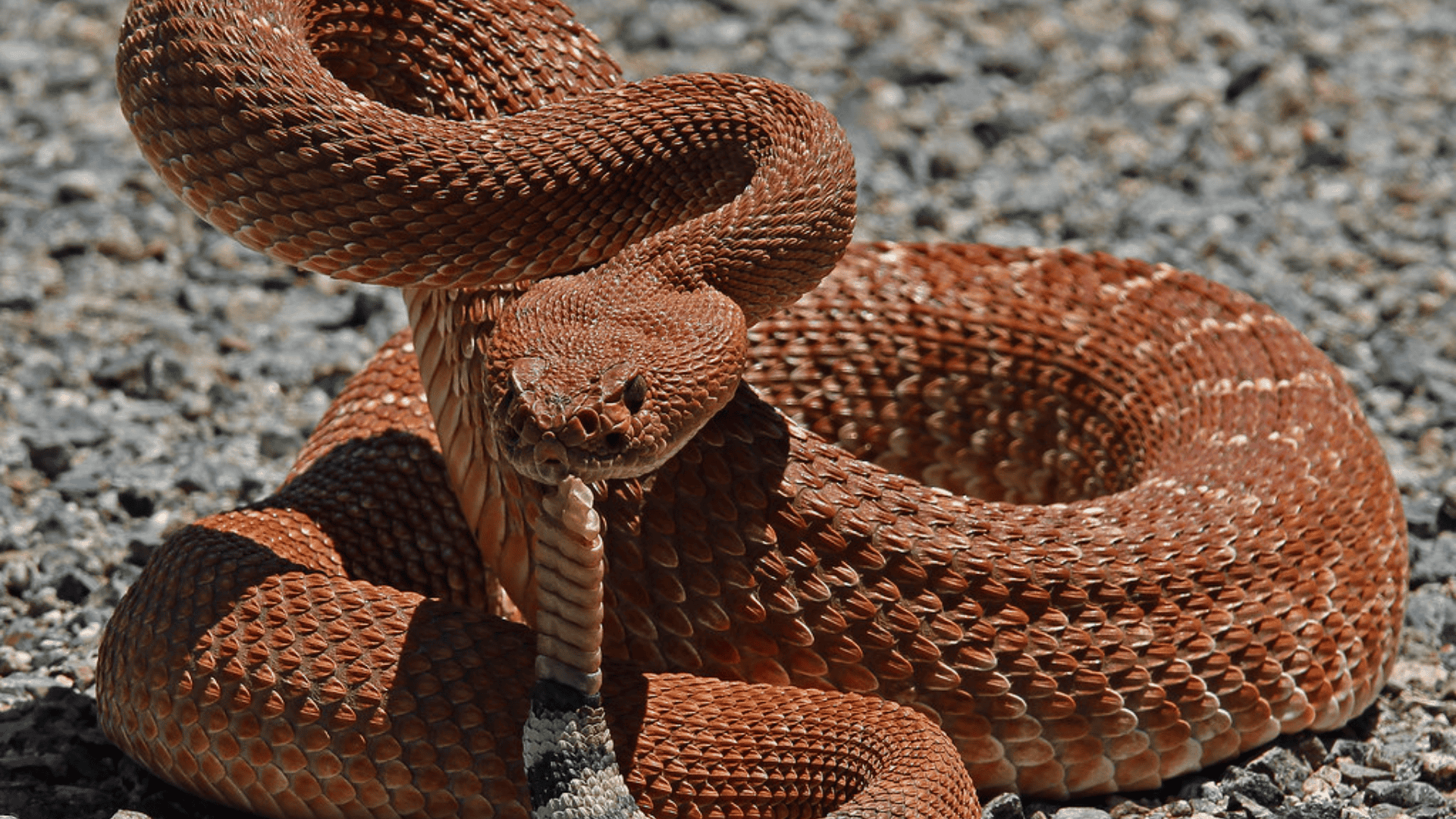
A venomous snake with a reddish-brown diamond pattern along its body. It is a member of the rattlesnake family and uses its rattle as a warning signal.
-
Region of Habitat: Found in southwestern United States and Mexico; inhabits deserts and scrublands.
-
Scientific Name:Crotalus ruber
-
Feeding Habits: Carnivorous; preys on small mammals and birds.
-
What Sound They Make: They produce a rattling sound when disturbed.
Fun Facts:
They can sense heat from prey using specialized pits near their eyes. Unlike many snakes, they give birth to live young rather than laying eggs.
17. Red Drum Fish
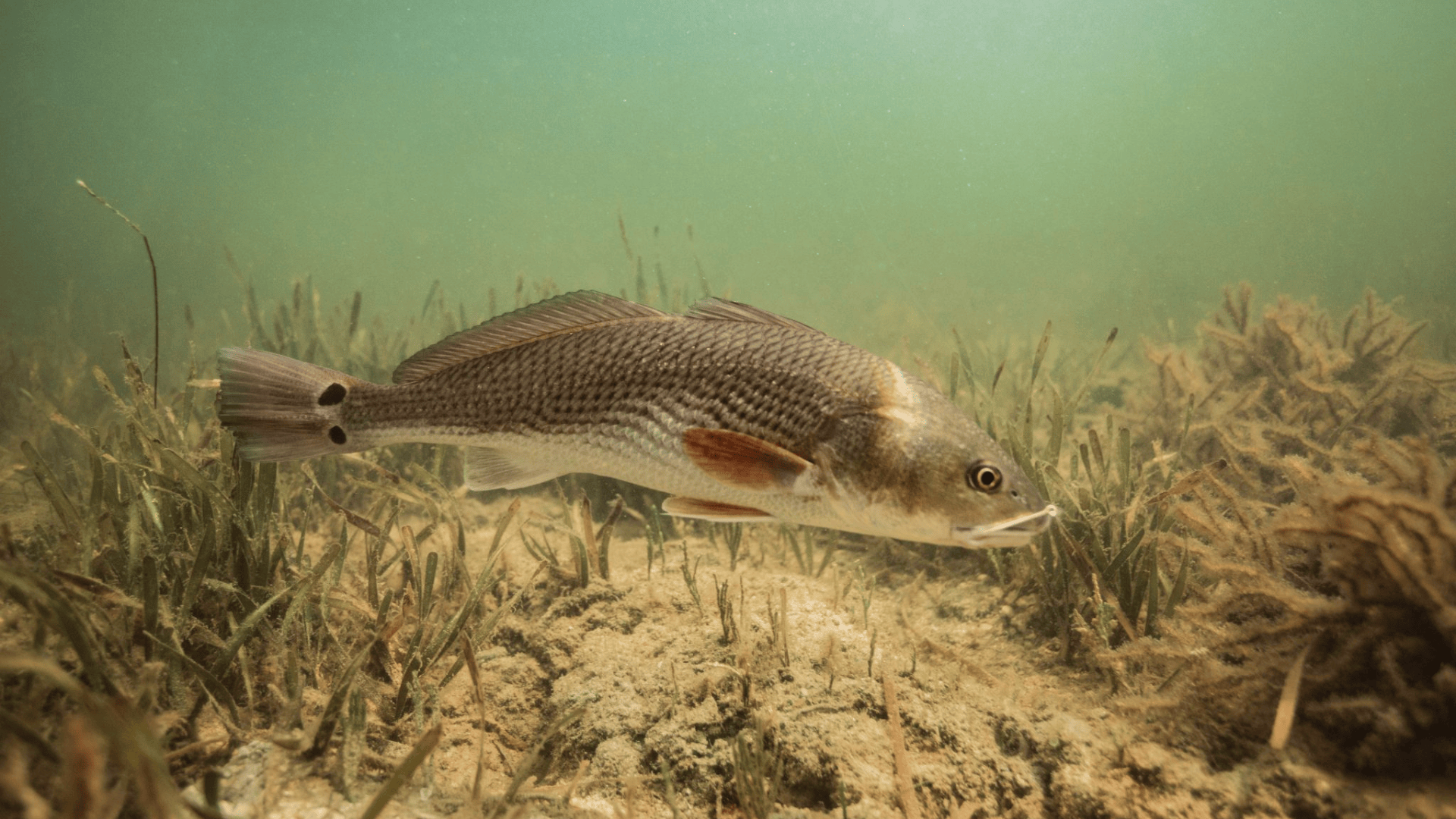
The red drum is a large, copper-colored fish known for the distinctive black spot near its tail. It is a popular game fish and is highly valued for its firm, white flesh.
-
Region of Habitat: Native to the Atlantic Ocean and Gulf of Mexico; found in coastal waters, estuaries, and bays.
-
Scientific Name:Sciaenops ocellatus
-
Feeding Habits: Carnivorous; feeds on crustaceans, mollusks, and small fish.
-
What Sound They Make: They produce a drumming sound by vibrating their swim bladder.
Fun Facts:
Red drum fish can live up to 40 years. The number of black spots on their tails varies from one individual to another.
18. Red Finch
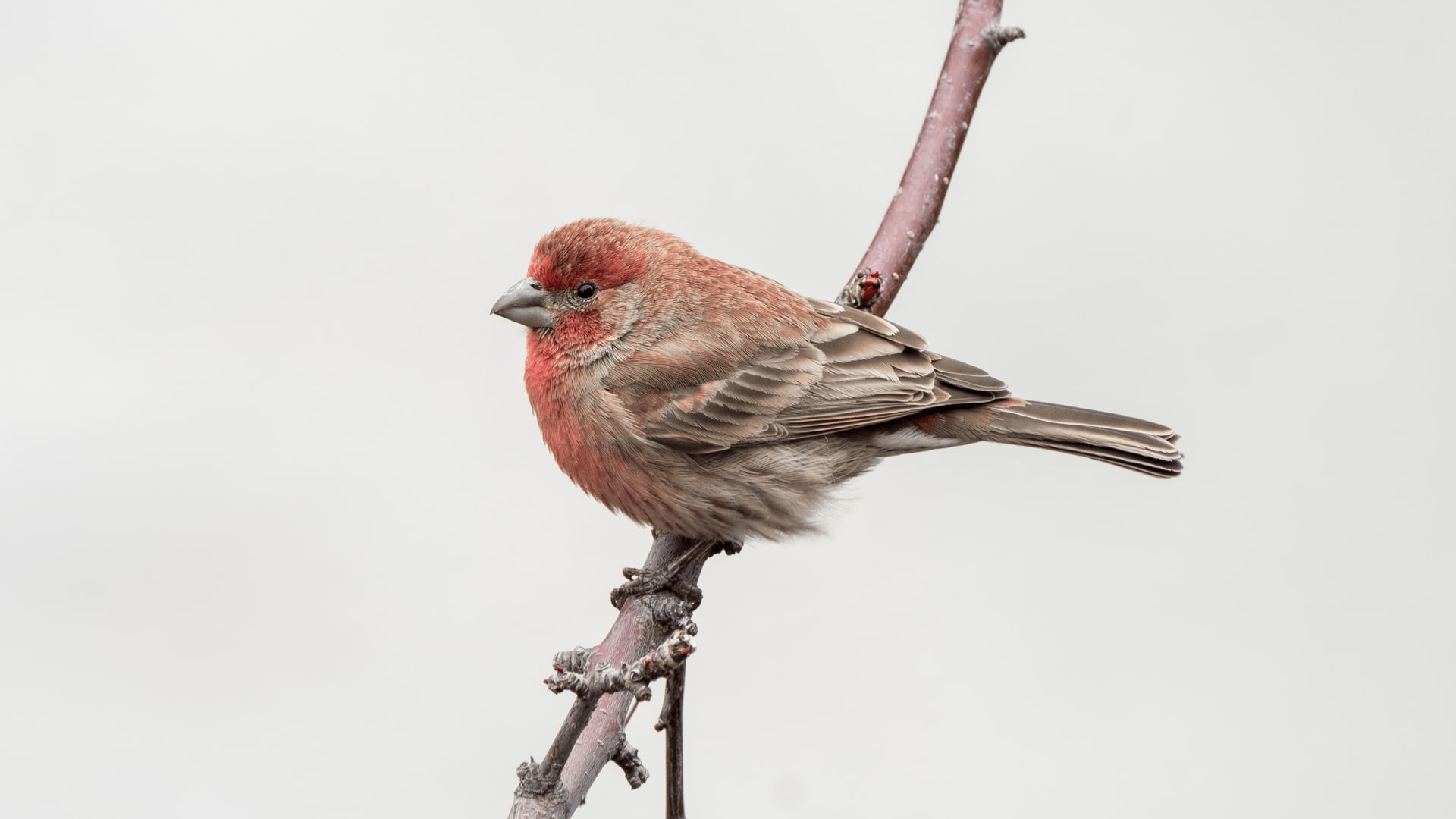
The red finch, commonly known as the house finch, is a small songbird with red or orange feathers on the males and brown-streaked feathers on the females.
-
Region of Habitat: Native to North America; commonly found in urban areas, forests, and grasslands.
-
Scientific Name:Haemorhous mexicanus
-
Feeding Habits: Omnivorous; eats seeds, fruits, and insects.
-
What Sound They Make: Produces melodious chirping sounds and warbling songs.
Fun Facts:
Male red finches develop their red coloration based on their diet. These birds are social and are often found in flocks.
19. Red Fox
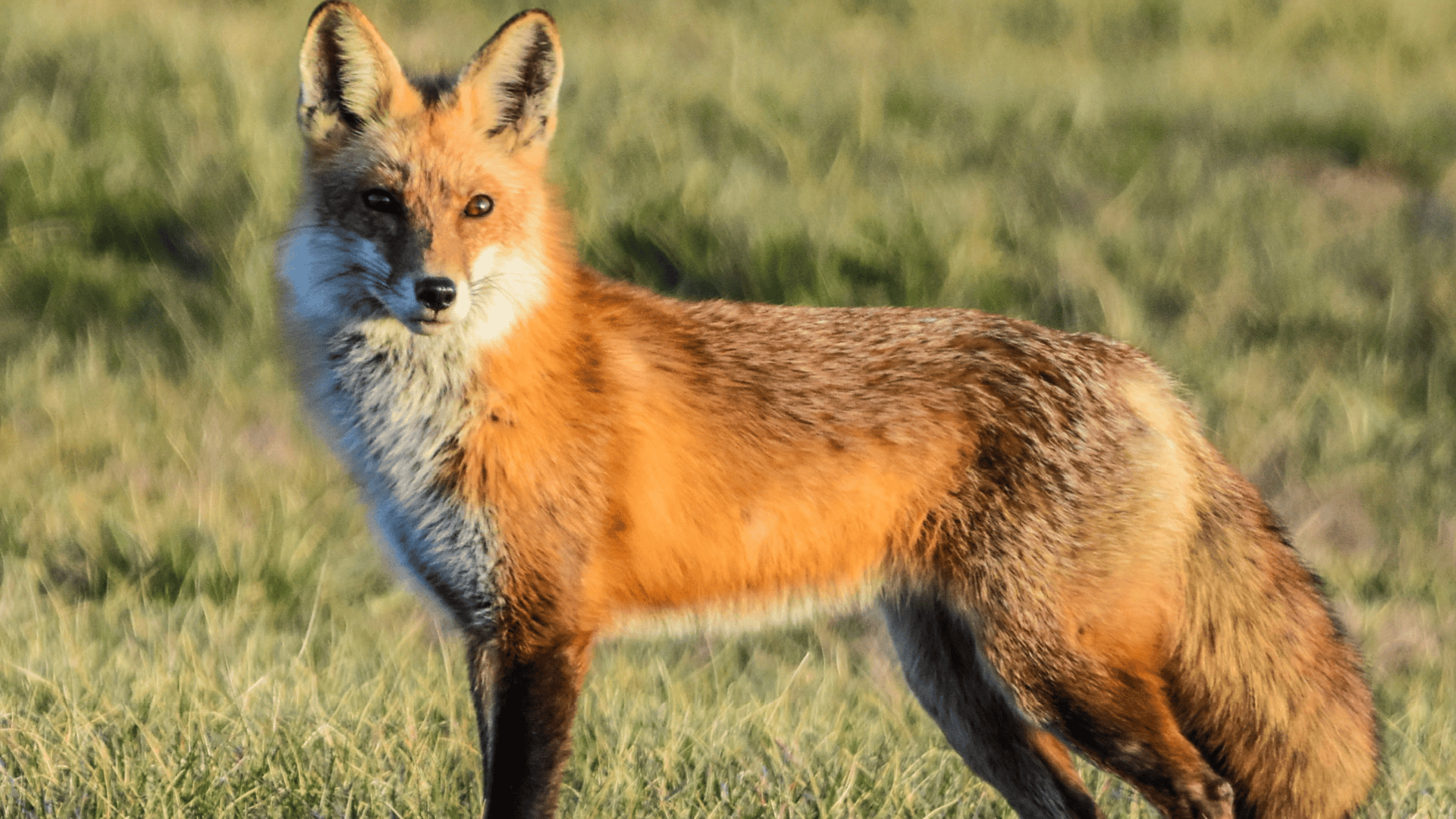
The red fox is a highly adaptable and intelligent mammal known for its striking reddish-orange fur, bushy tail, and pointed ears. It is one of the most widely distributed carnivores.
-
Region of Habitat: Found across North America, Europe, Asia, and introduced to Australia; thrives in forests, grasslands, and urban areas.
-
Scientific Name:Vulpes vulpes
-
Feeding Habits: Omnivorous; eats small mammals, birds, and fruits and scavenges for food.
-
What Sound They Make: Produces barks, screams, and high-pitched howls for communication.
Fun Facts:
Red foxes use their bushy tails for warmth and balance. Using their sharp sense of hearing, they can hear rodents underground.
20. Red Kangaroo
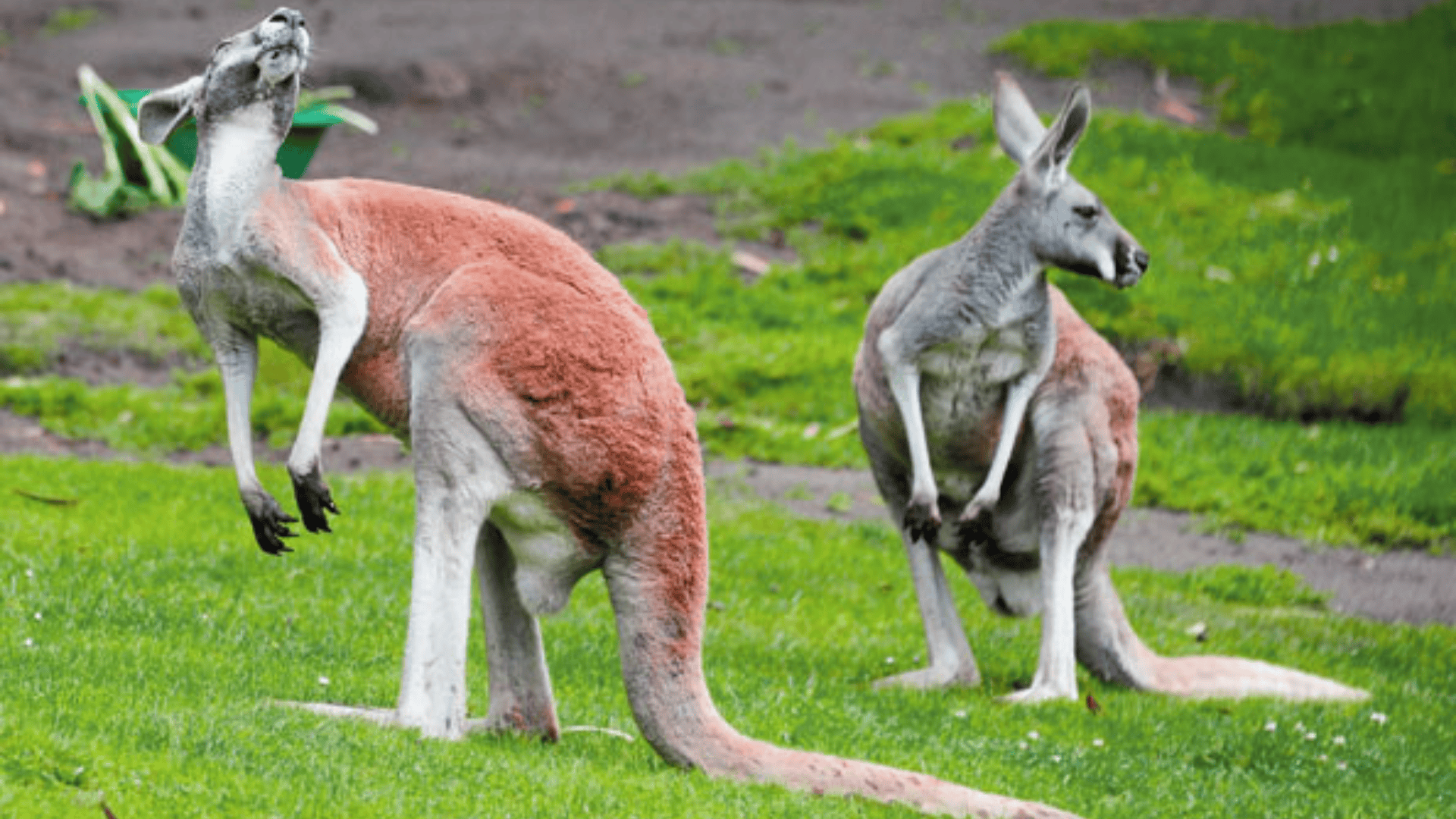
The red kangaroo is the largest marsupial in the world, with males growing over 6.5 feet (2 meters) tall. They have powerful hind legs for jumping and a strong tail for balance.
-
Region of Habitat: Endemic to Australia; found in arid and semi-arid areas.
-
Scientific Name:Macropus rufus
-
Feeding Habits: Herbivorous; grazes on grasses and shrubs.
-
What Sound They Make: They produce grunting and coughing sounds, especially when alarmed.
Fun Facts:
Red kangaroos can leap up to 25 feet (7.6 meters) in a single bound. Males engage in “boxing” matches to establish dominance.
Animals You Didn’t Know Existed Whose Name Starts With ‘R’
21. Red Kite
22. Red Knee Tarantula
23. Red Knot
24. Red Nose Pit Bull
25. Red Panda
26. Red Paper Wasp
27. Red Racer Snake
28. Red Rock Crab
29. Red Spitting Cobra
30. Red Squirrel
31. Red Star Chicken
32. Red-Tail Boa
33. Red Tanager (Summer Tanager)
34. Red Tree Vole
35. Red-Winged Blackbird
36. Red Wolf
37. Rainbow Bee-Eater
38. Rainbow Boa
39. Rainbow Kribs
40. Rainbow Shark
41. Radiated Tortoise
42. Rat Snake
43. Rat Terrier
44. Red-Backed Shrike
45. Red-Bellied Black Snake
46. Red-Bellied Woodpecker
47. Red-Billed Quelea Bird
48. Red-Eared Slider
49. Red-Eyed Tree Frog
50. Red-Footed Tortoise
51. Red-Handed Tamarin
52. Red-Headed Vulture
53. Red-Lipped Batfish
54. Red-Shouldered Hawk
55. Red-Tailed Cuckoo Bumblebee
56. Red-Tailed Hawk
57. Red-Winged Blackbird
58. Redback Spider
59. Redbone Coonhound
60. Redcap Chicken
61. Redear Sunfish
62. Redhump Eartheater
63. Redstart
64. Redtail Catfish
65. Reef Fish
66. Reef Shark
67. Regal Jumping Spider
68. Reindeer
69. Repenomamus
70. Reticulated Giraffe
71. Reticulated Python
72. Reverdin’s Blue Butterfly
73. Rex Rabbit
74. Rhamphosuchus
75. Rhea
76. Rhesus Macaque
77. Rhino Beetle
78. Rhino Viper
79. Rhinoceros
80. Rhinoceros Beetle
81. Rhode Island Red Chicken
82. Rhodesian Ridgeback
83. Rhombic Egg-Eater Snake
84. Ribbon Eel
85. Ribbon Snake
86. Right Whale
87. Rim Rock Crowned Snake
88. Ring-Billed Gull
89. Ringed Kingfisher
90. Ringed Seal
91. Ringtail
92. Ringtailed Lemur
93. Rinkhals Snake
94. Risso’s Dolphin
95. River Dolphin
96. River Otter
97. River Turtle
98. Roadrunner
99. Robber Fly
100. Robin
101. Roborovski Hamster
102. Rock Bass
103. Rock Crab
104. Rock Hyrax
105. Rock Python
106. Rockfish
107. Rockhopper Penguin
108. Rodent
109. Roe Deer
110. Roosevelt Elk
111. Rooster
112. Root Aphid
113. Rose-Breasted Grosbeak
114. Roseate Spoonbill
115. Rosy Boa
116. Roti Island Snake-Necked Turtle
117. Rotterman
118. Rottle
119. Rottsky
120. Rottweiler
121. Rottweiler Mix
122. Rough Earth Snake
123. Rough Green Snake
124. Rough-Legged Buzzard
125. Rough-Legged Hawk
126. Rough-Toothed Dolphin
127. Round Island Burrowing Boa
128. Rove Beetle
129. Royal Penguin
130. Rubber Boa
131. Ruby-Crowned Kinglet
132. Ruby-Throated Hummingbird
133. Rudderfish
134. Ruddy Duck
135. Ruddy Turnstone
136. Rufous Hummingbird
137. Russel’s Viper
138. Russell Terrier
139. Russian Bear Dog
140. Russian Blue
141. Russian Tortoise
142. Rufous-tailed Jacamar
143. Russian Blue Cat
144. Russian desman
145. Rusty Blackbird
146. Rusty Sparrow
147. Rusty-capped Flycatcher
148. Rusty-rumped Warbler
149. Rusty-Spotted Cat
150. Rusty-spotted catshark
Wrapping It Up!
Our expedition through the “R” section of the animal kingdom reveals the incredible diversity of life on Earth.
From the common rabbit to the exotic red-lipped batfish, these animals have adapted to thrive in environments ranging from household pets to the deepest oceans.
Each species contributes uniquely to our planet’s ecosystem, whether through seed dispersal like the red squirrel or as apex predators like the red fox.
We hope this guide has sparked your curiosity and deepened your appreciation for these creatures.
Remember, learning about animals isn’t just fascinating—it’s essential for conservation efforts that ensure these species continue to enrich our world for generations to come.
If you’re interested in more informative animal and wildlife content, feel free to click here and explore other blogs that you might enjoy!

